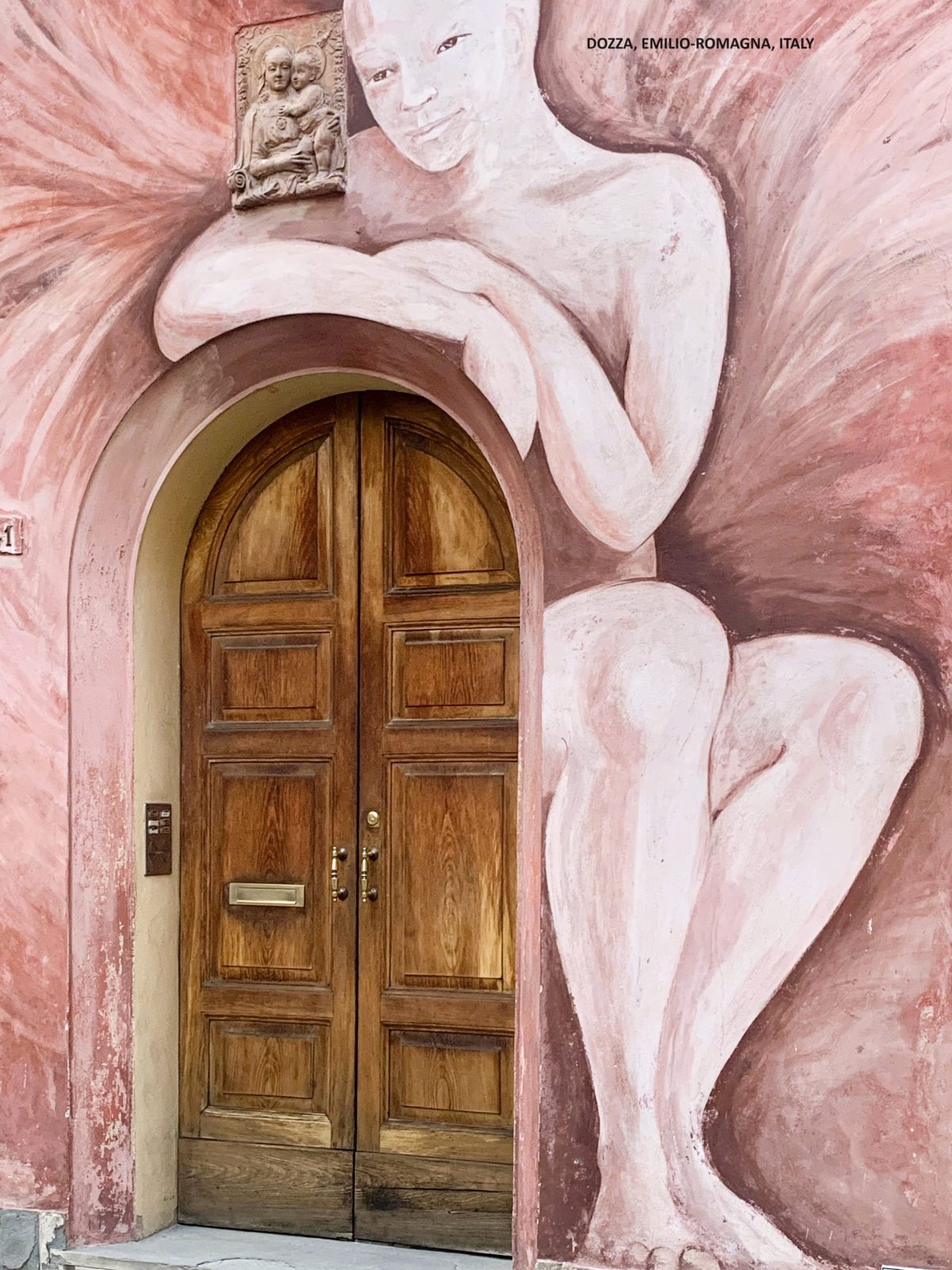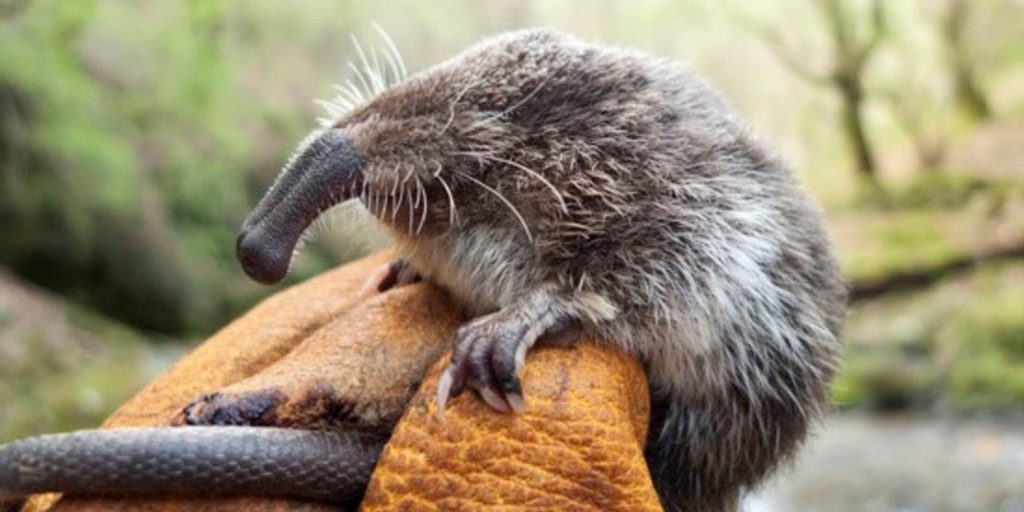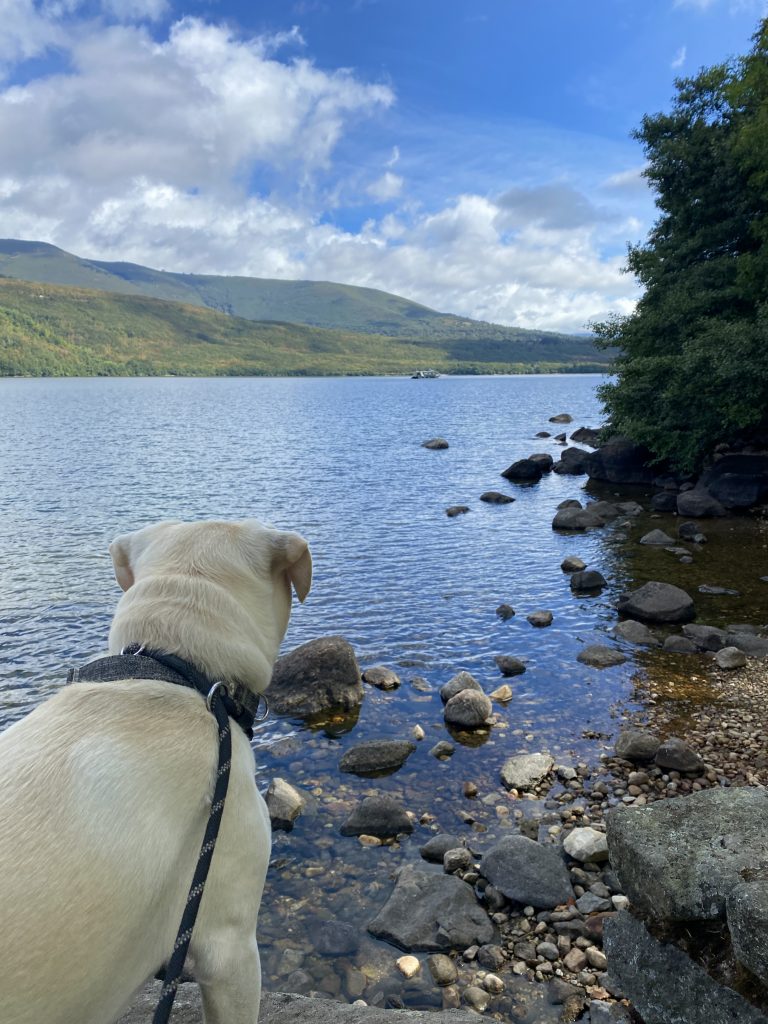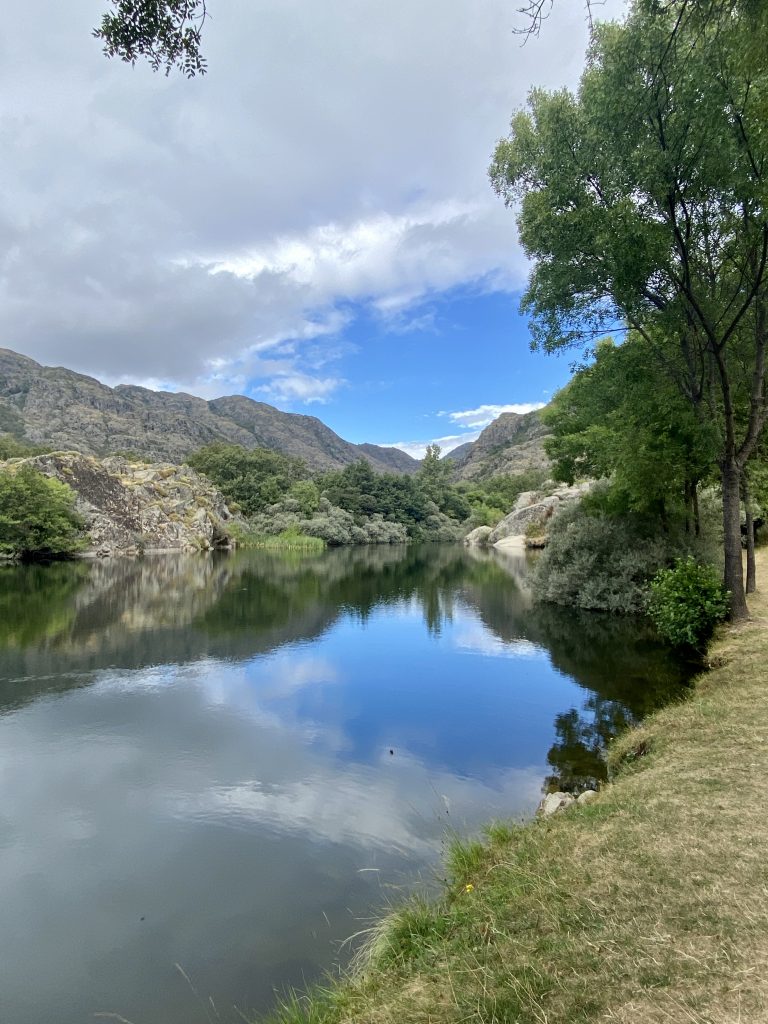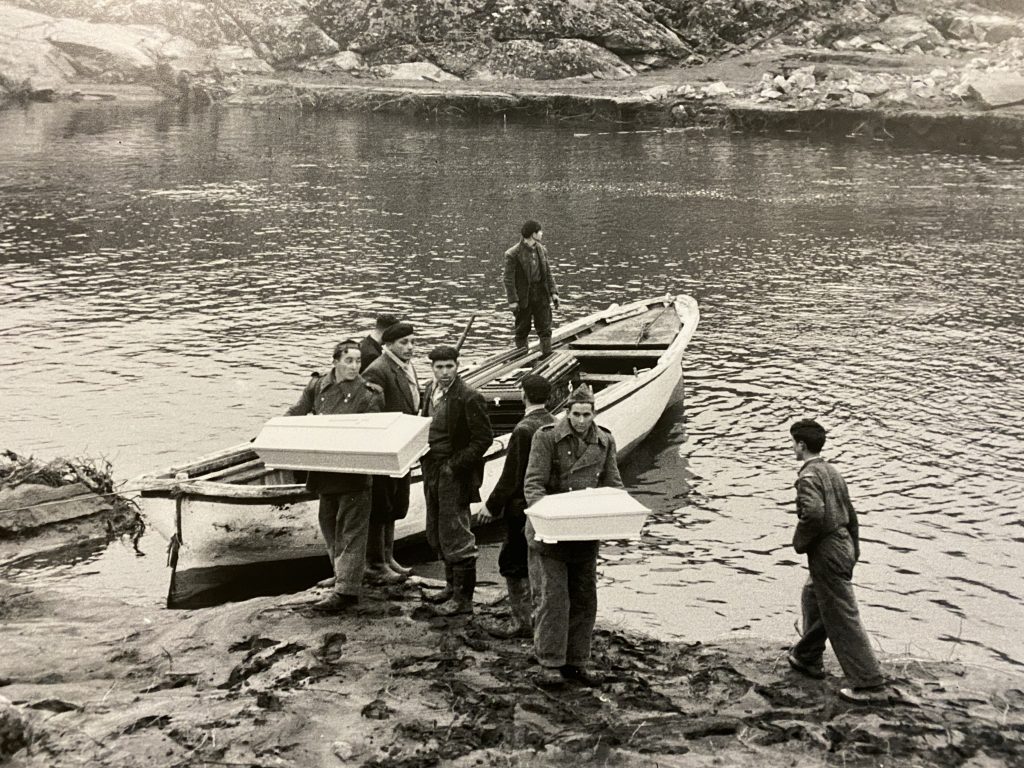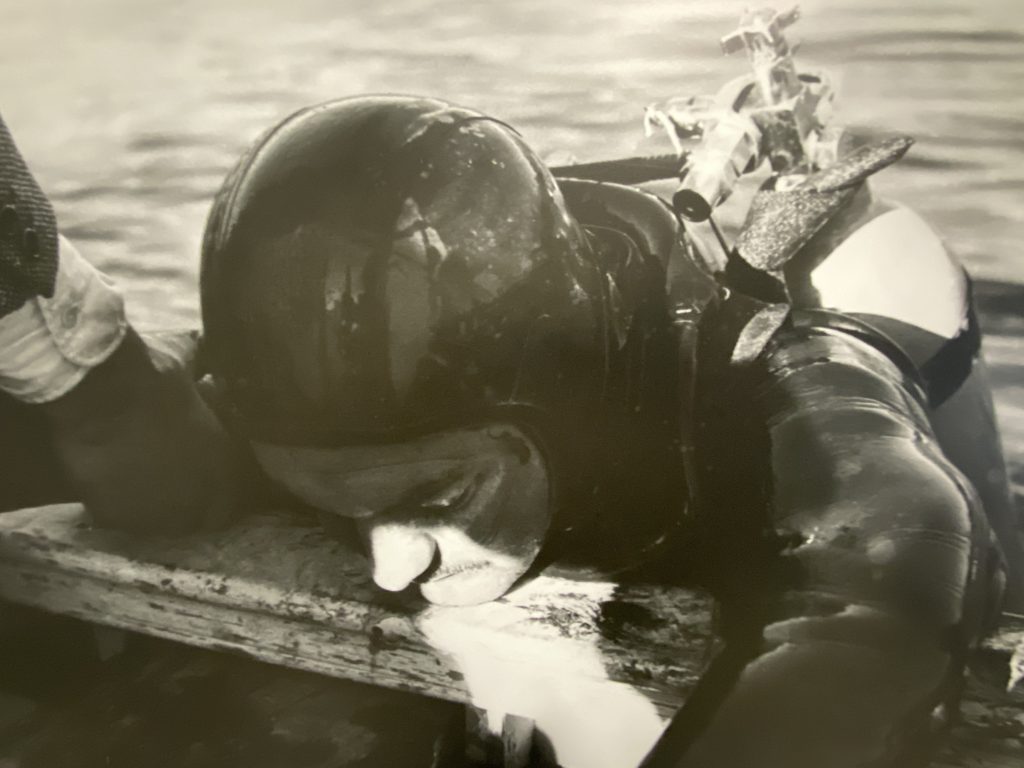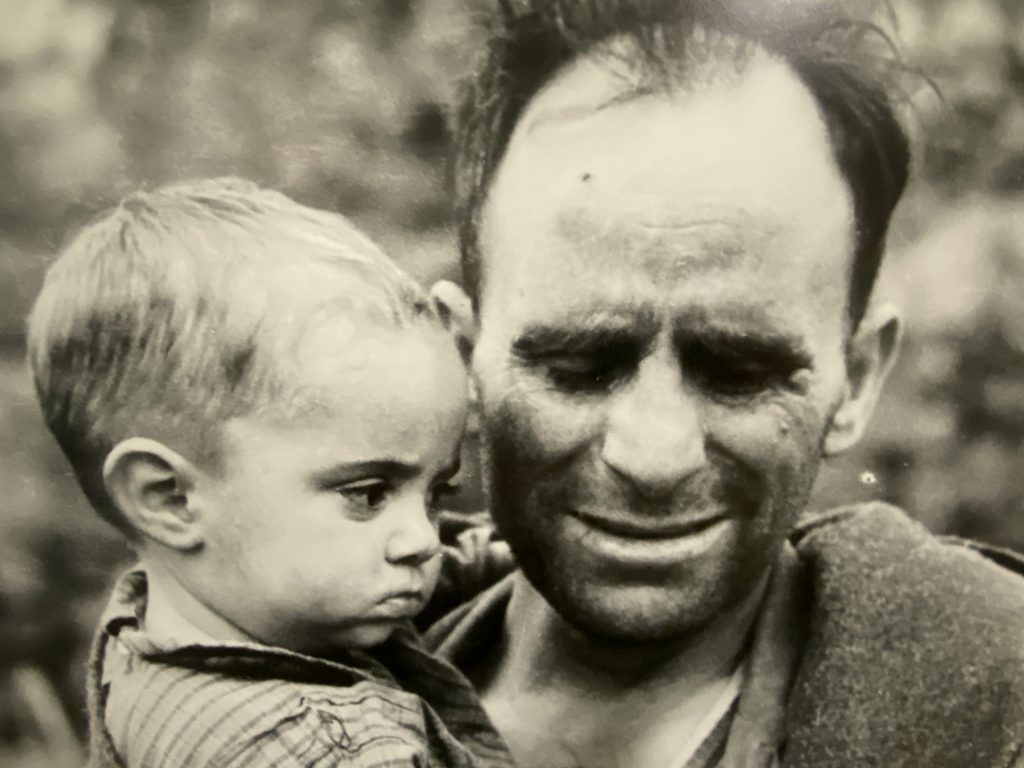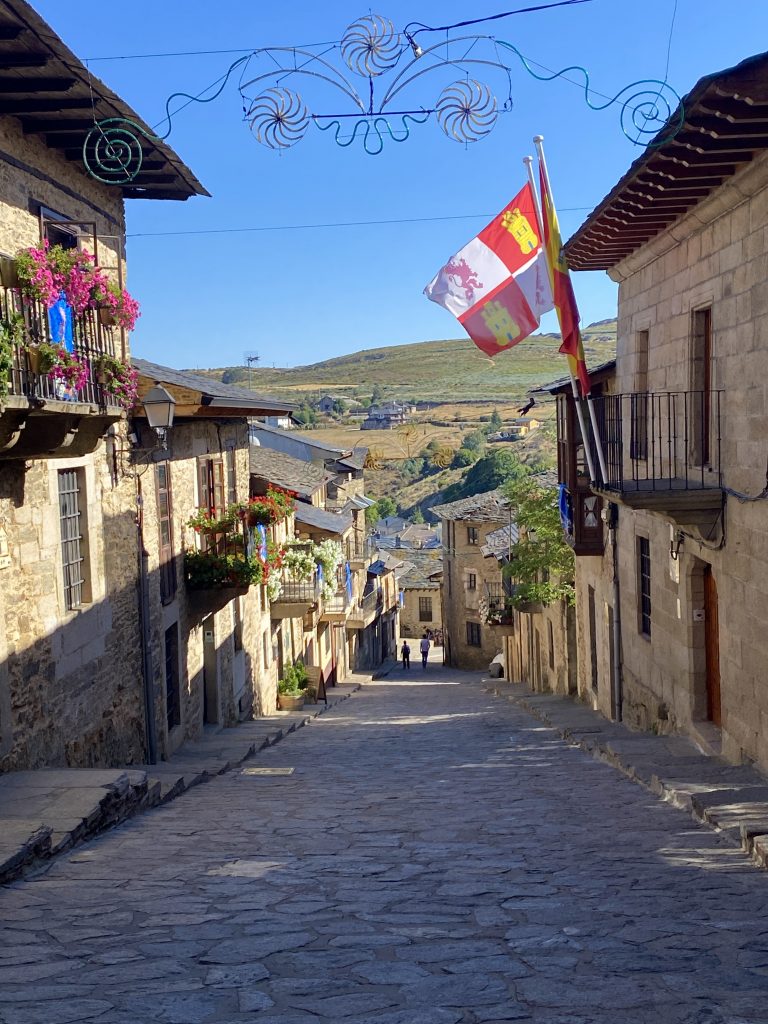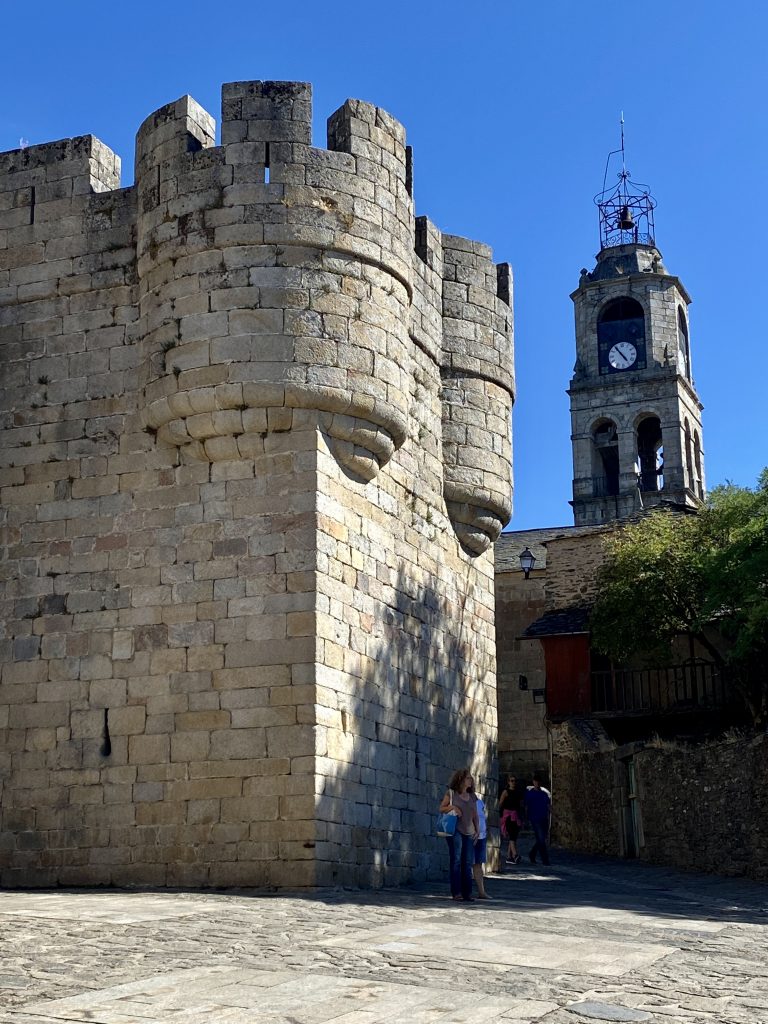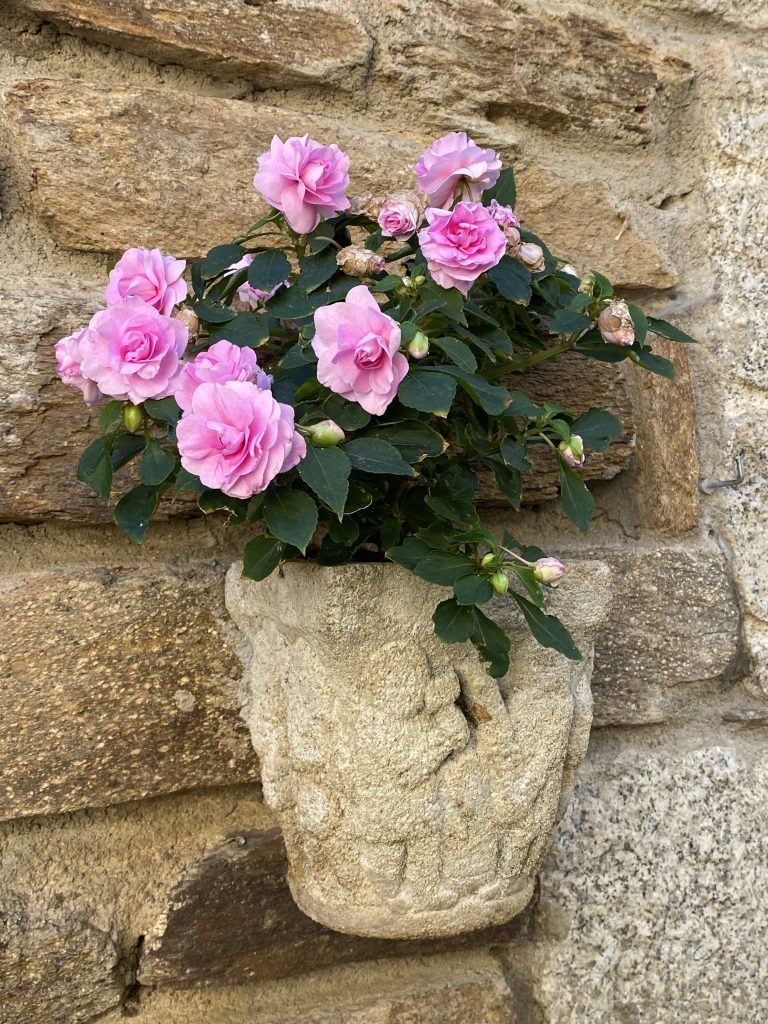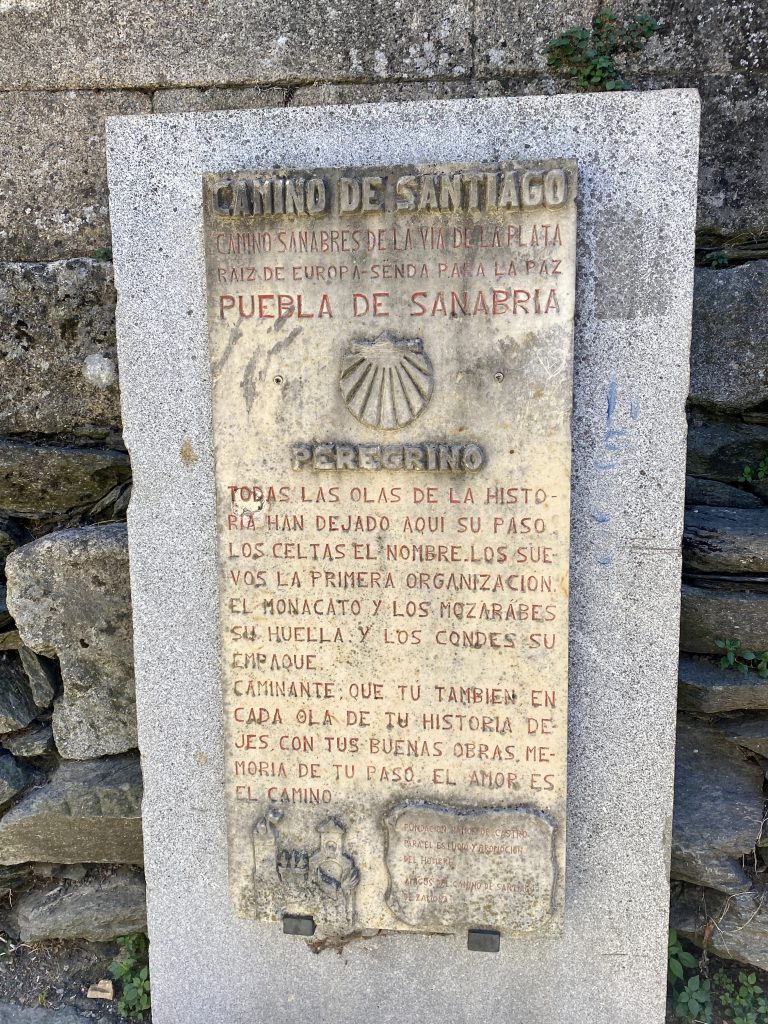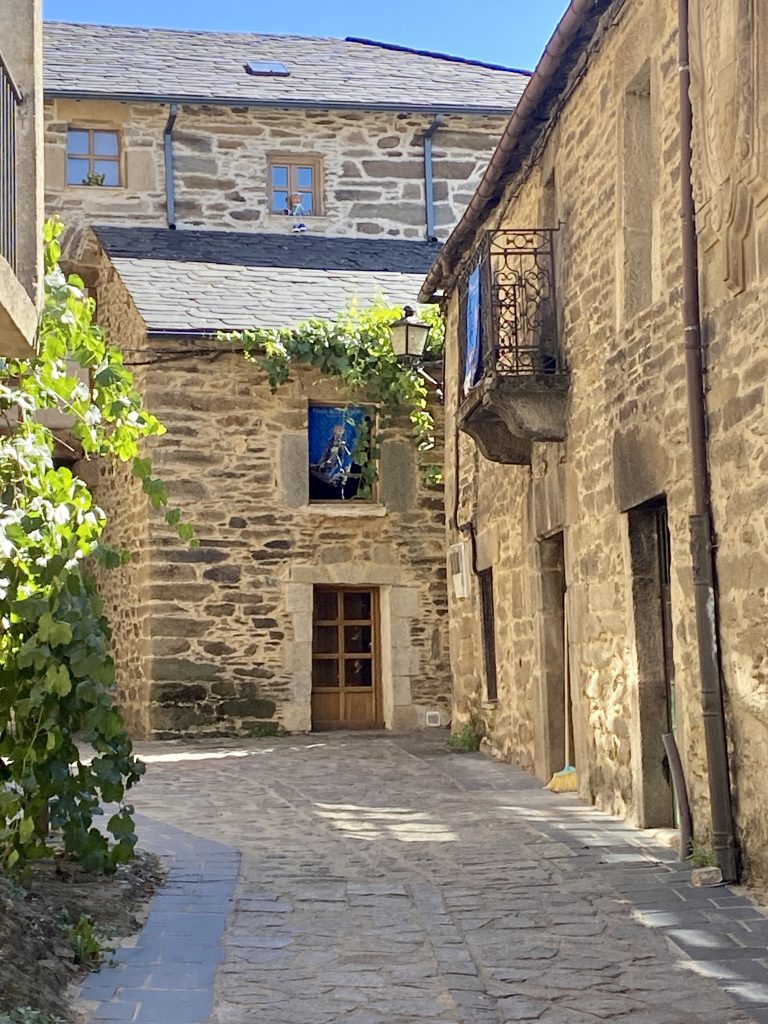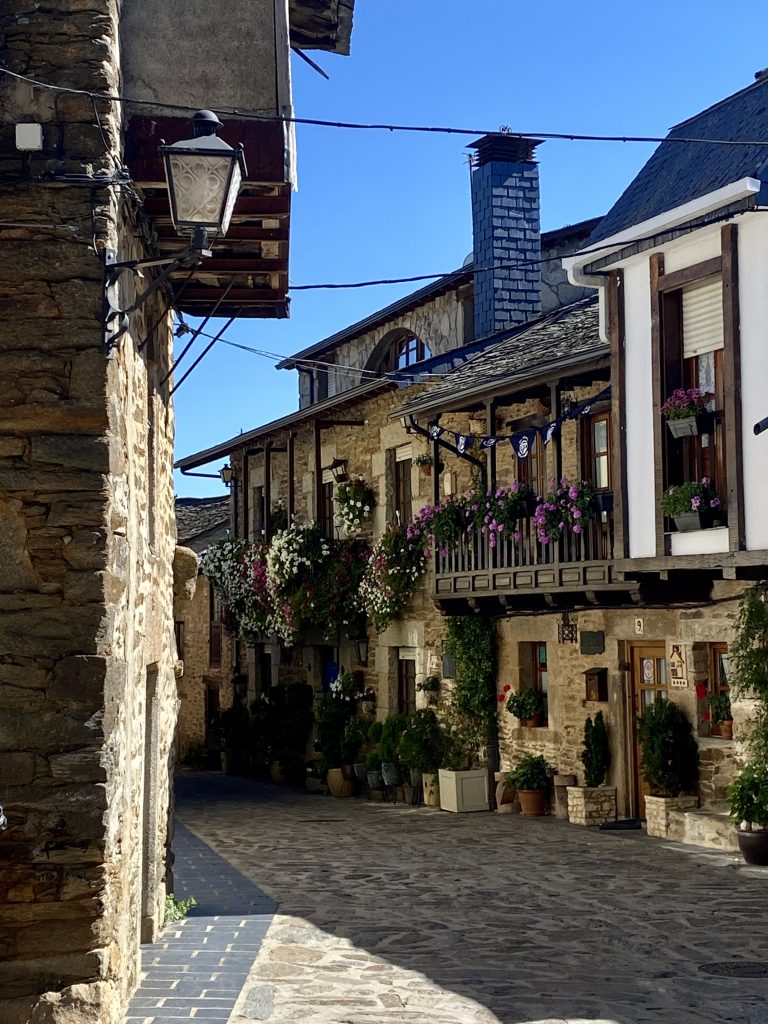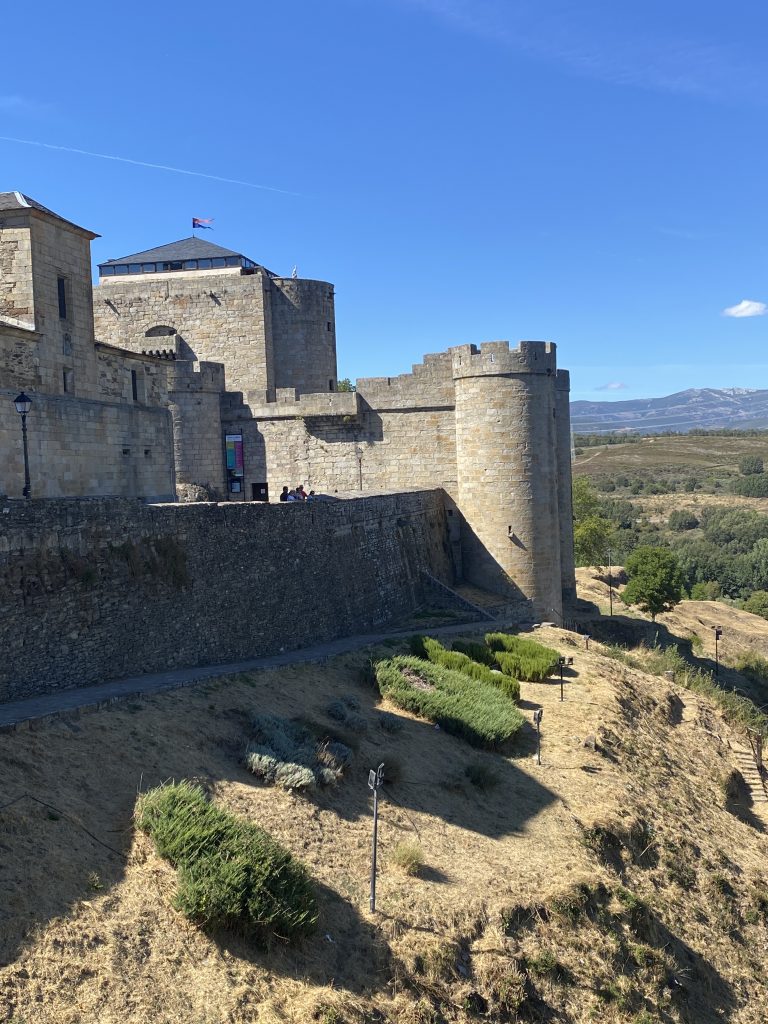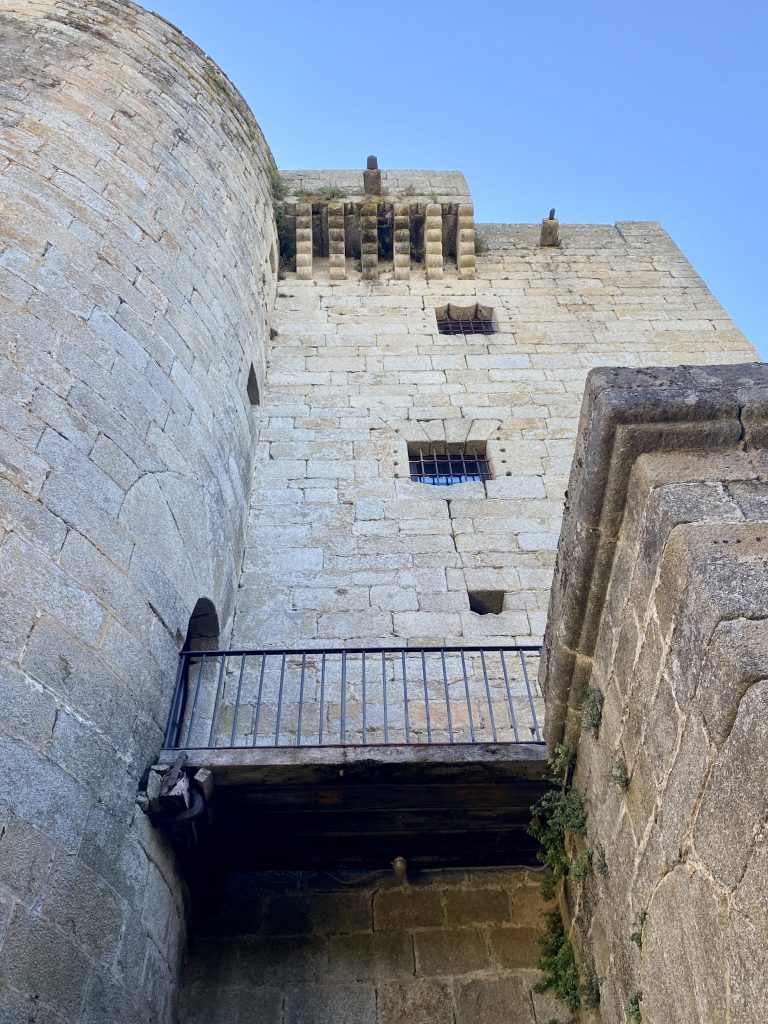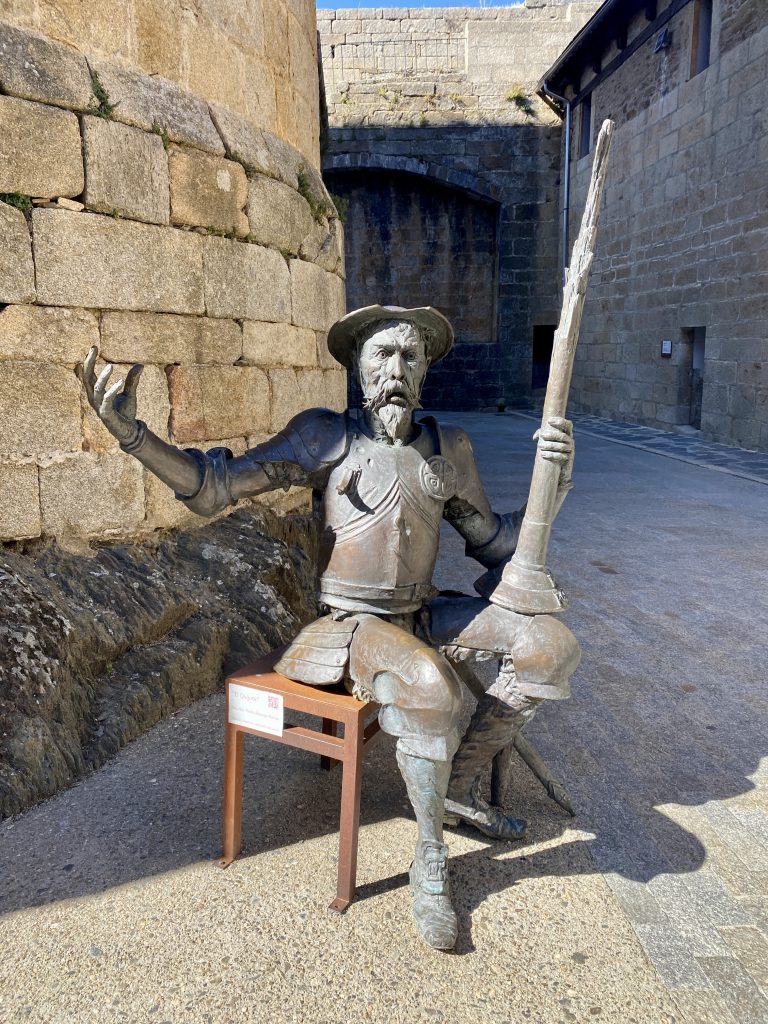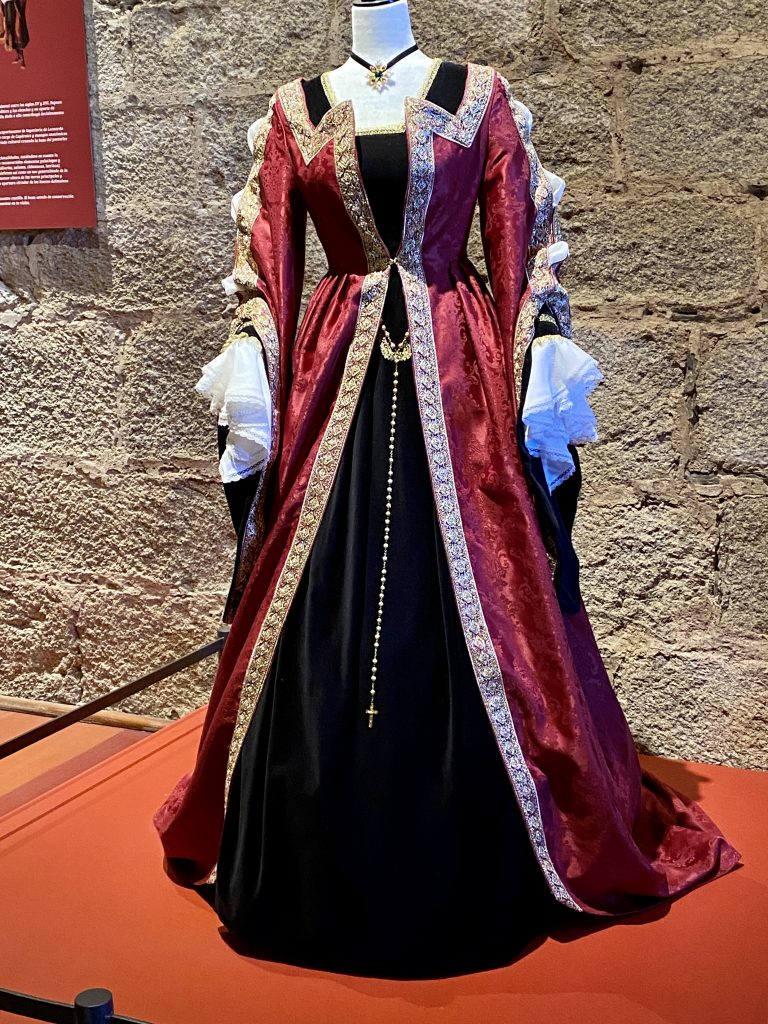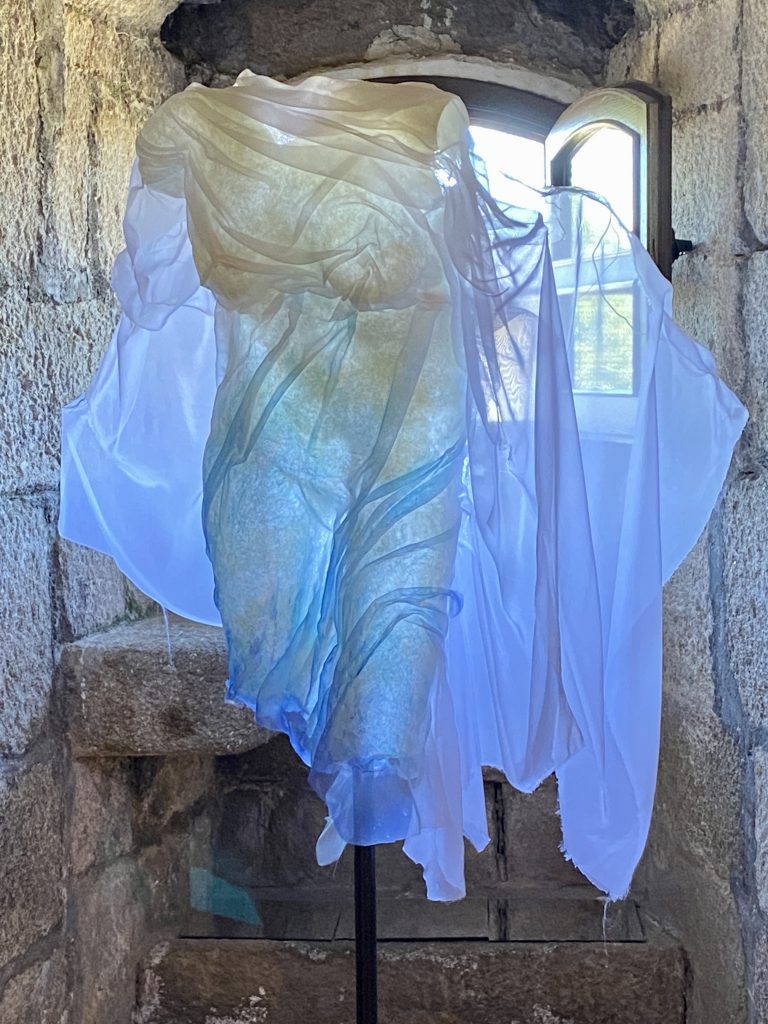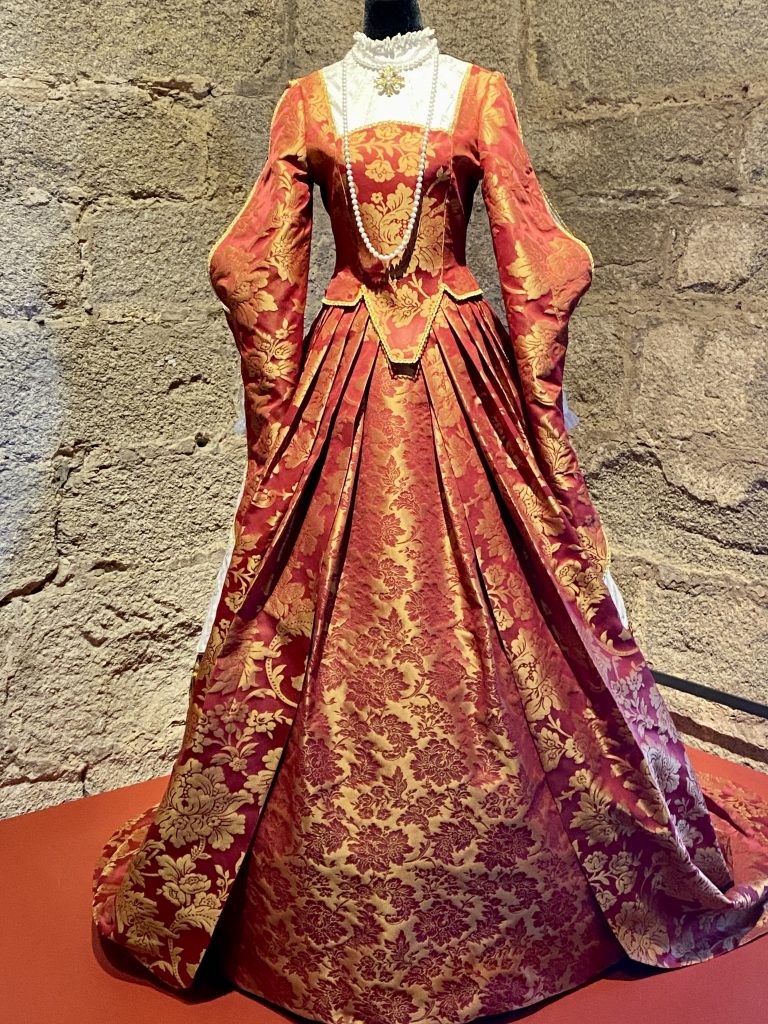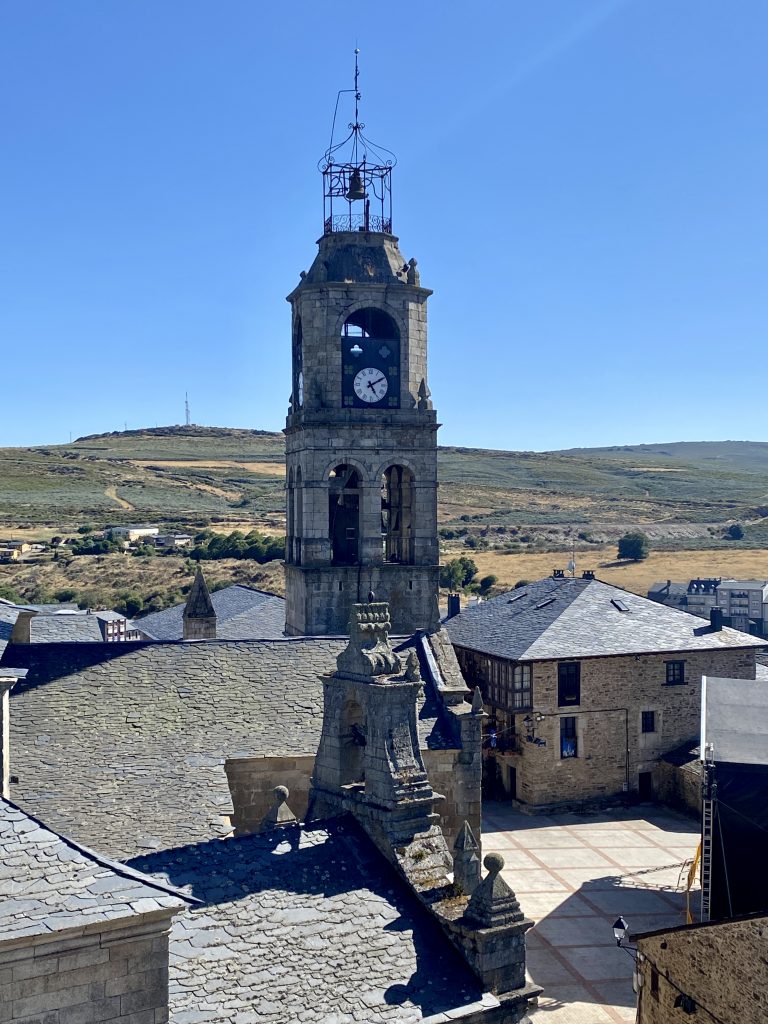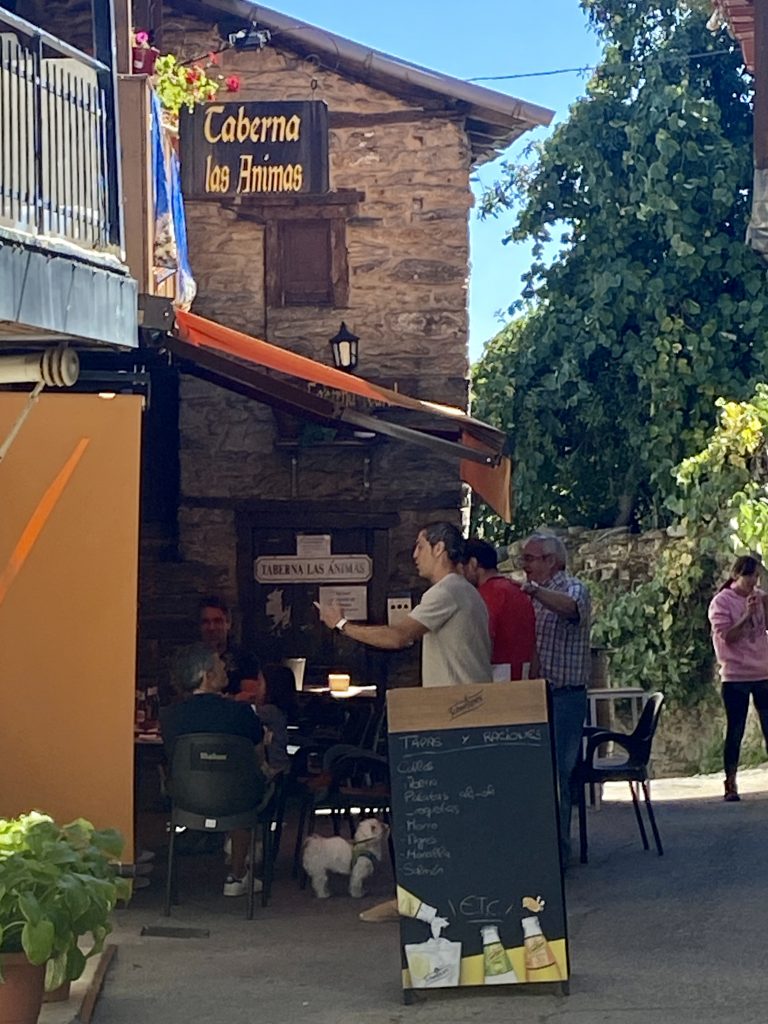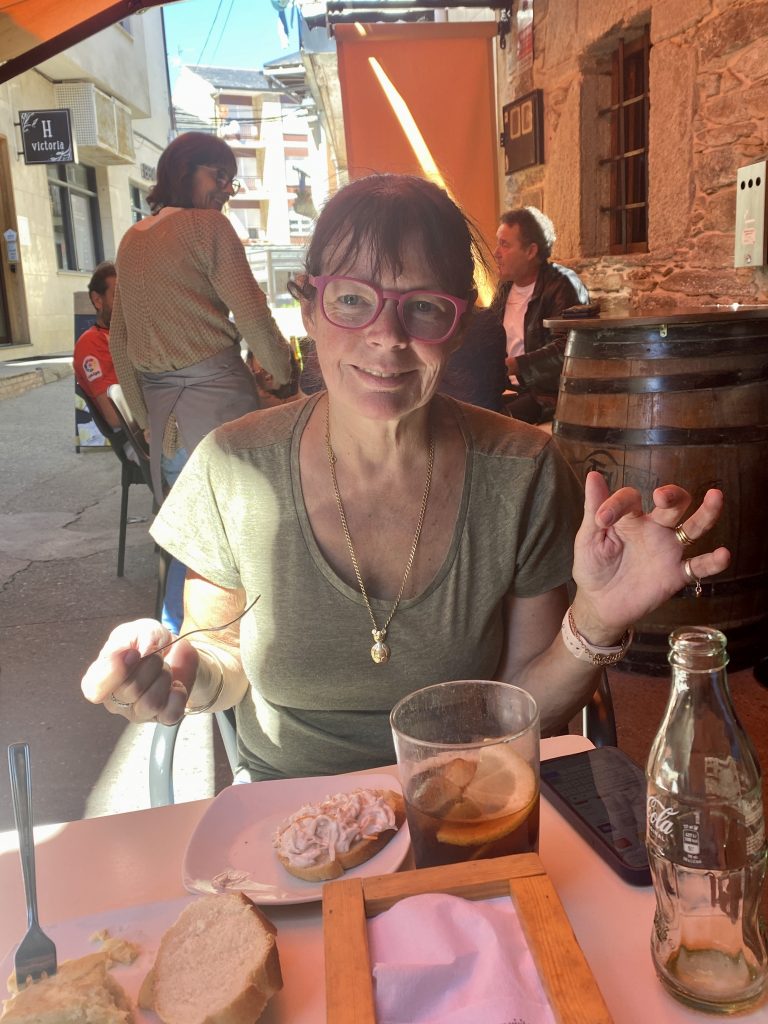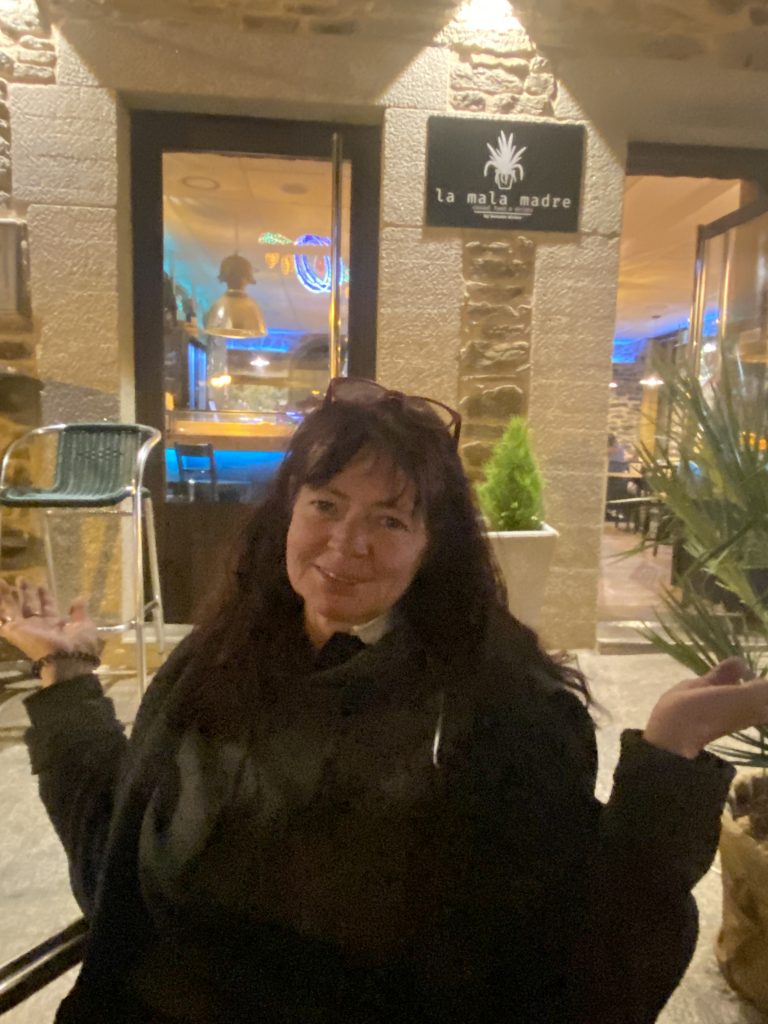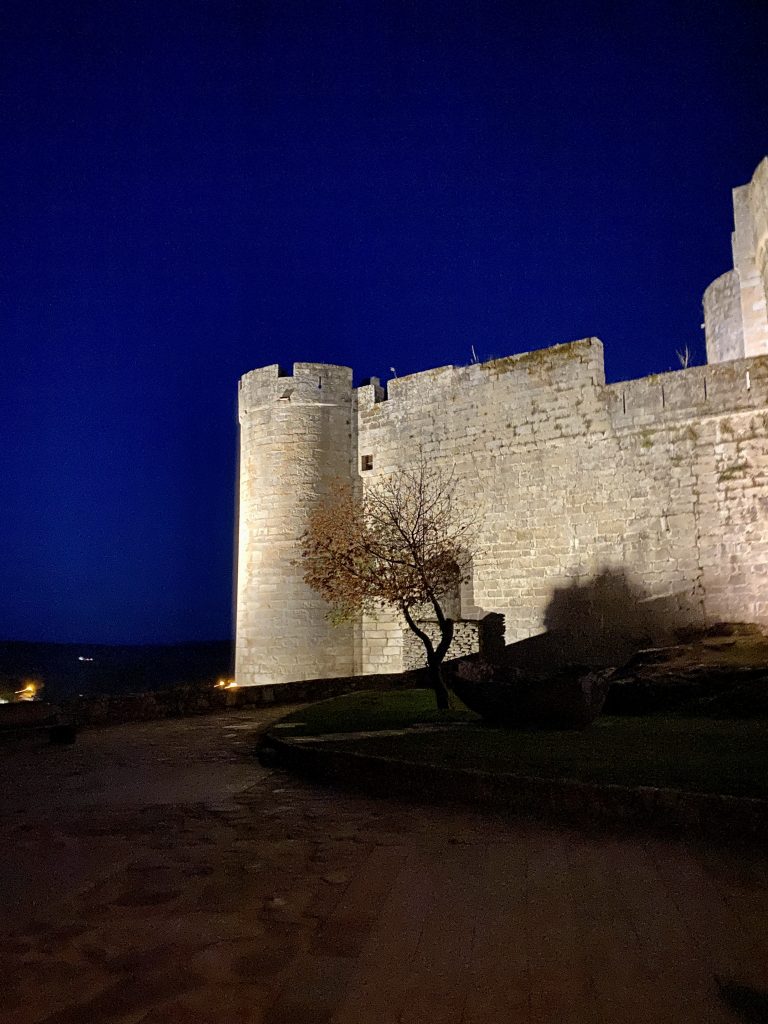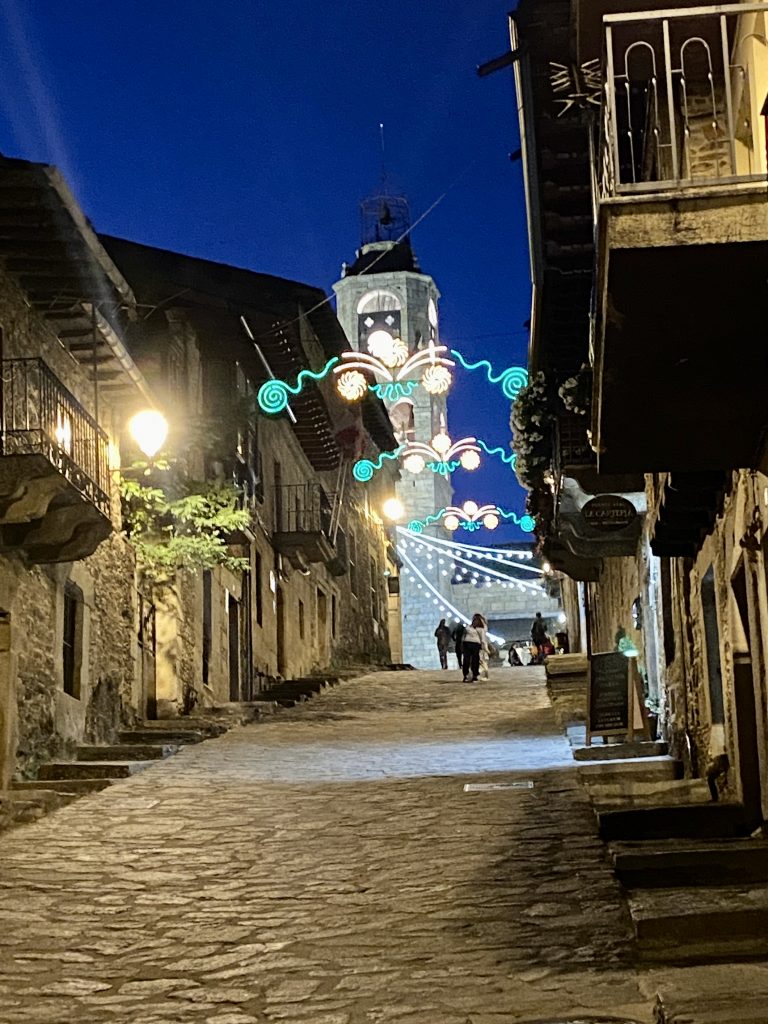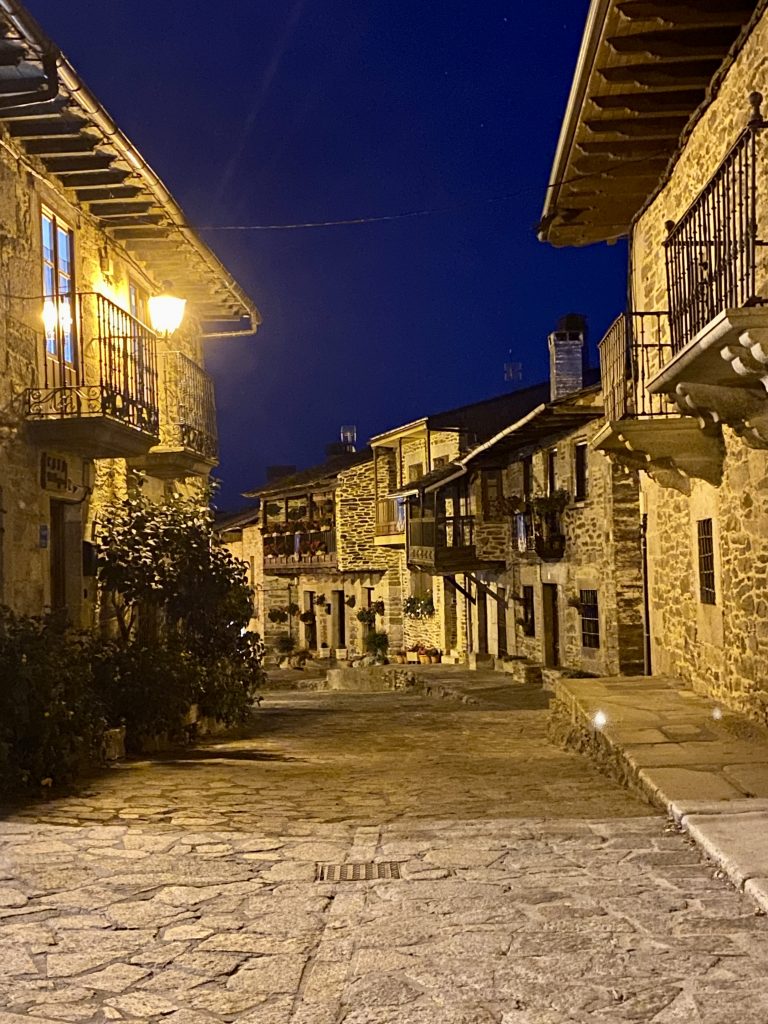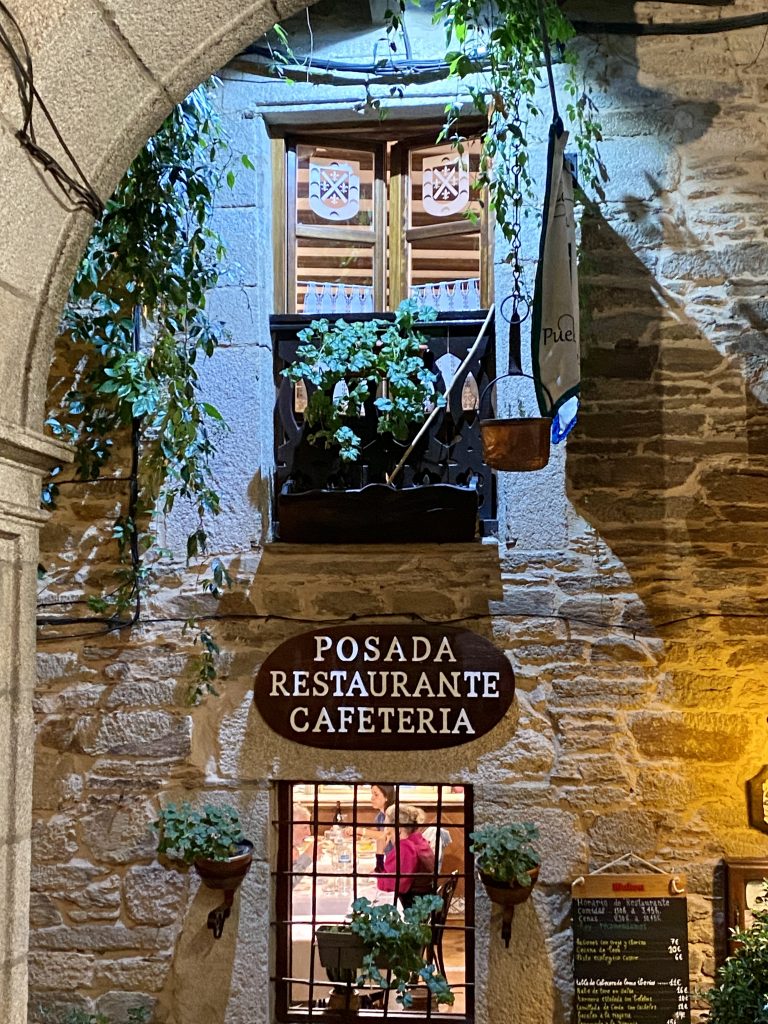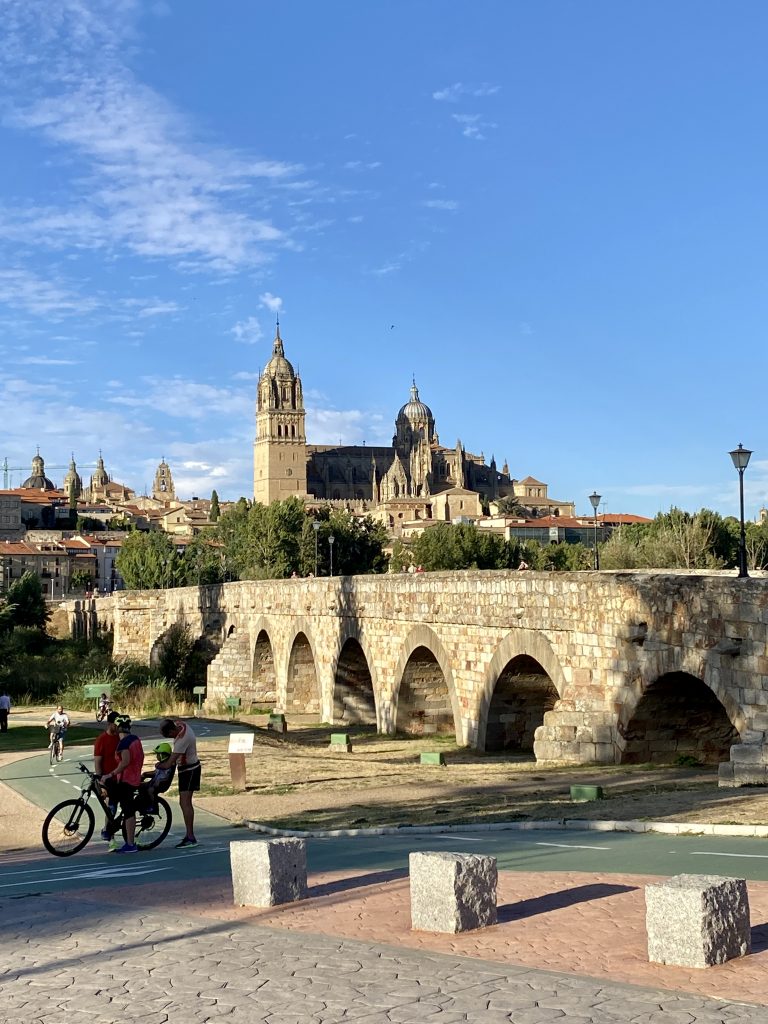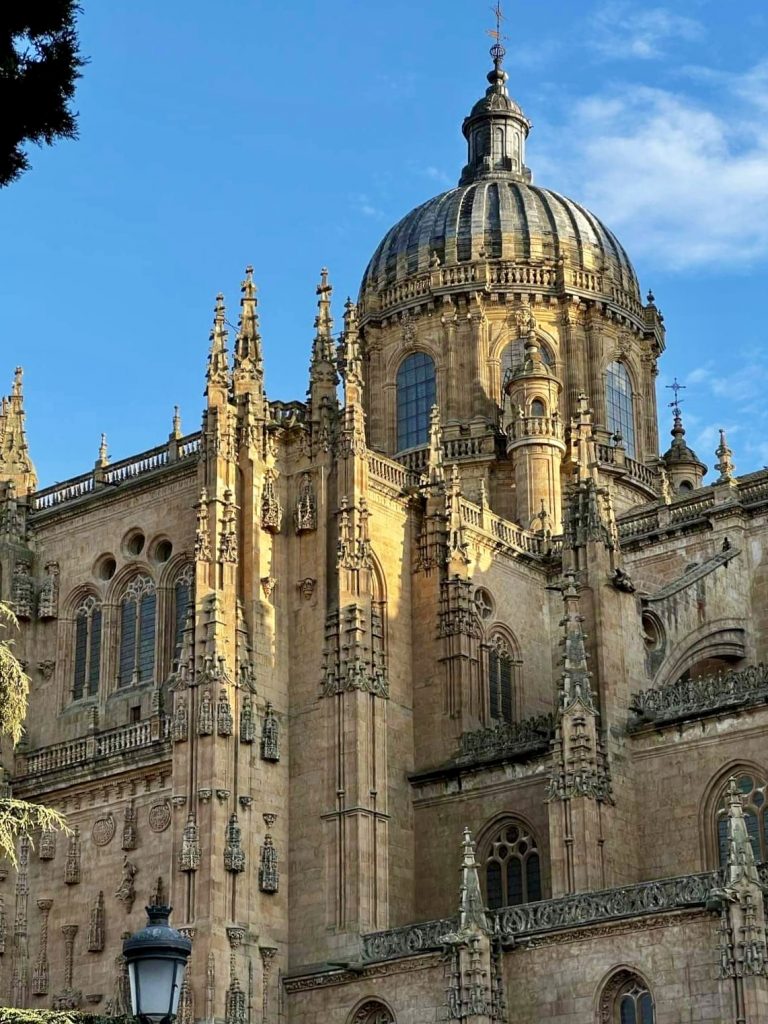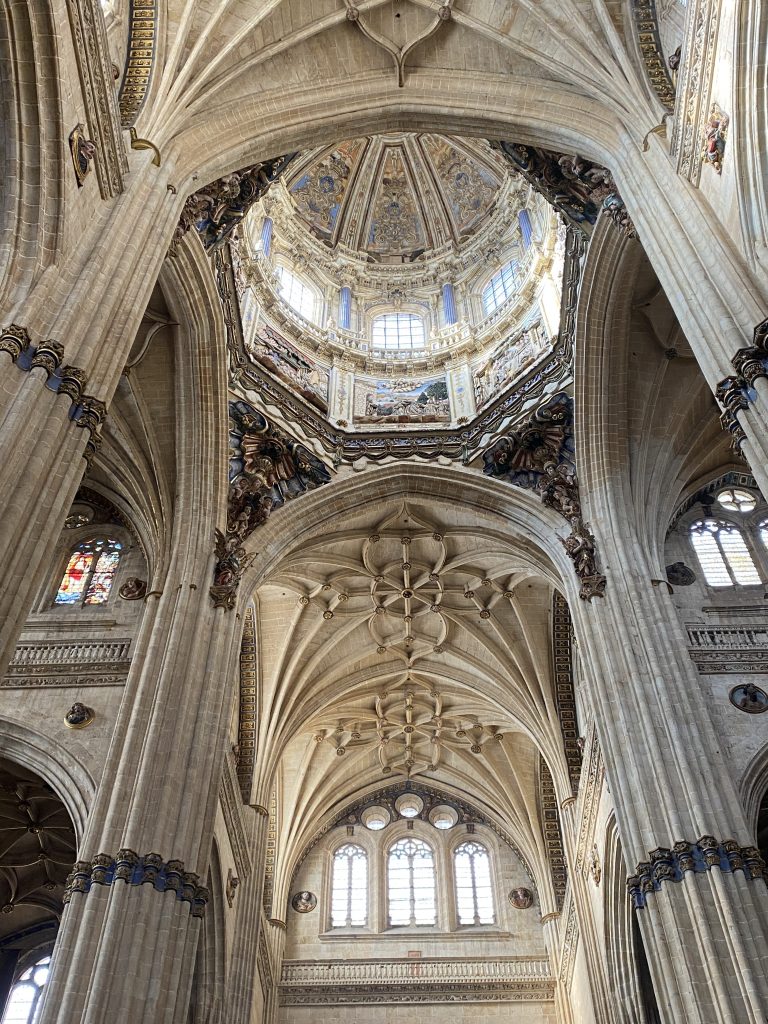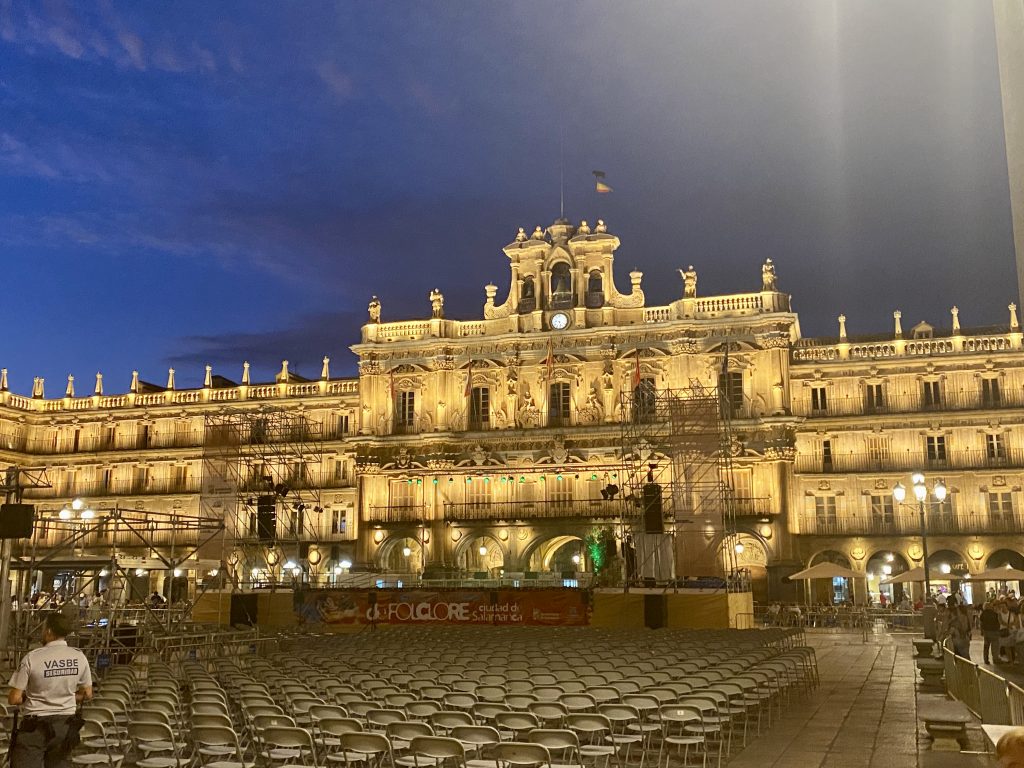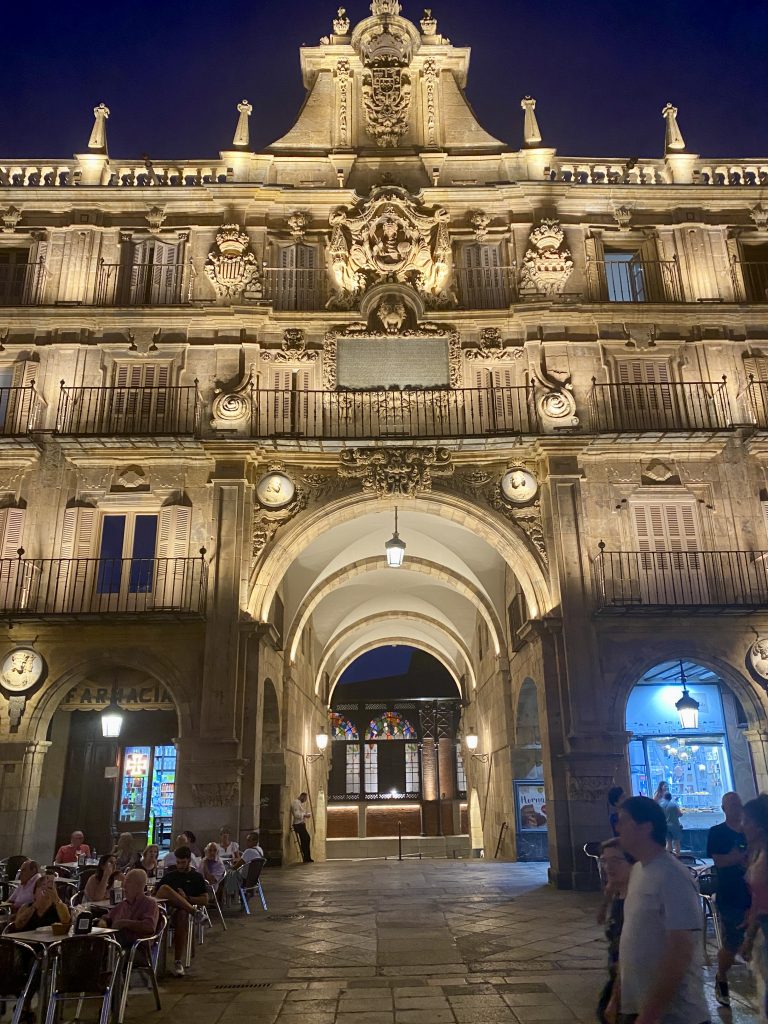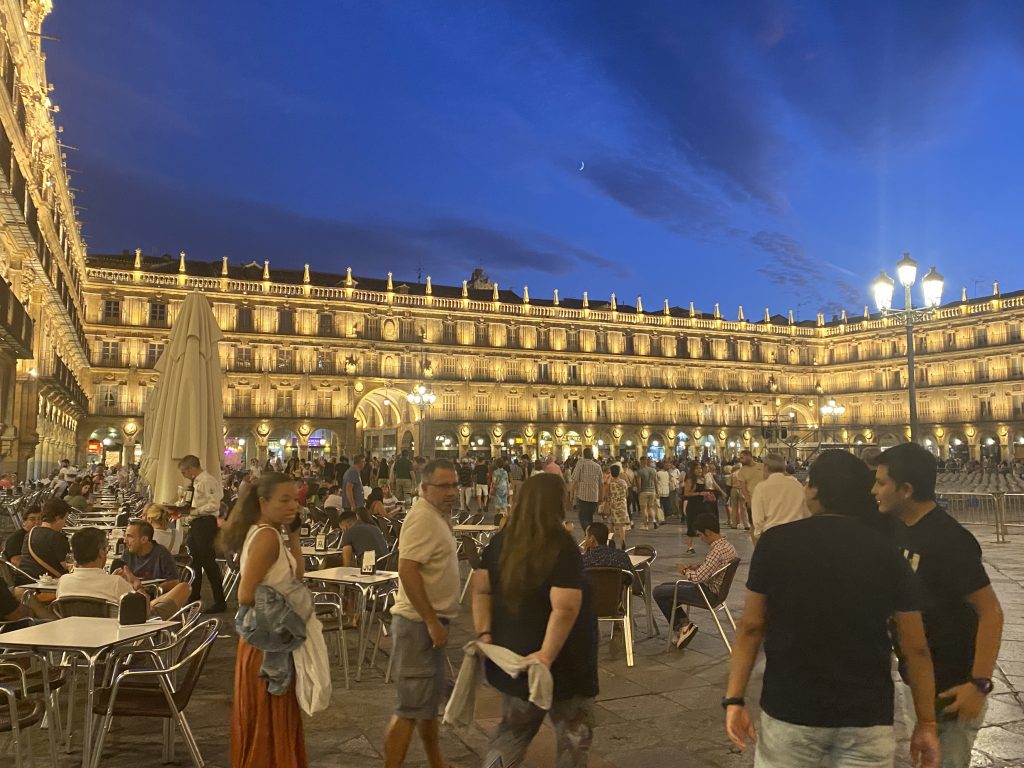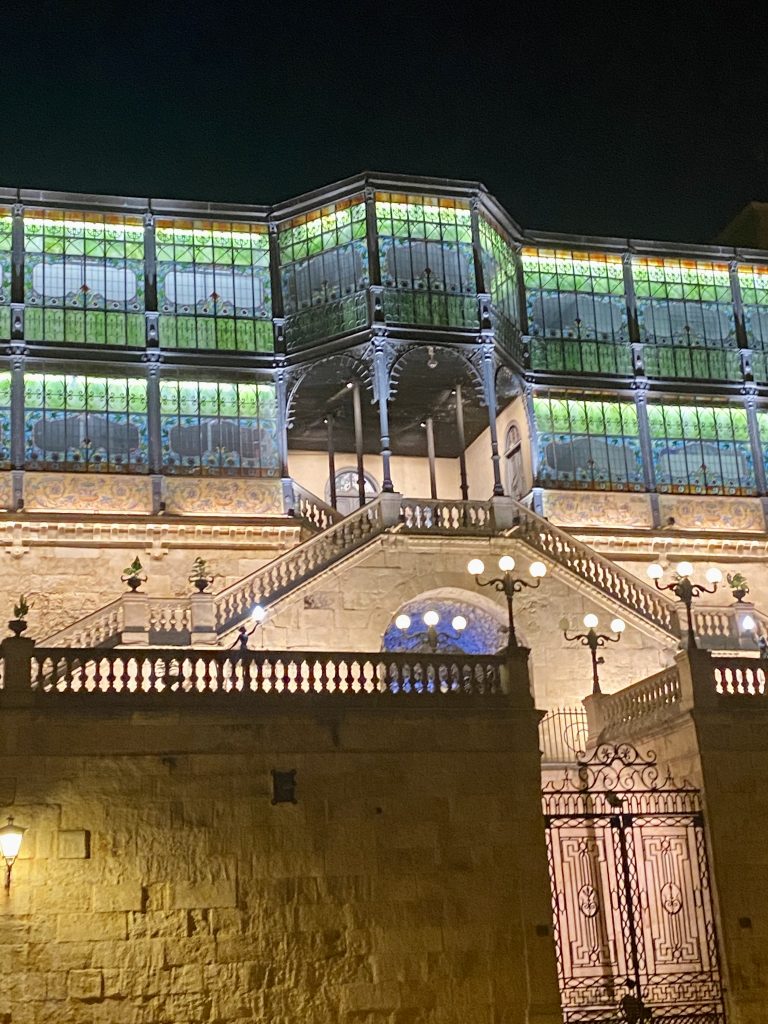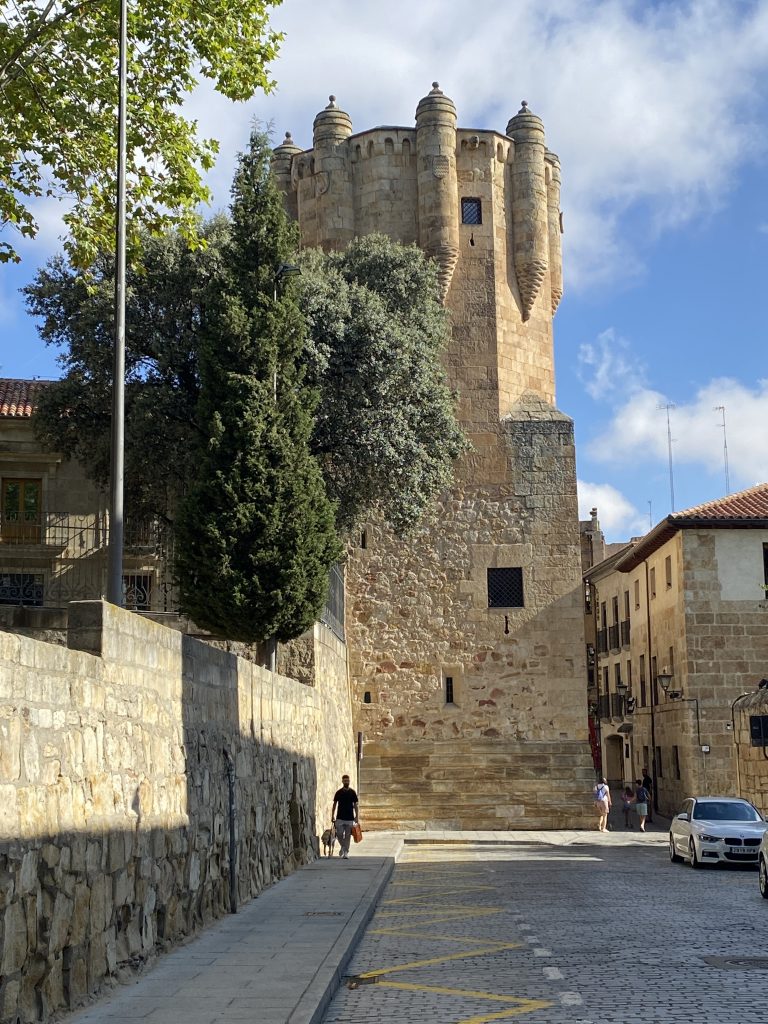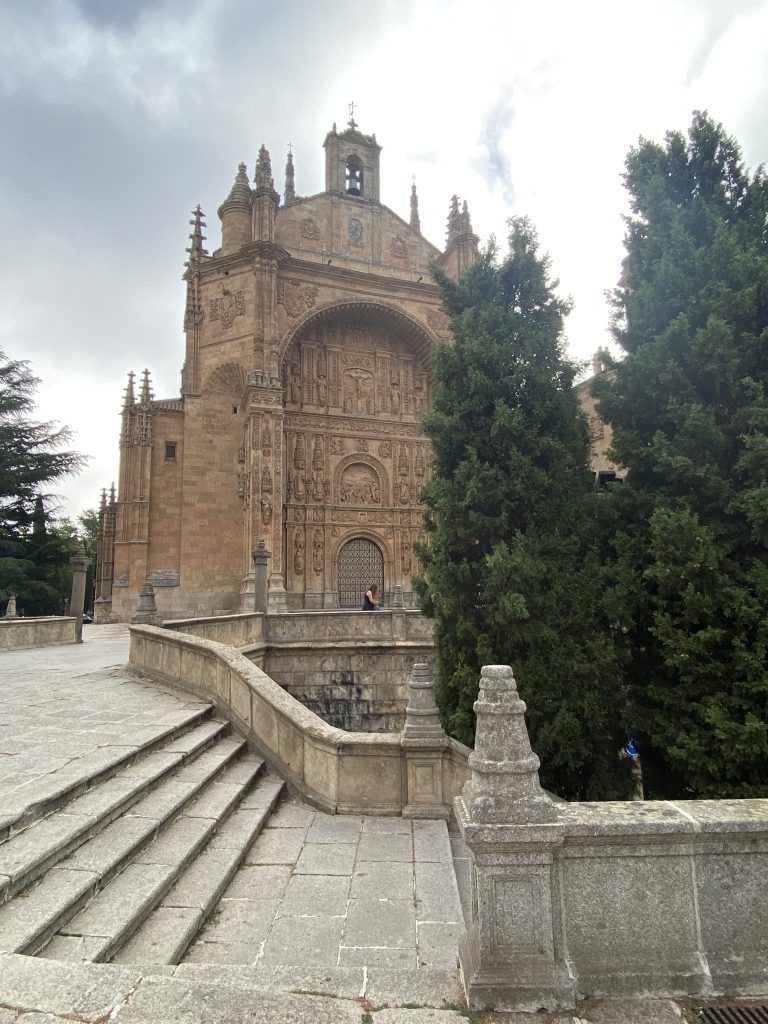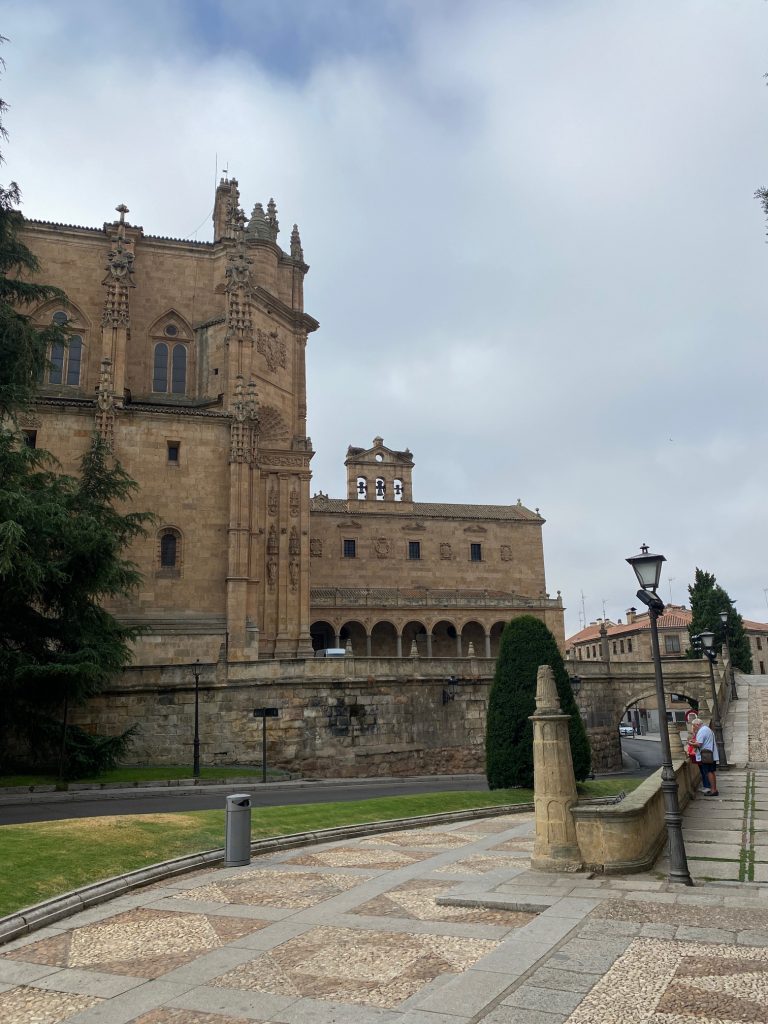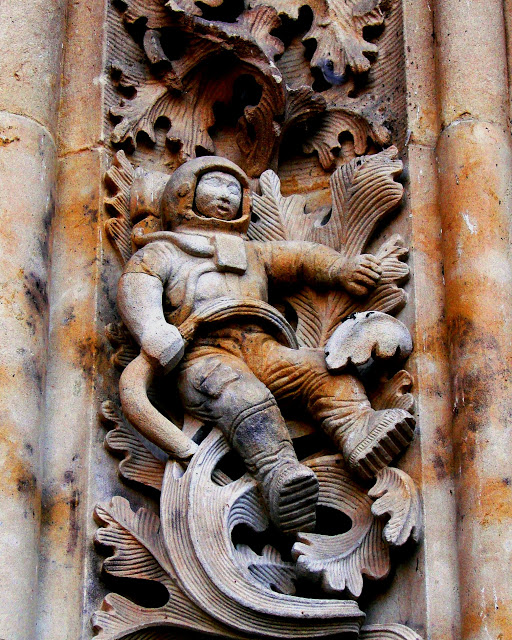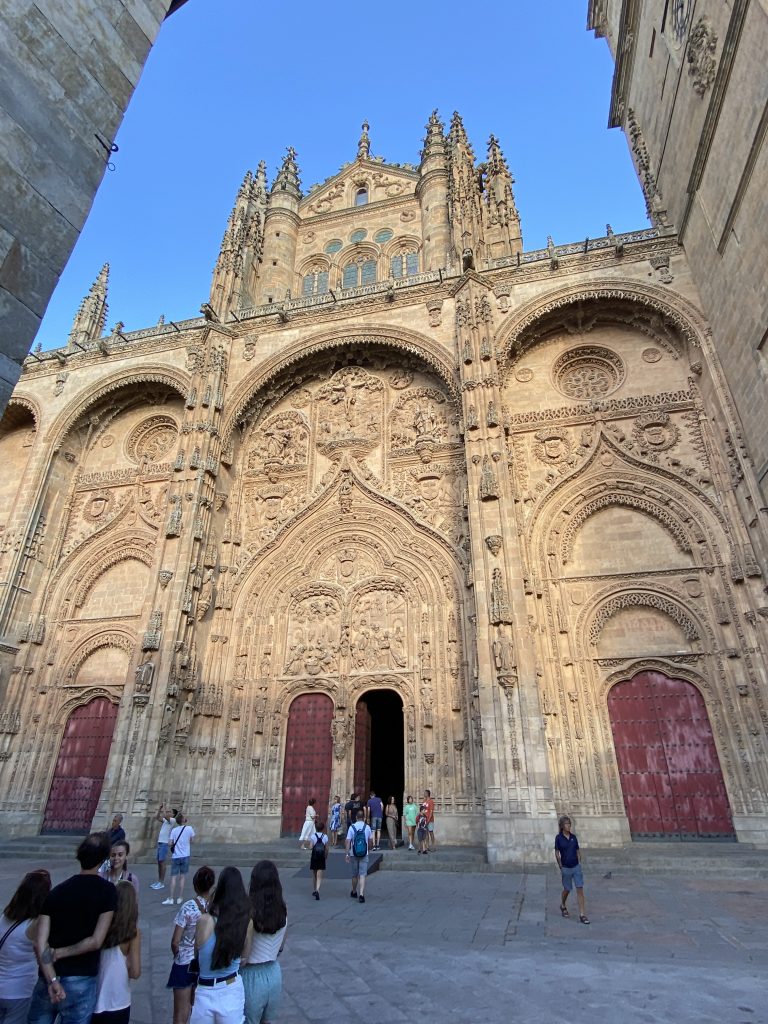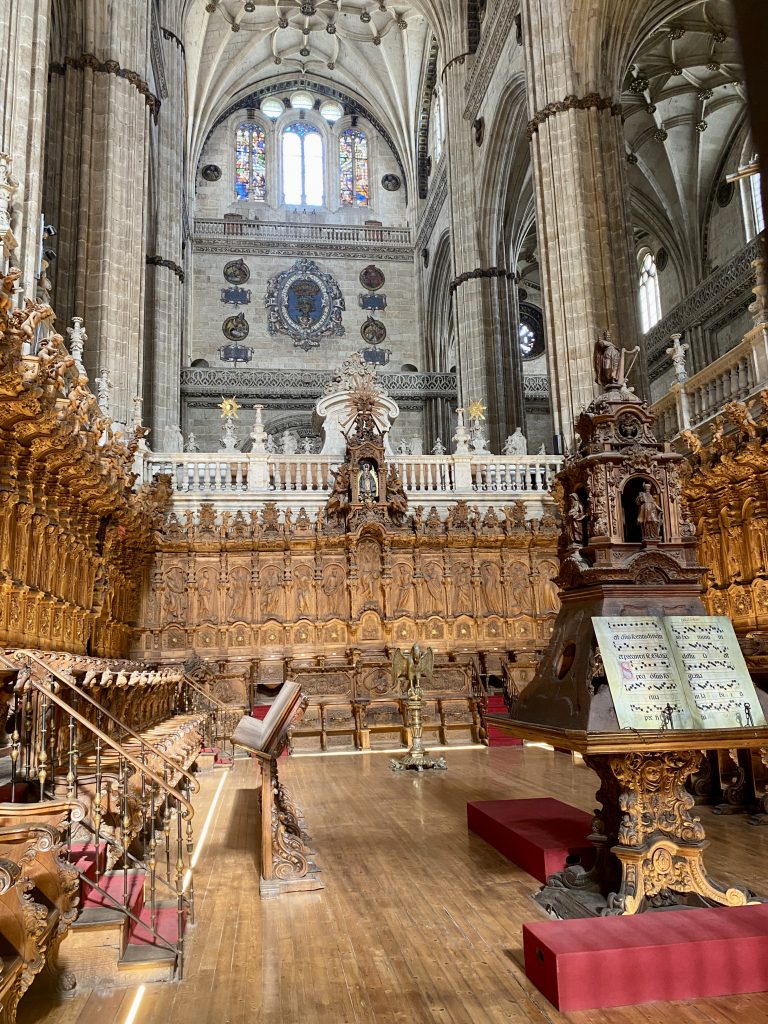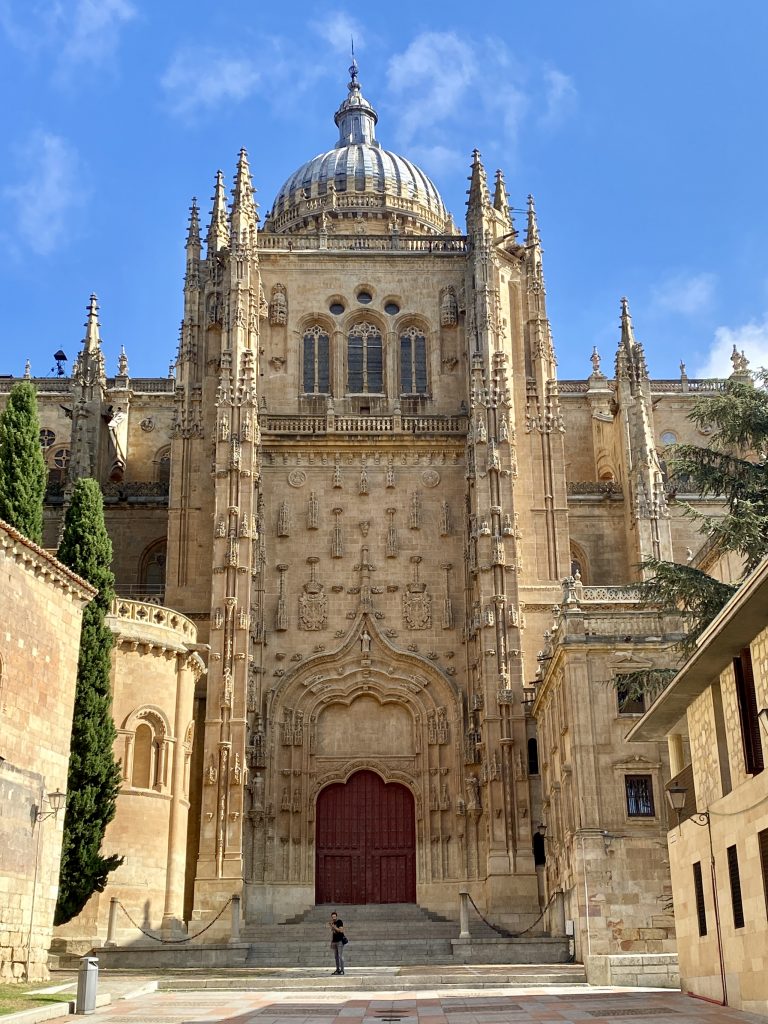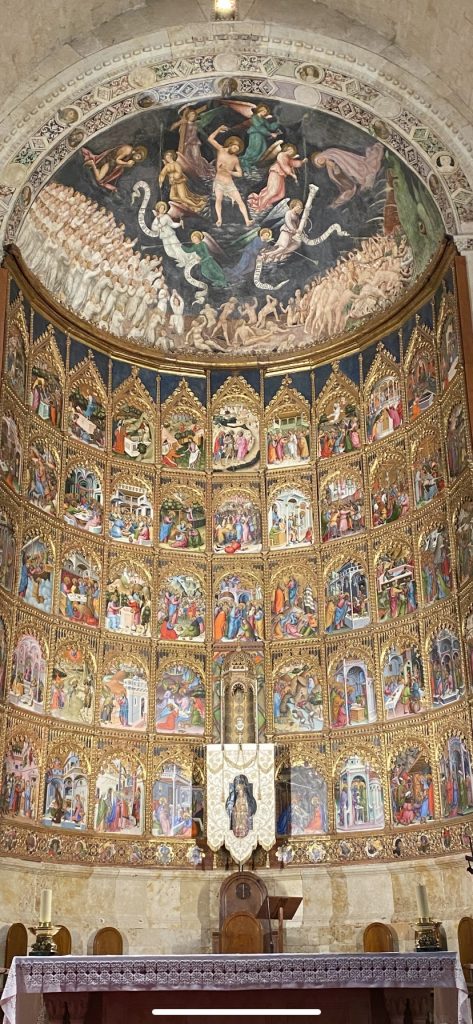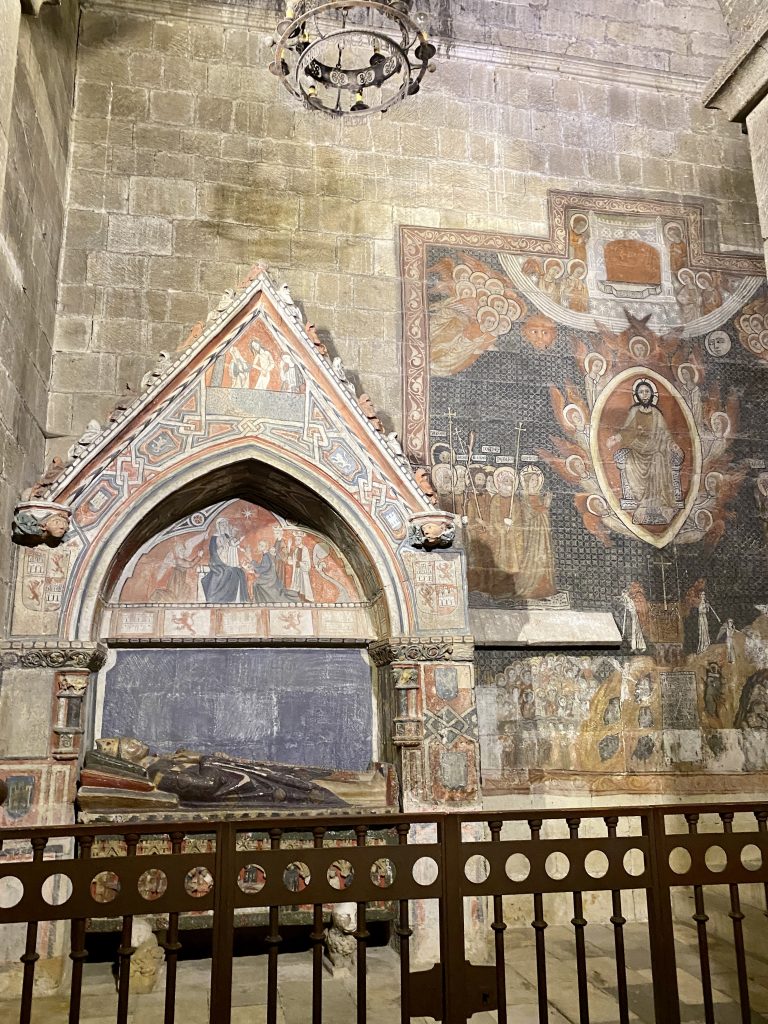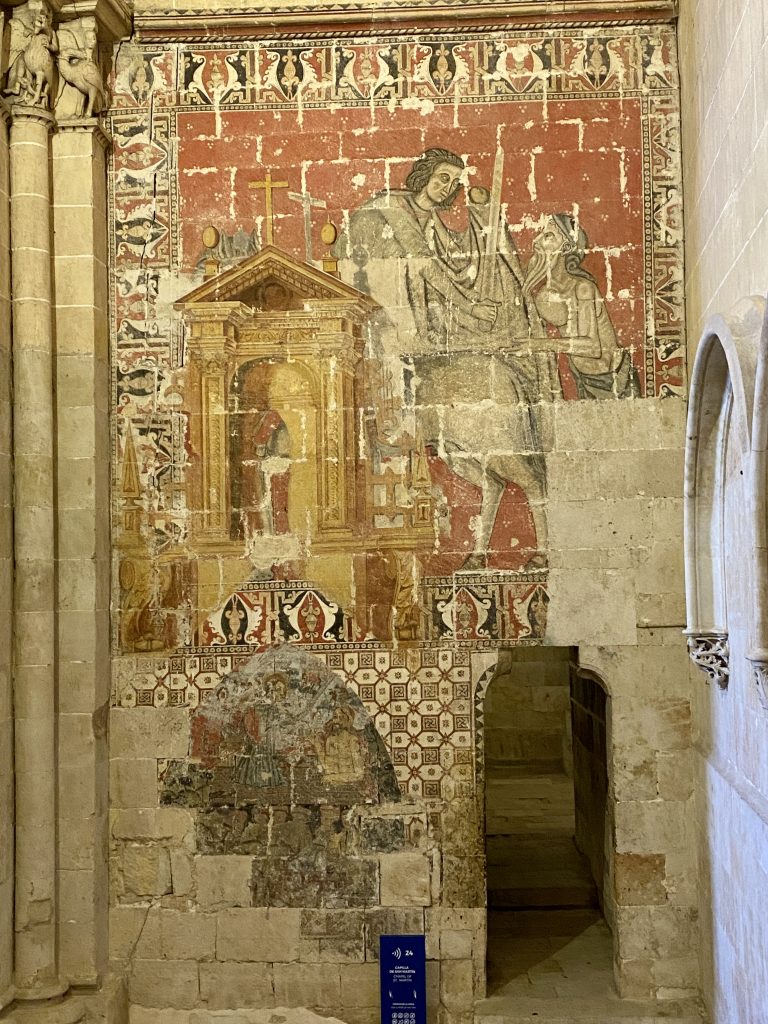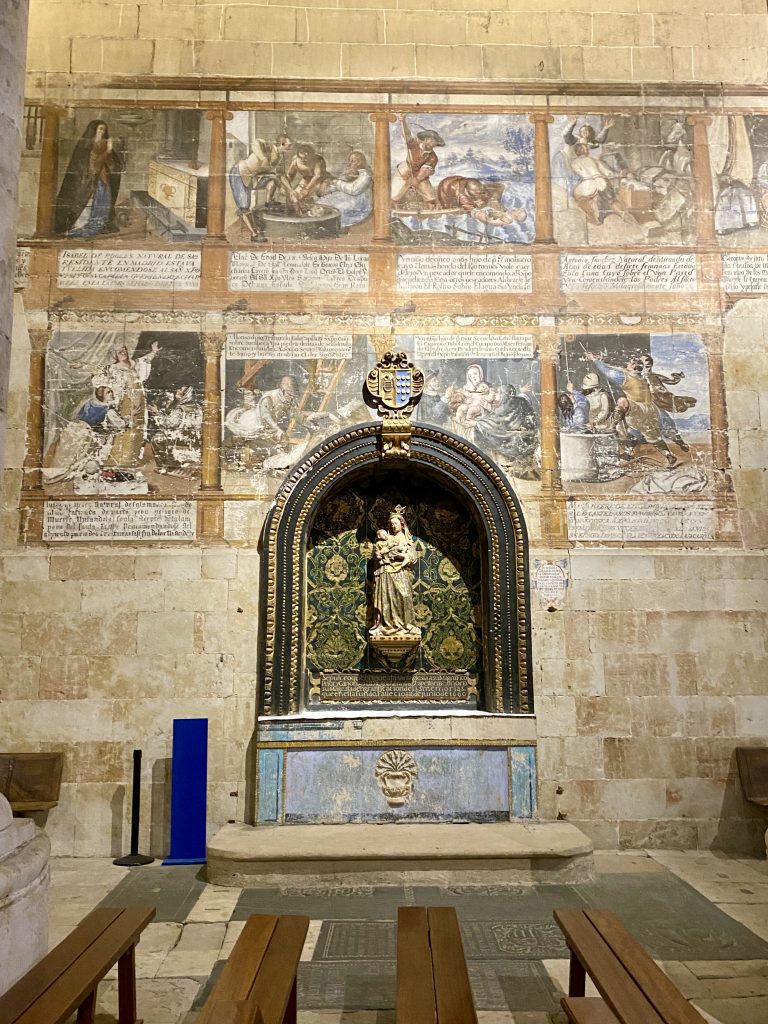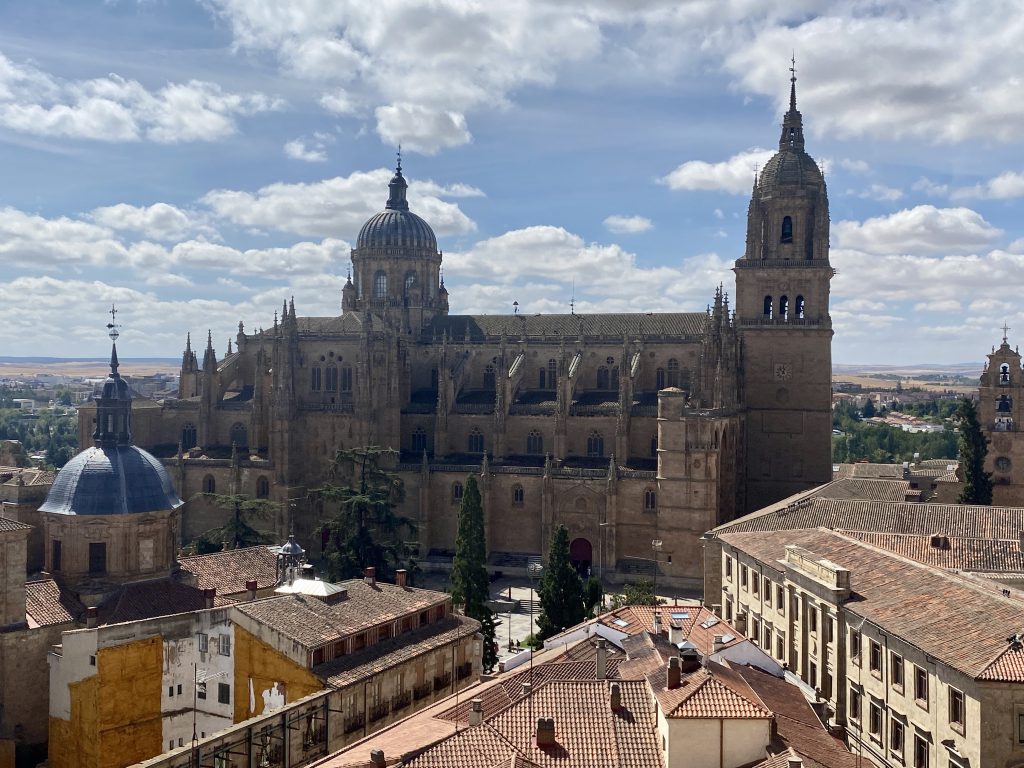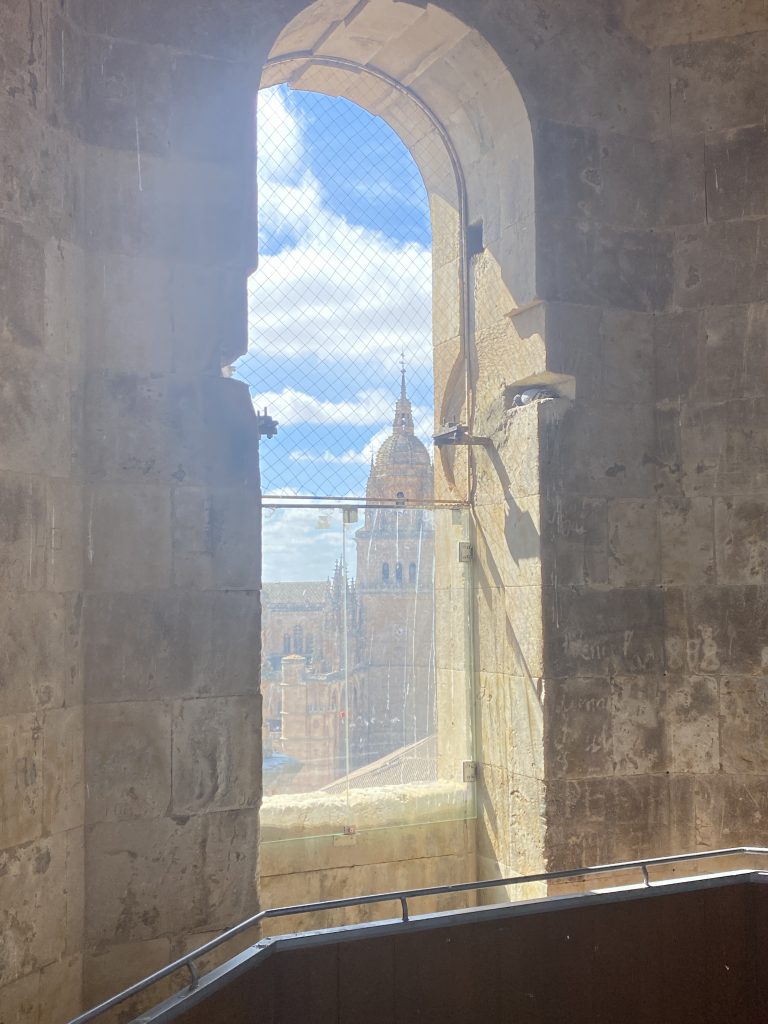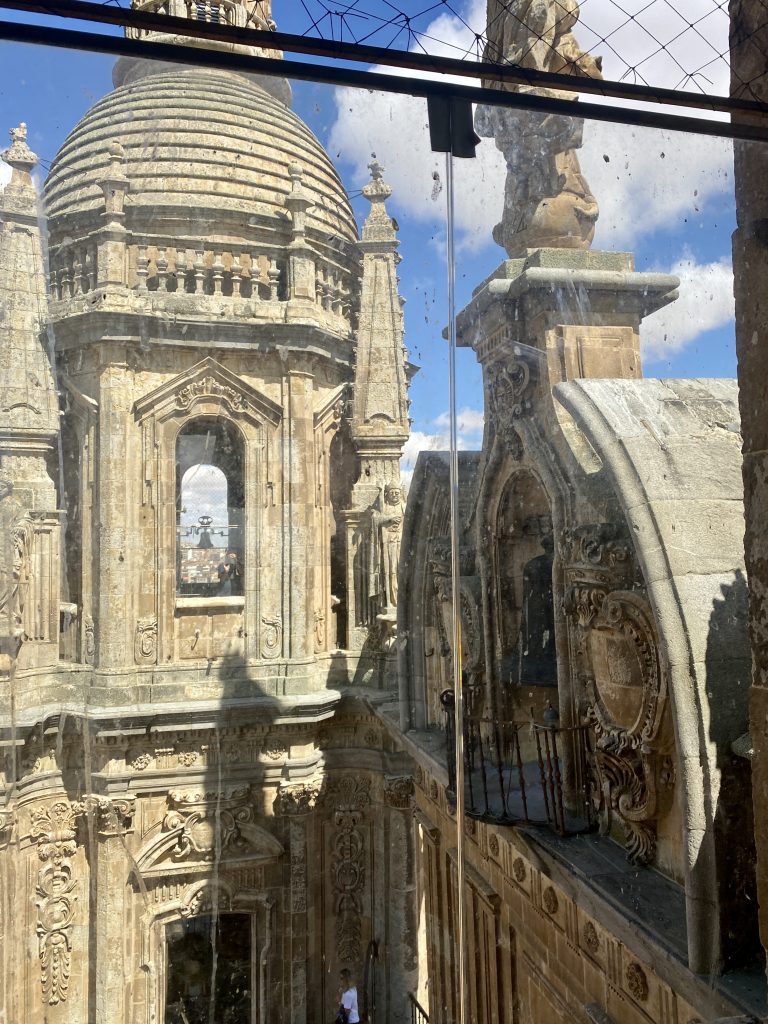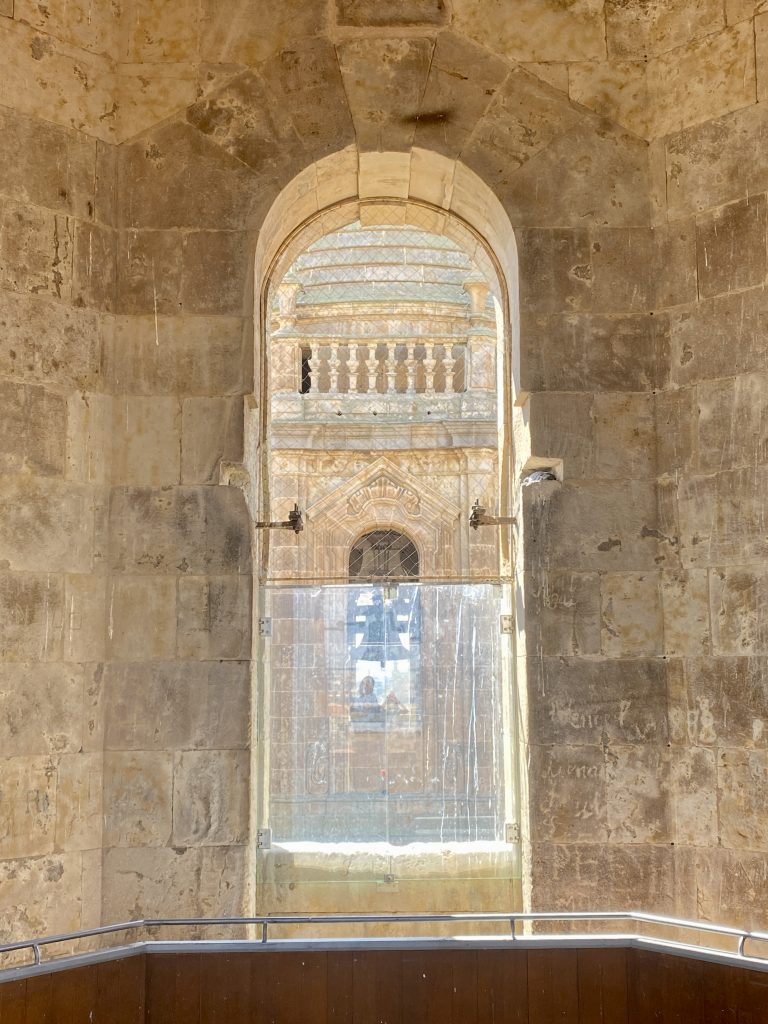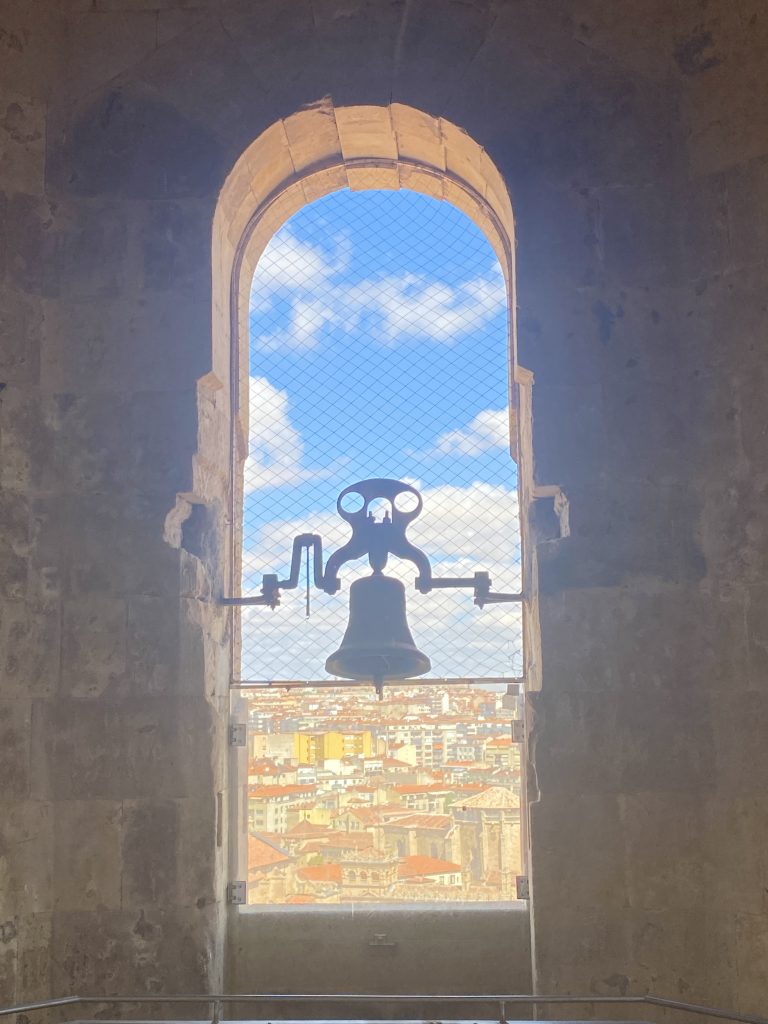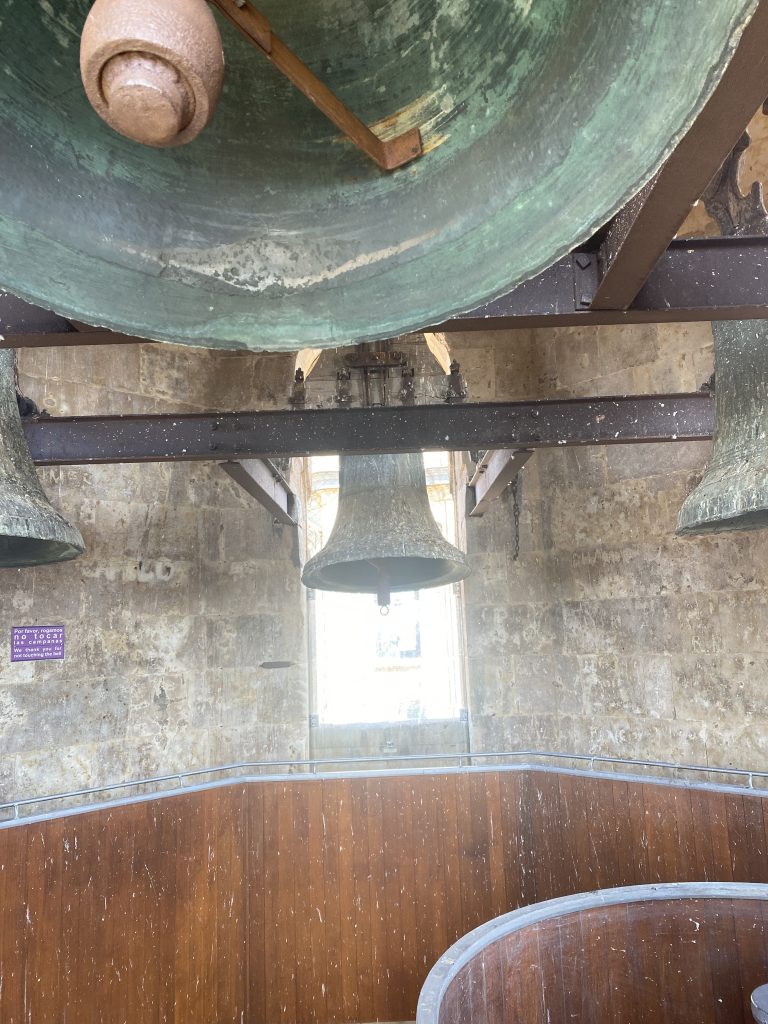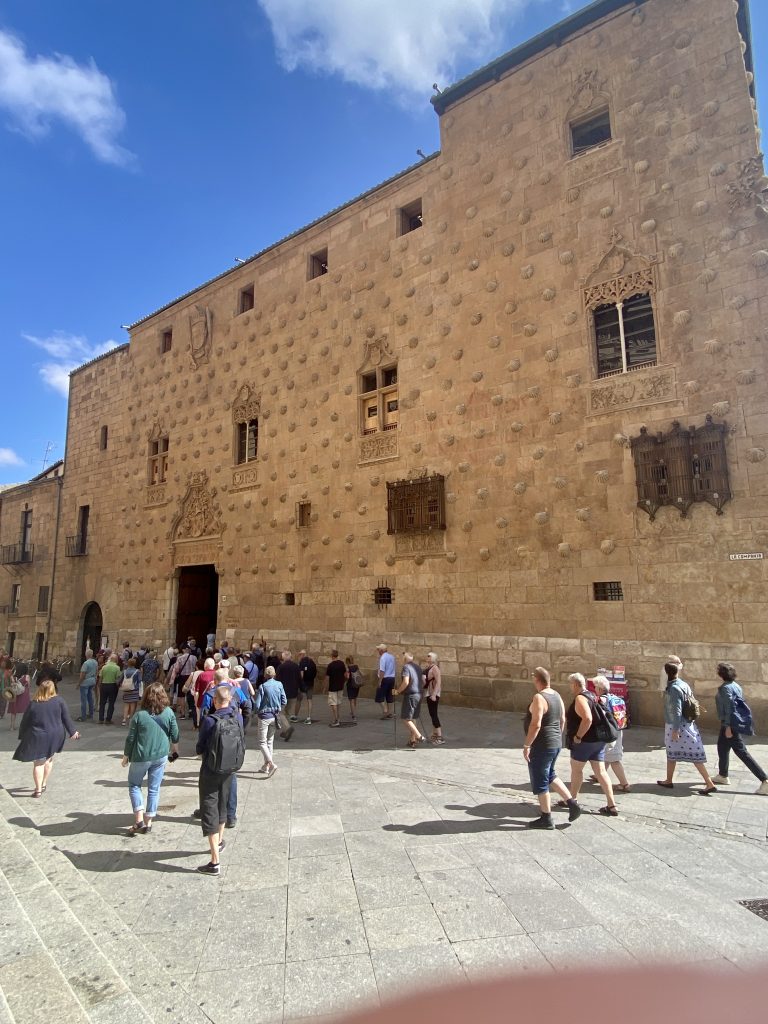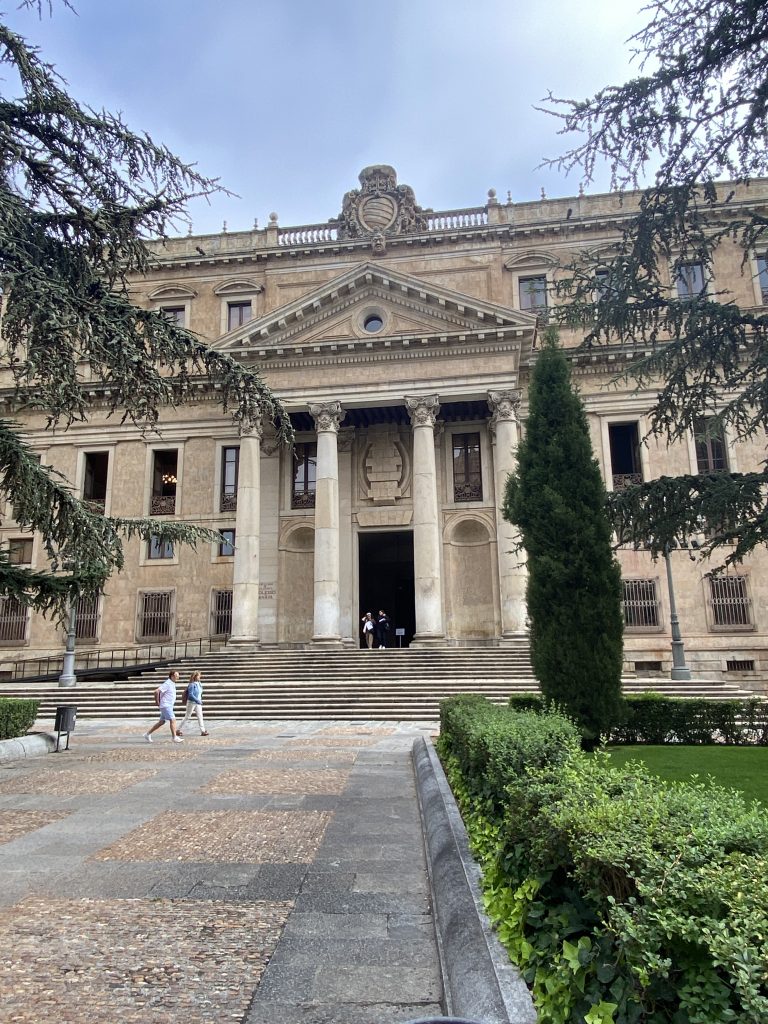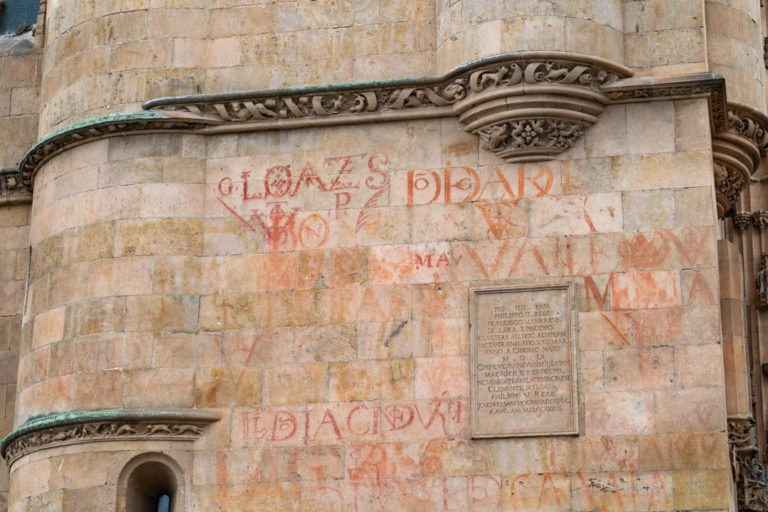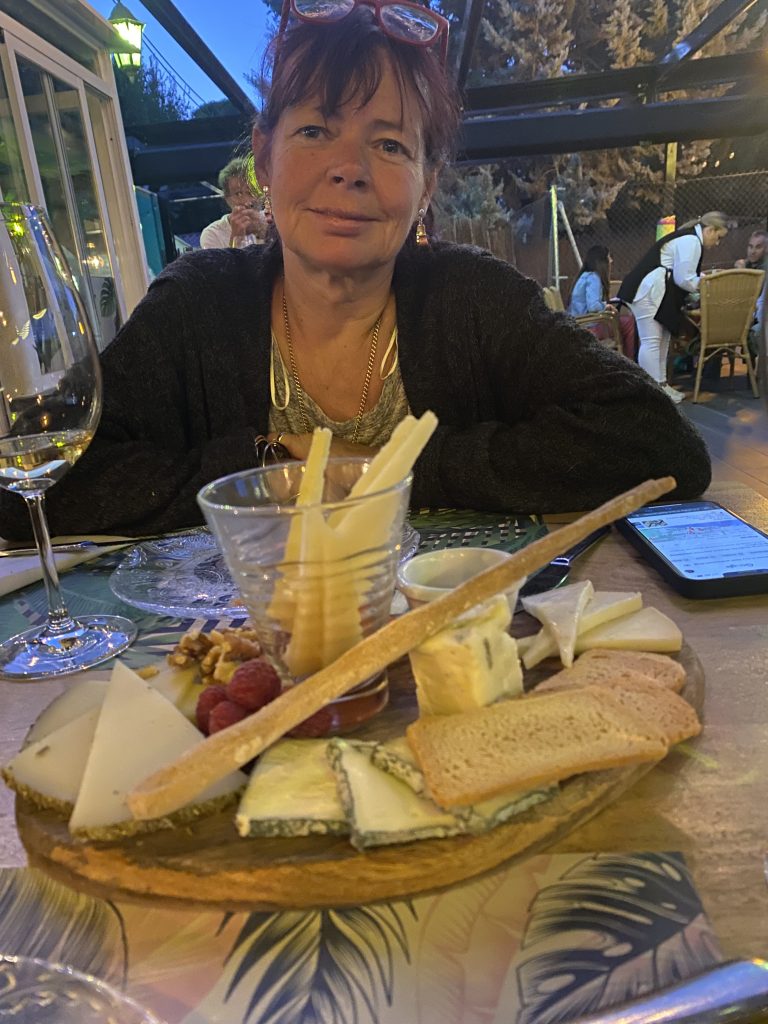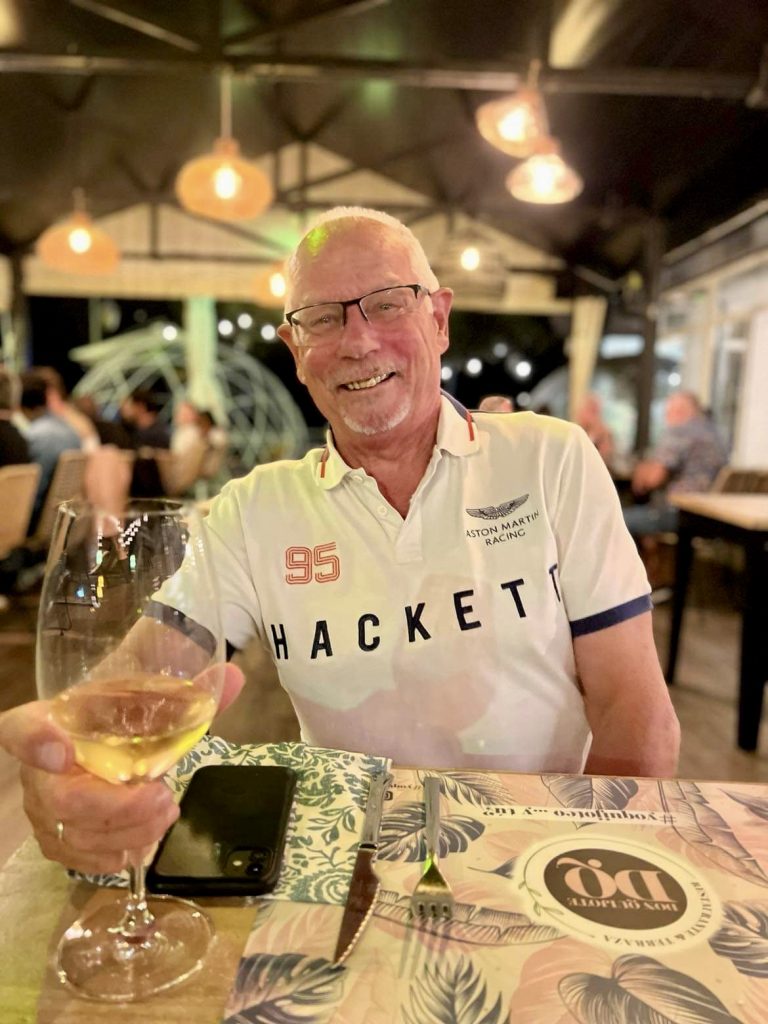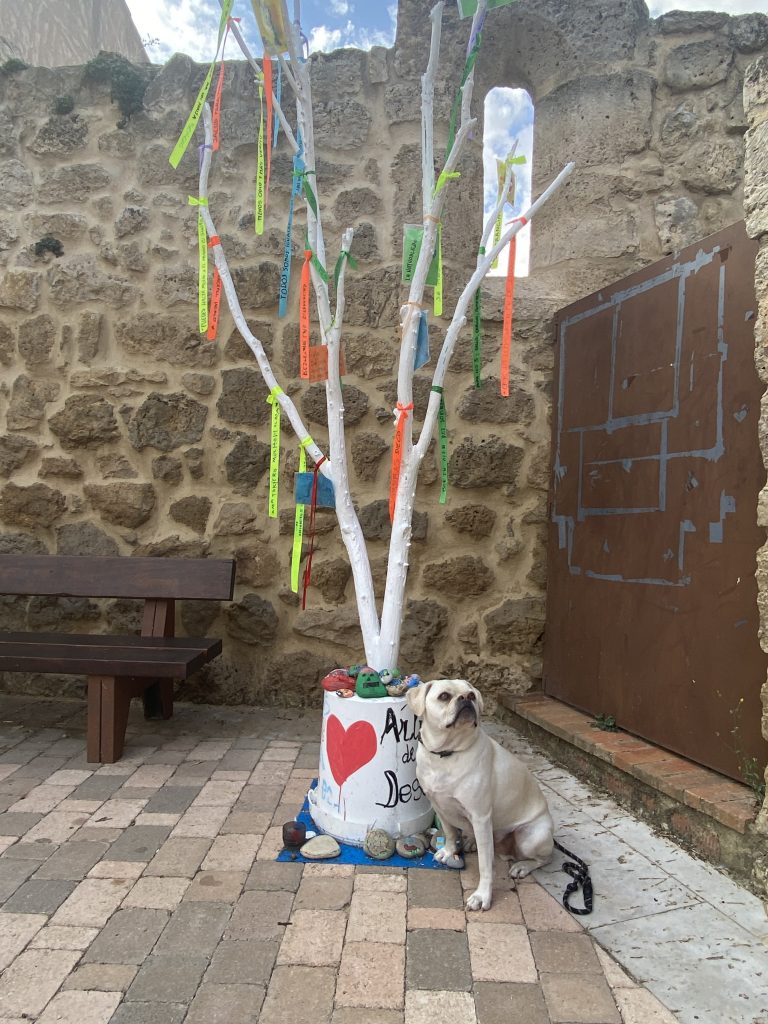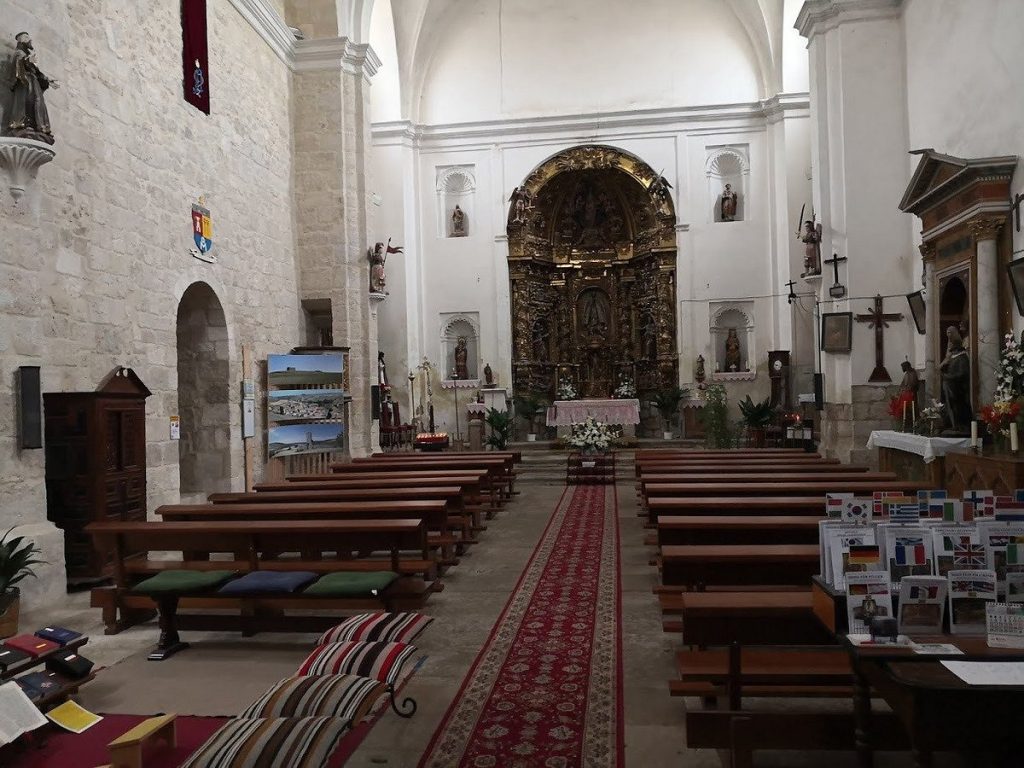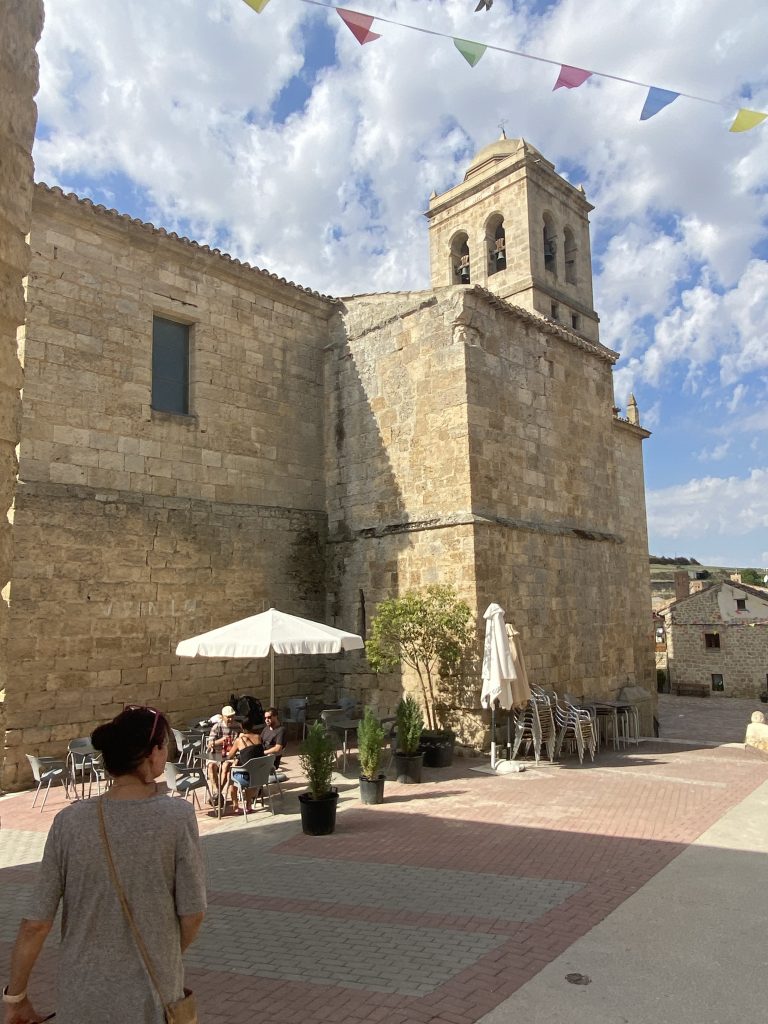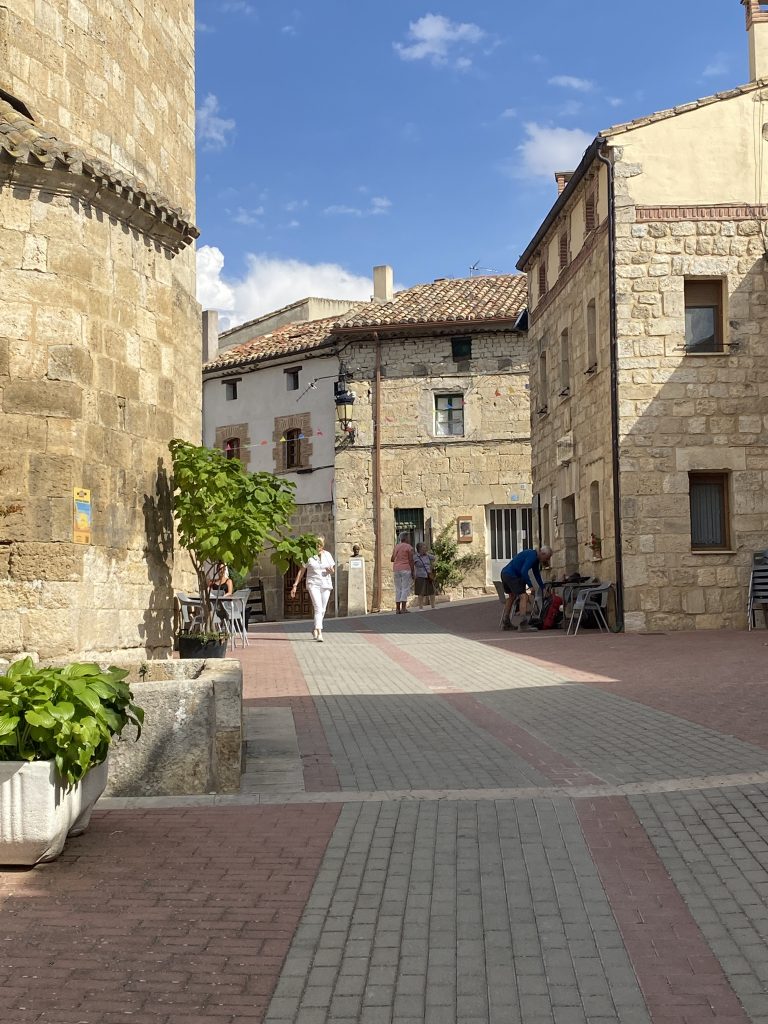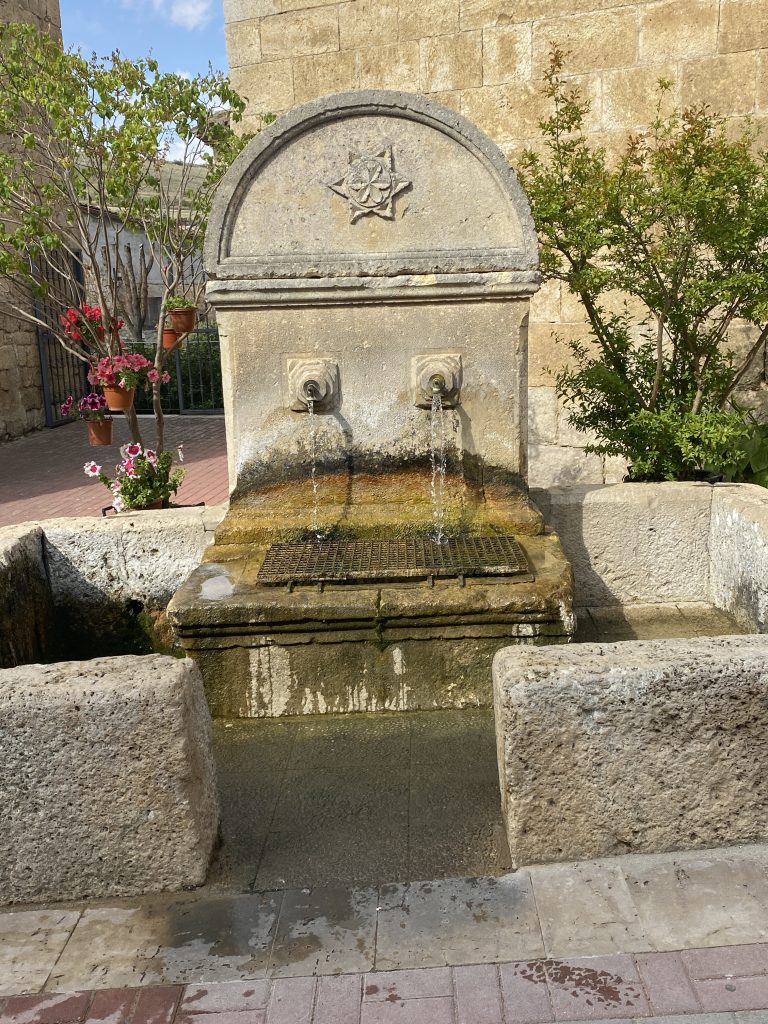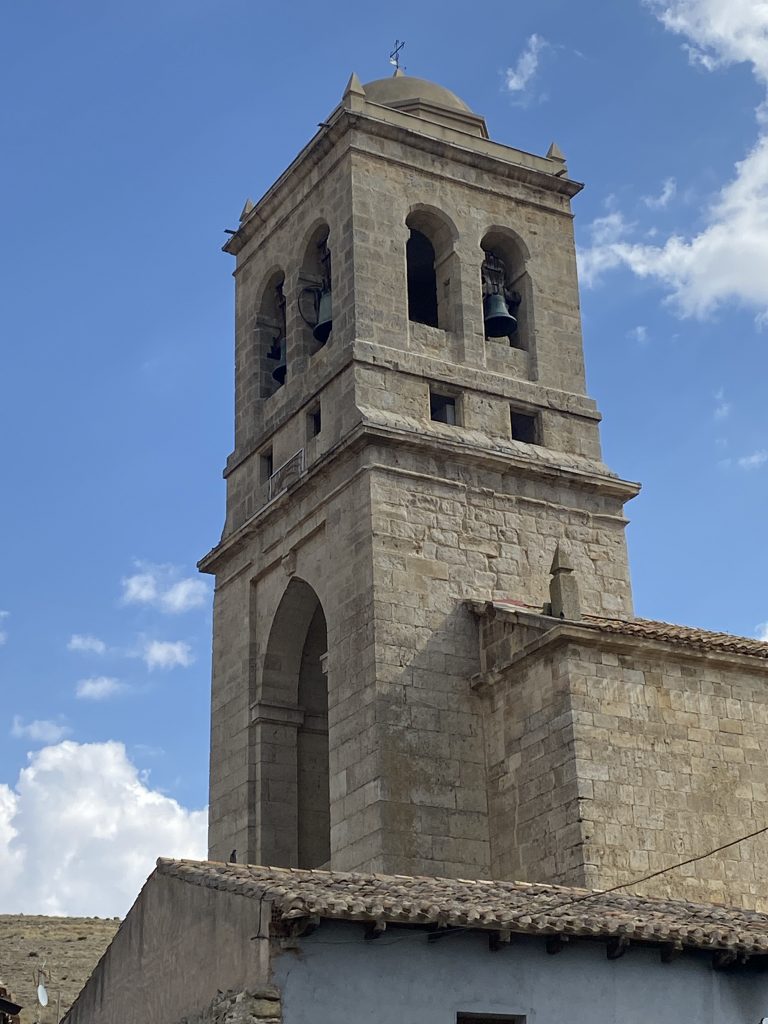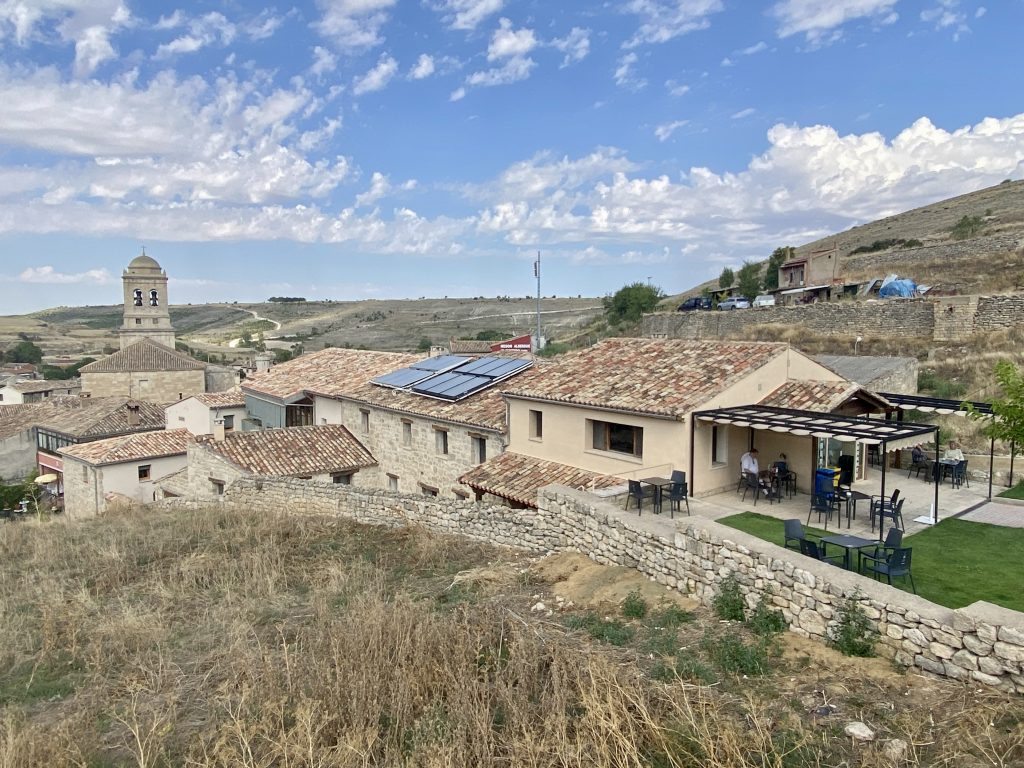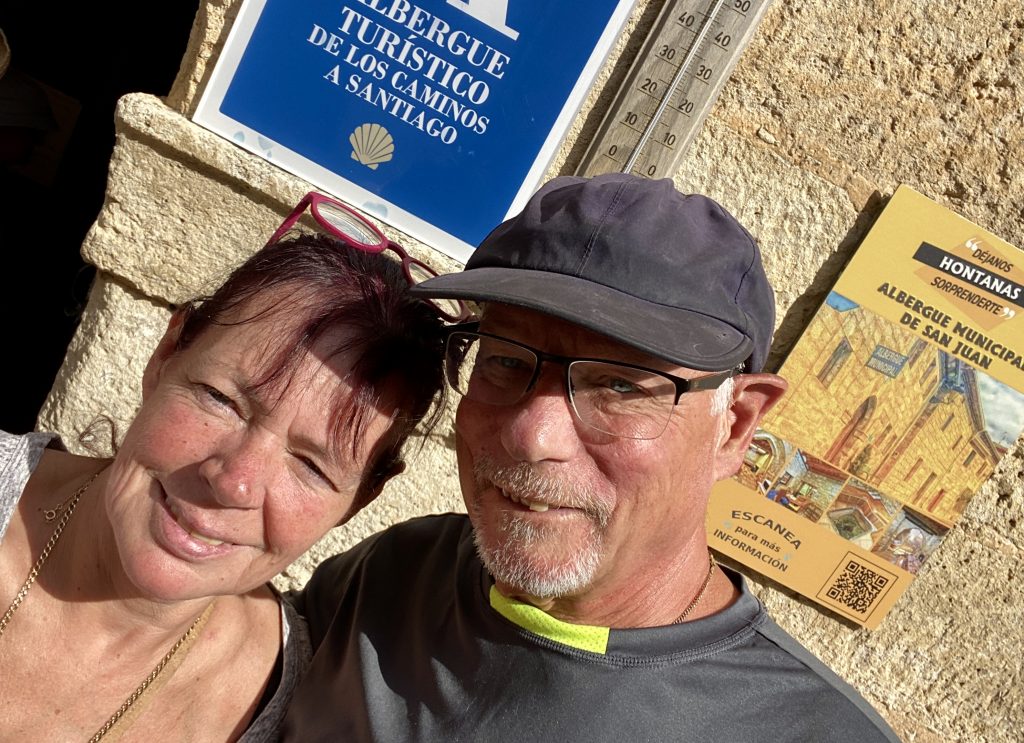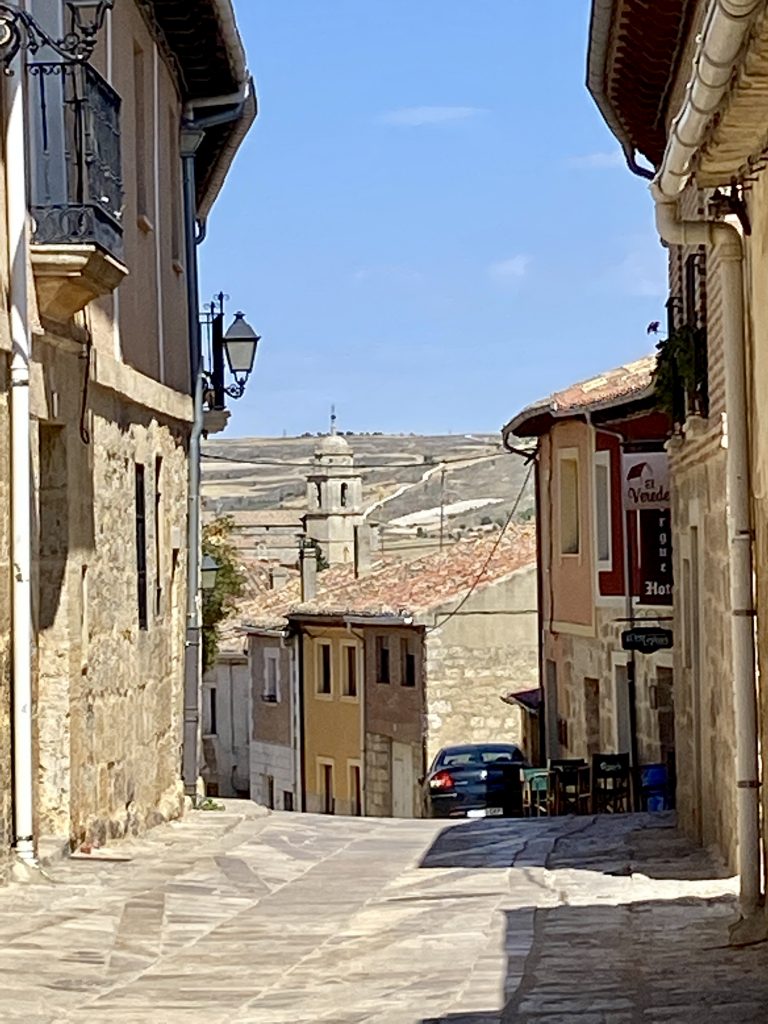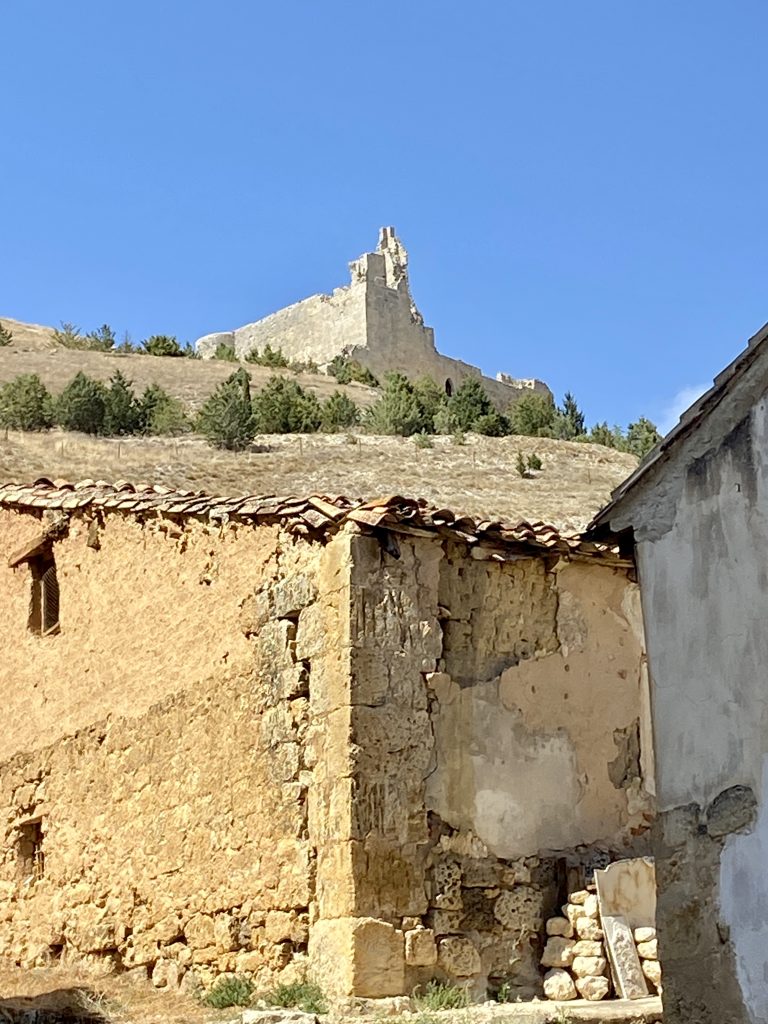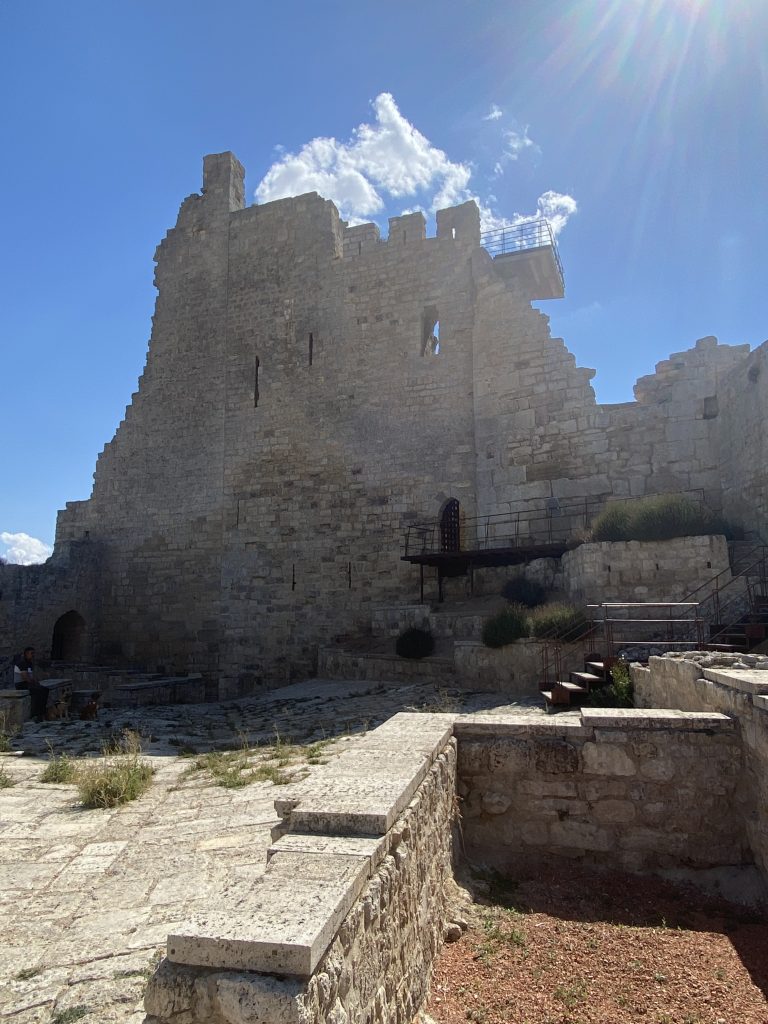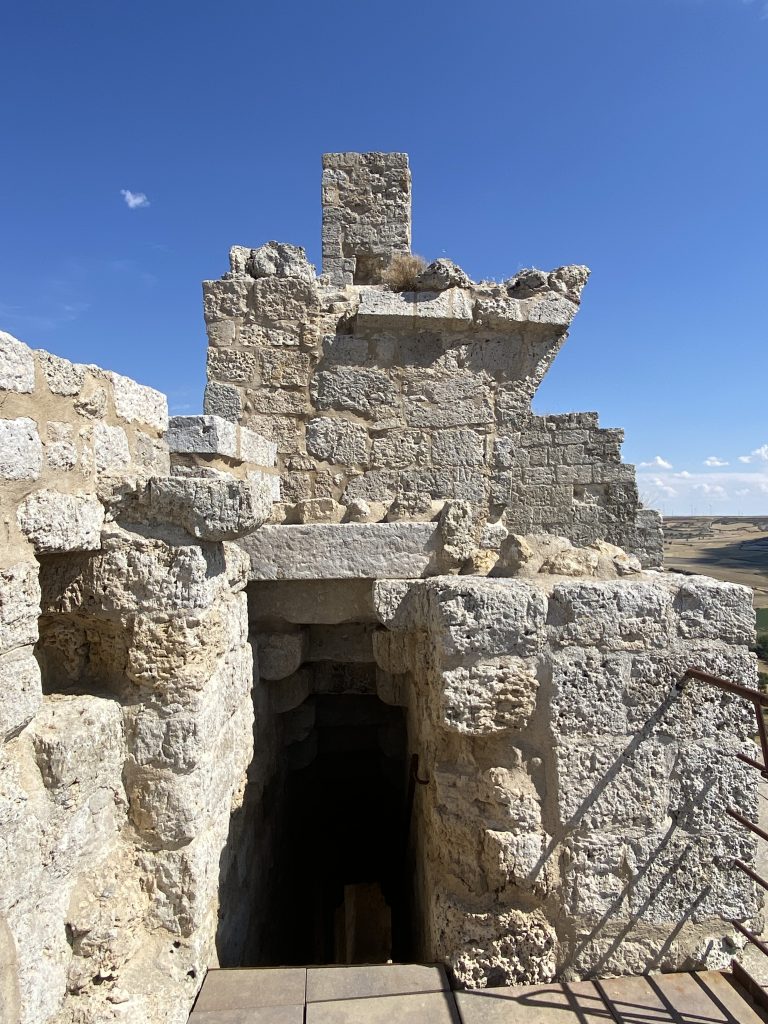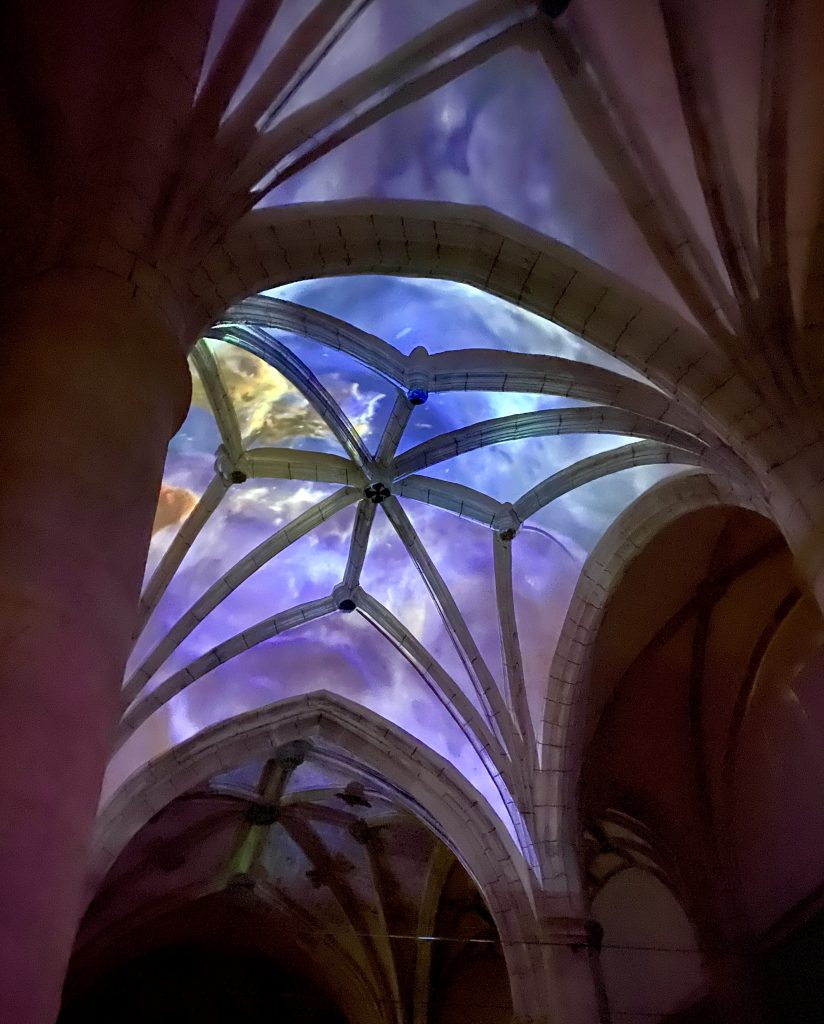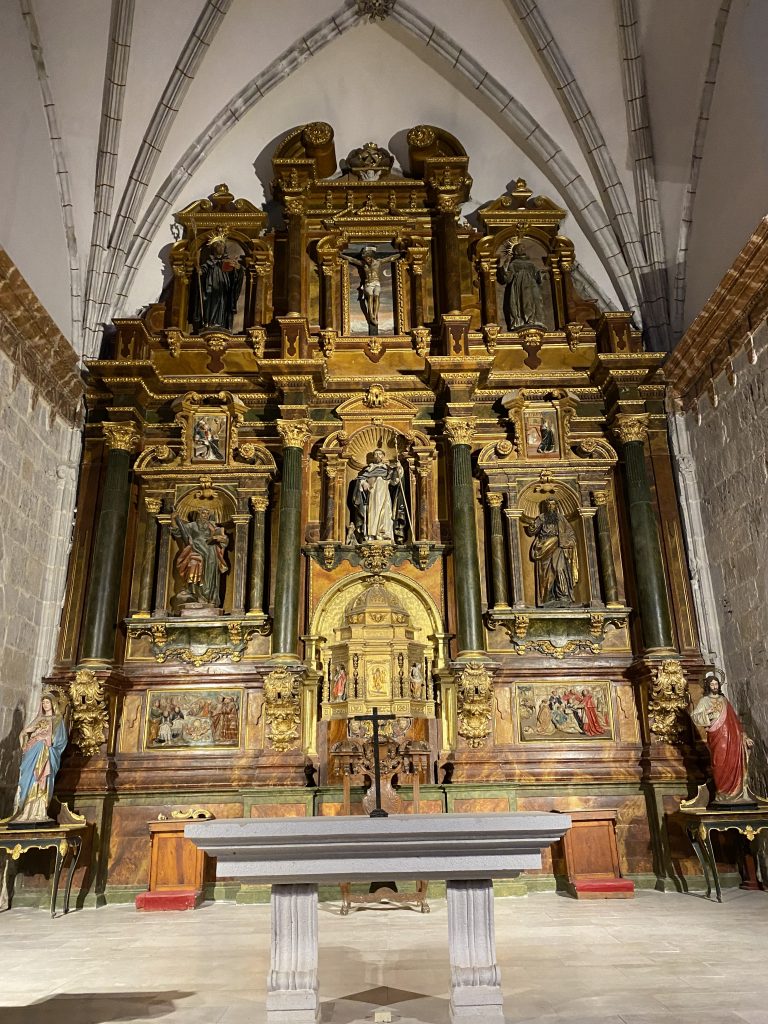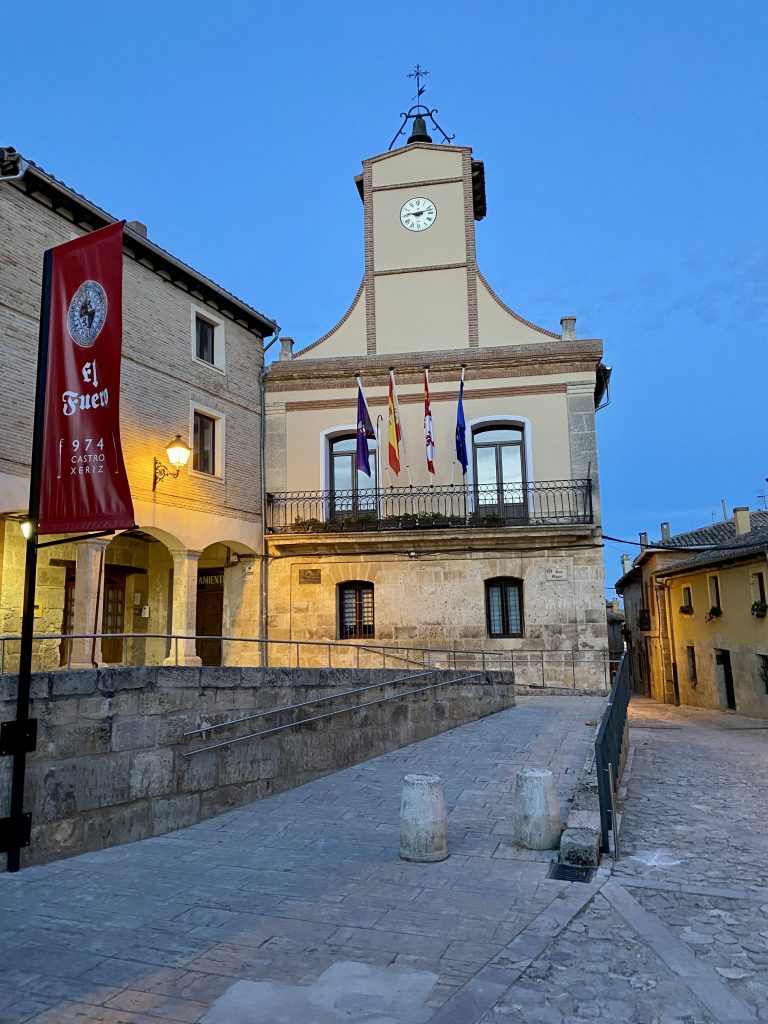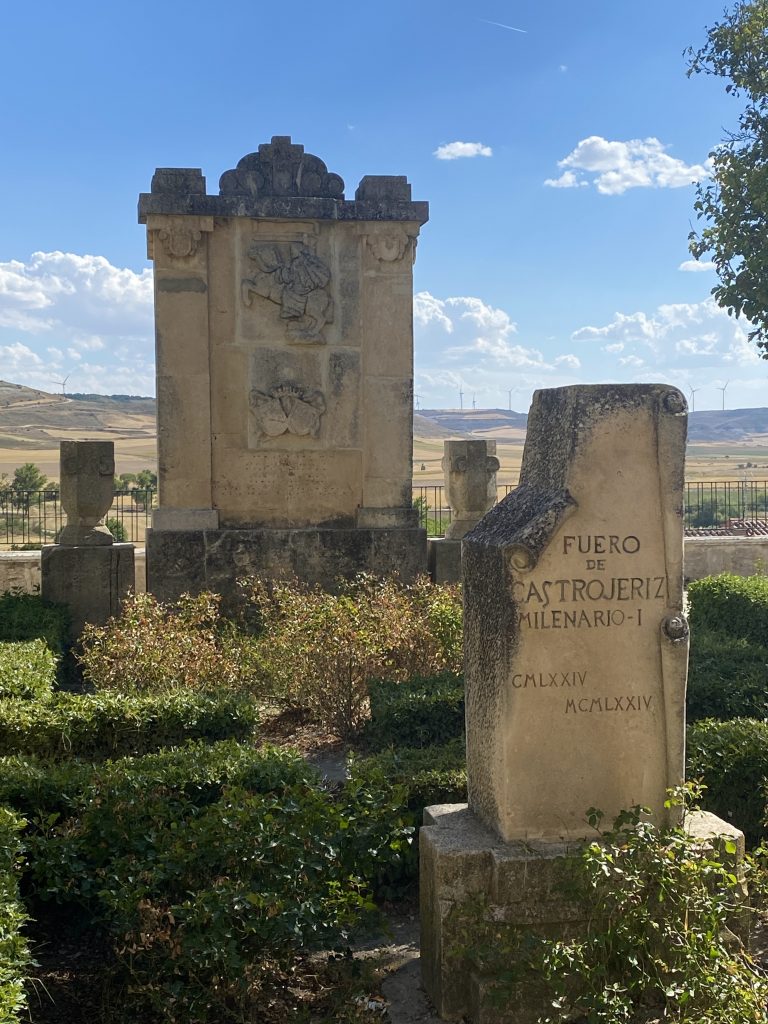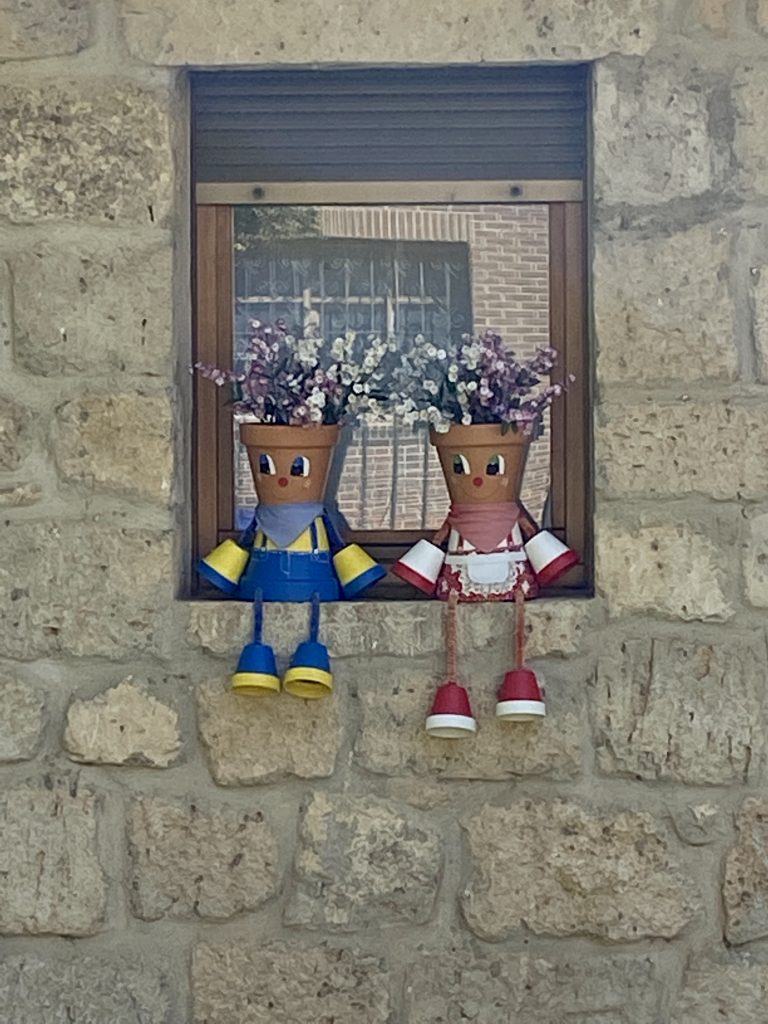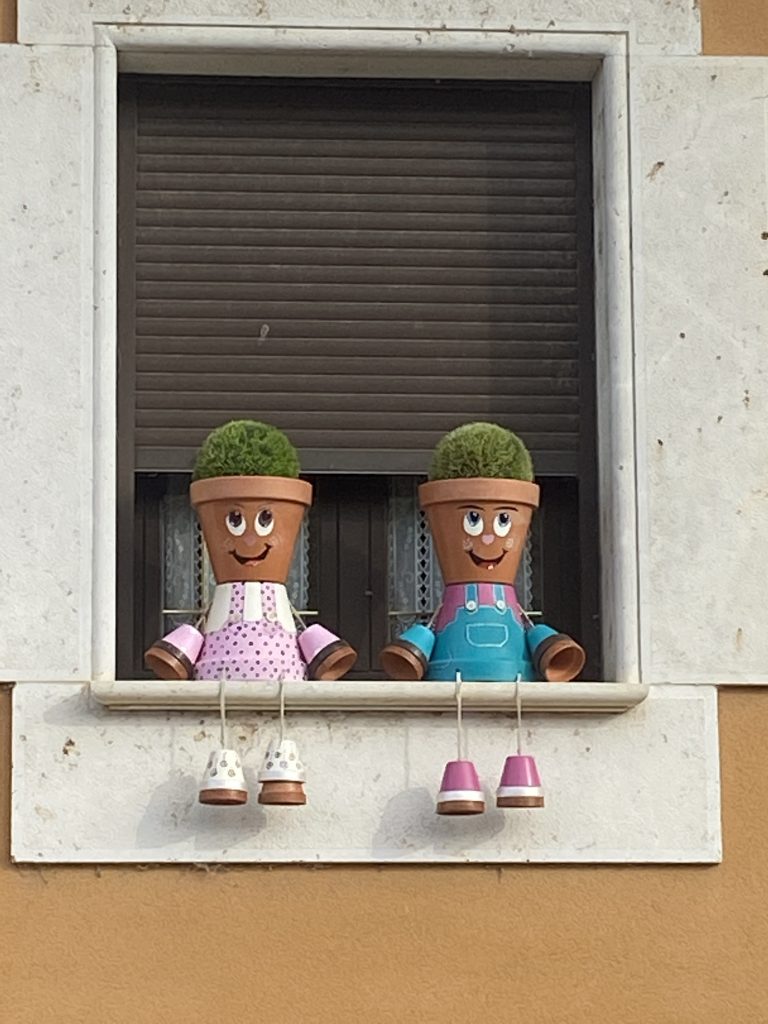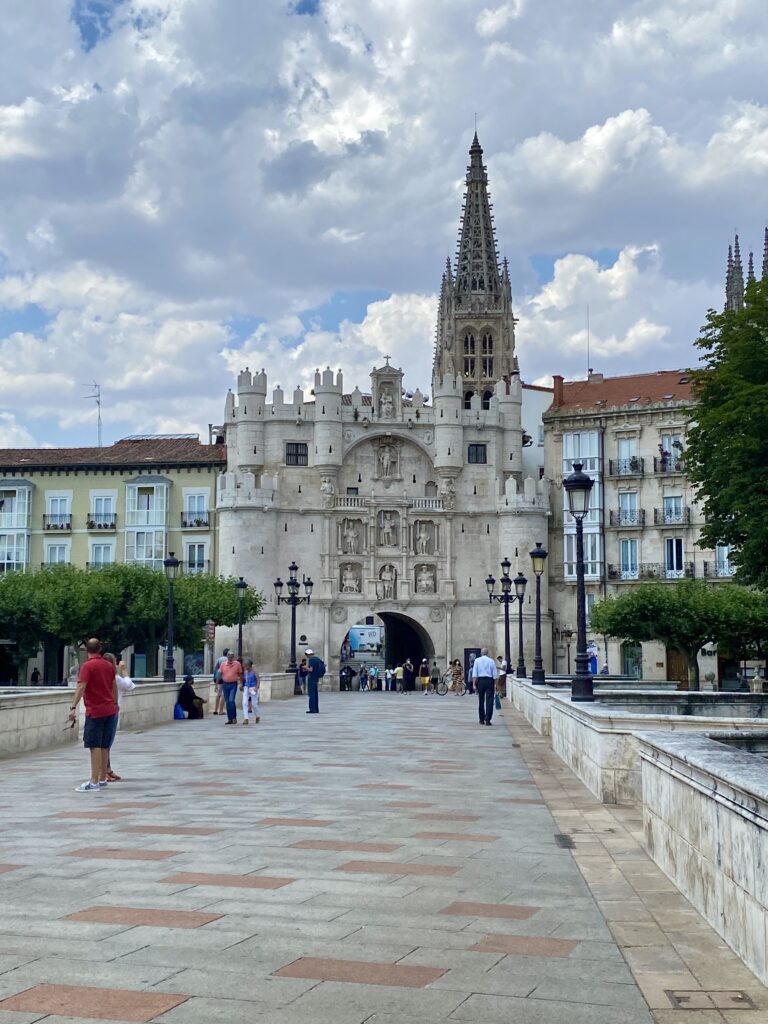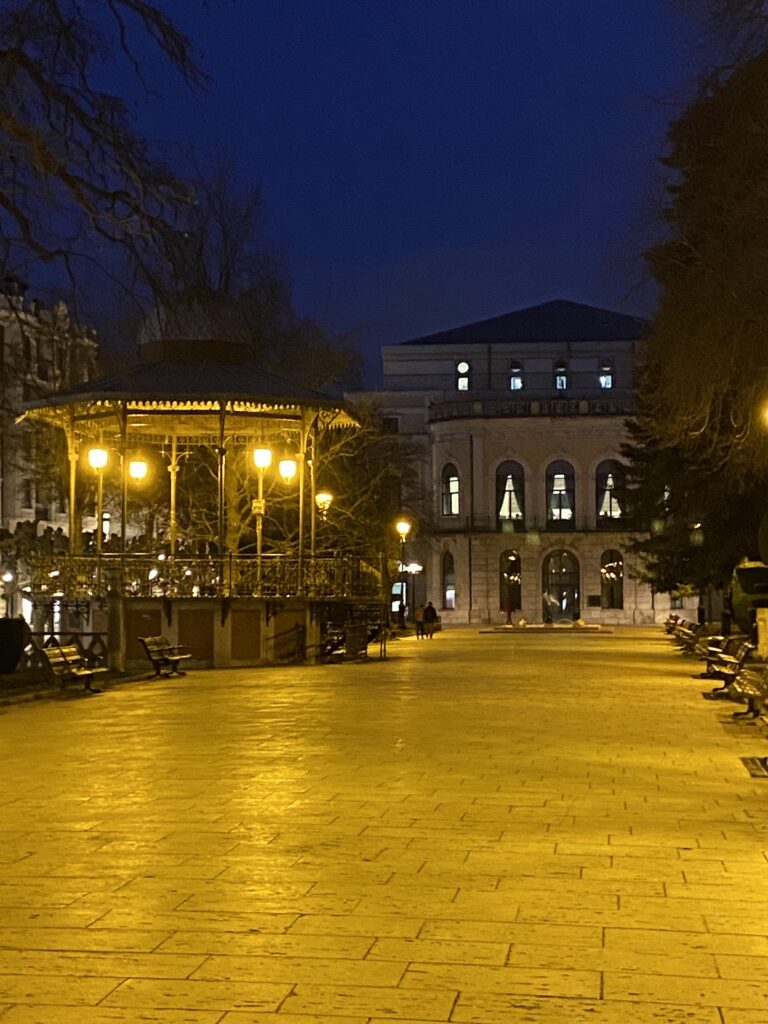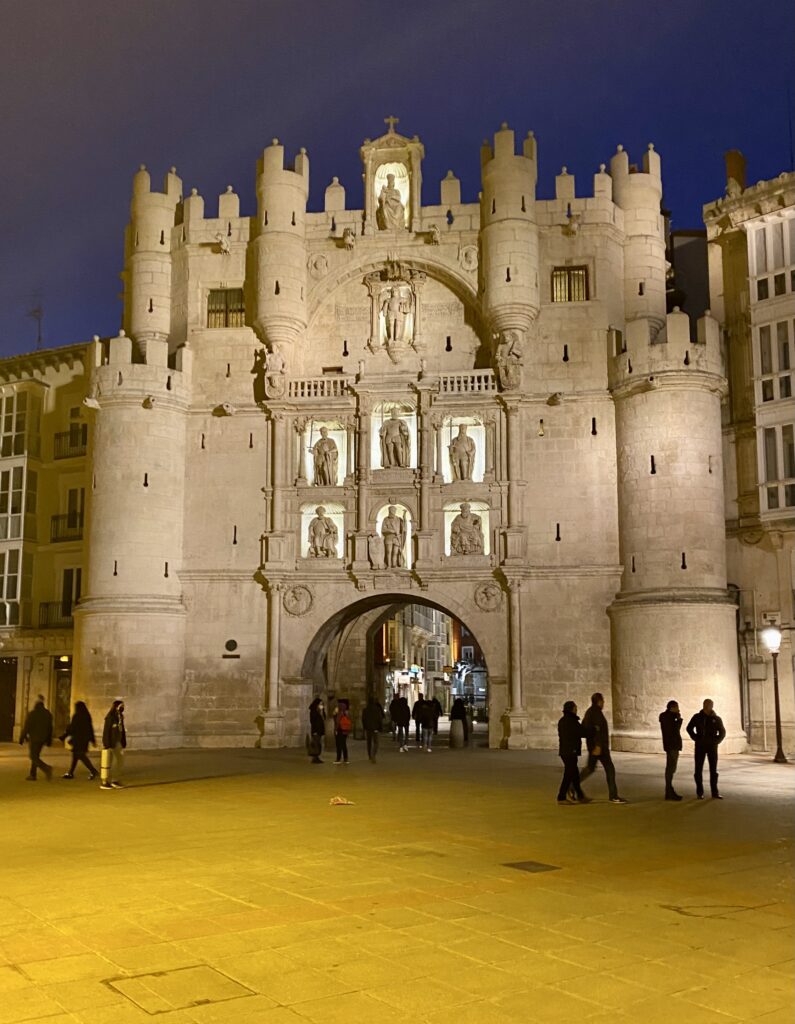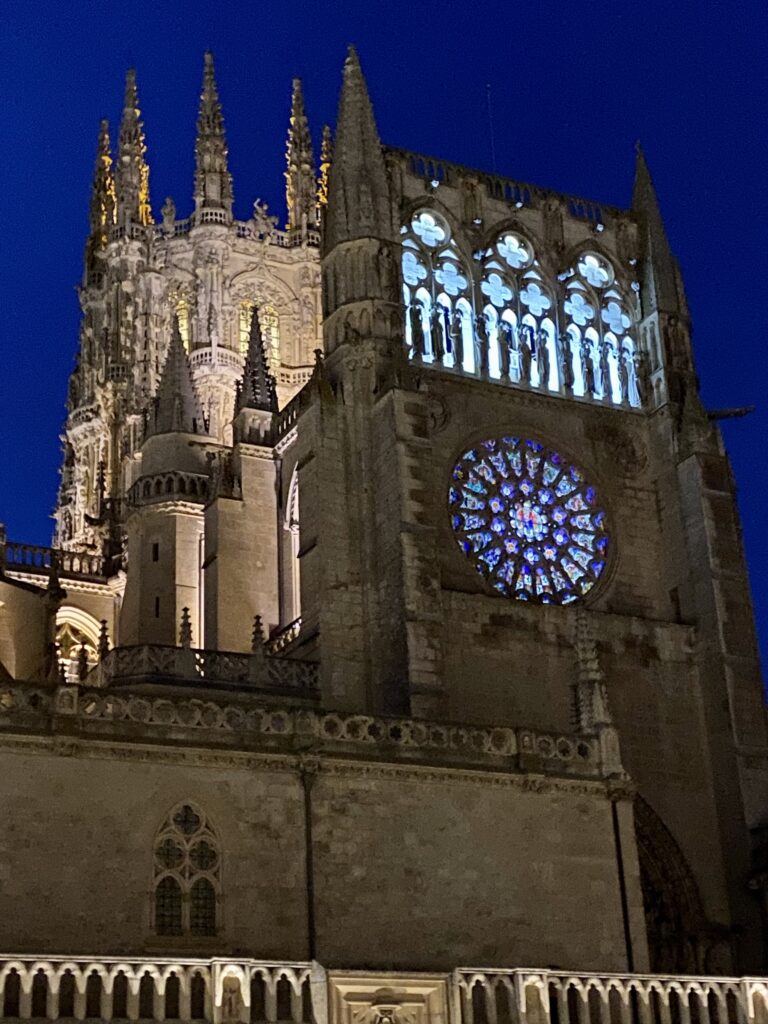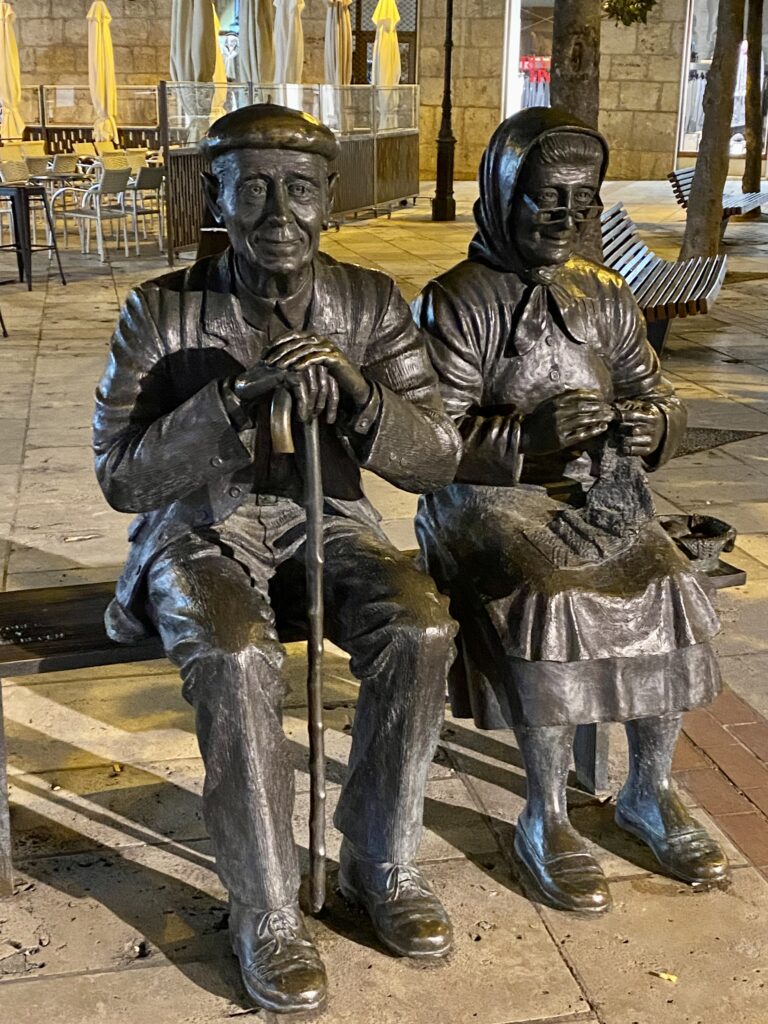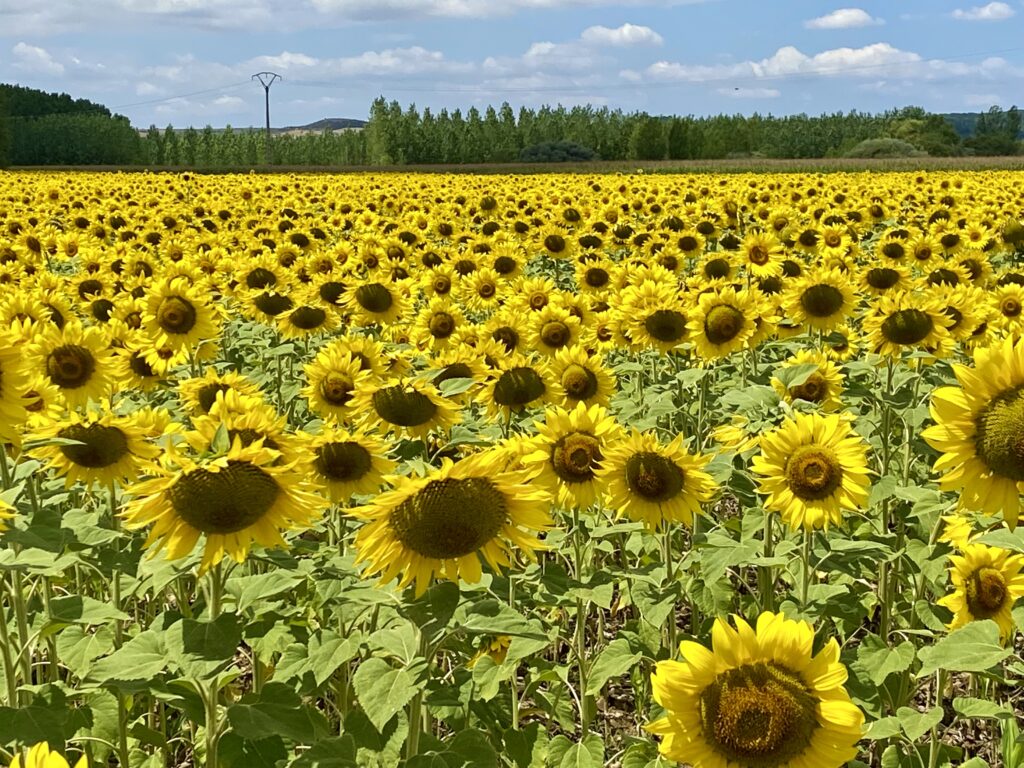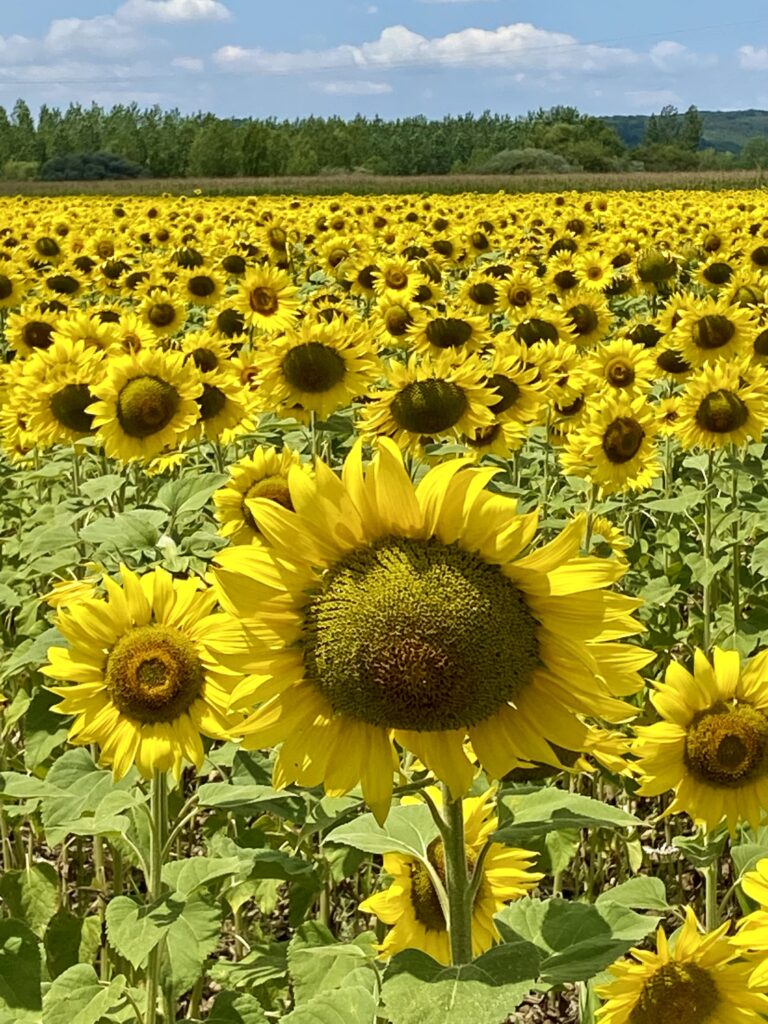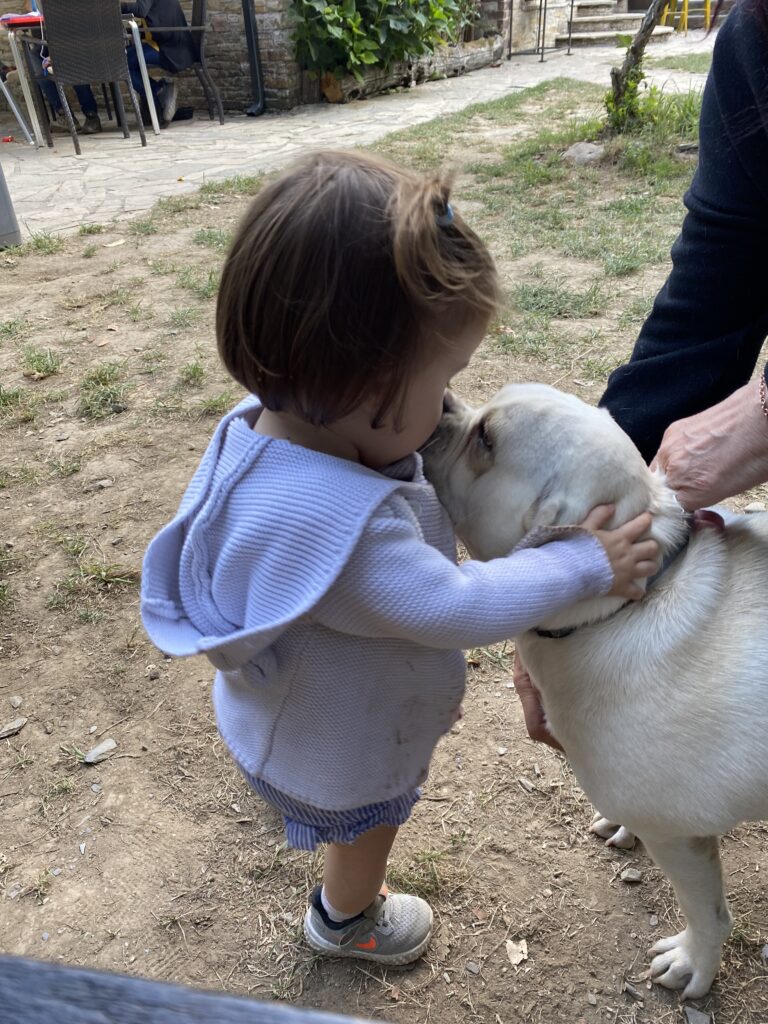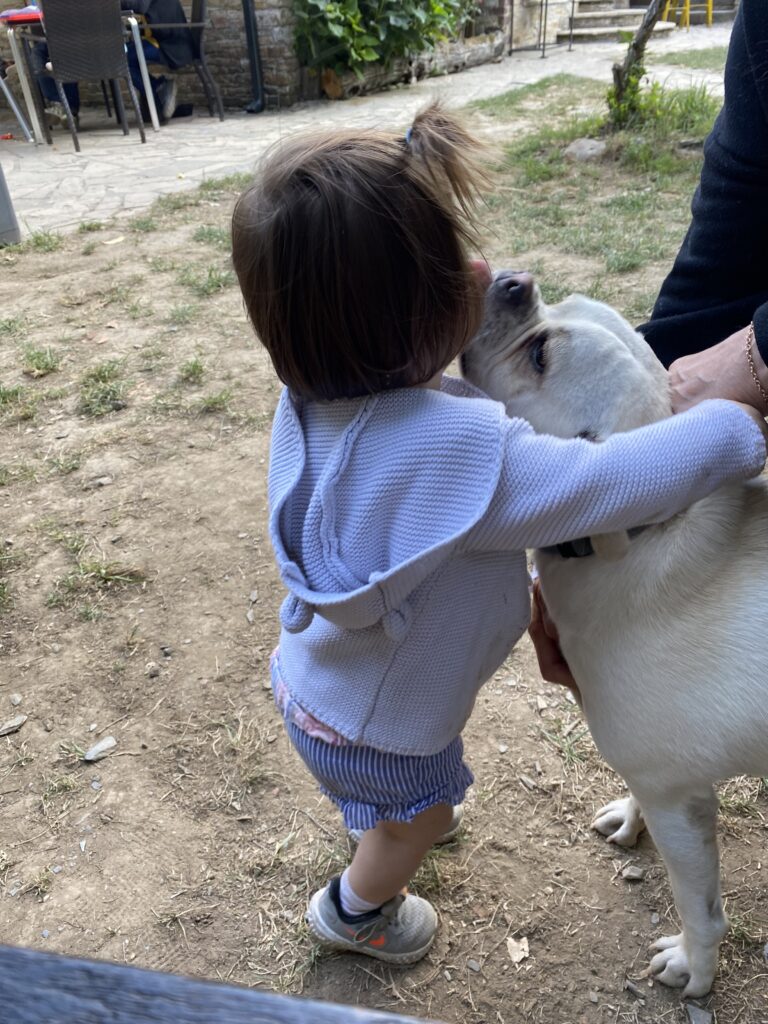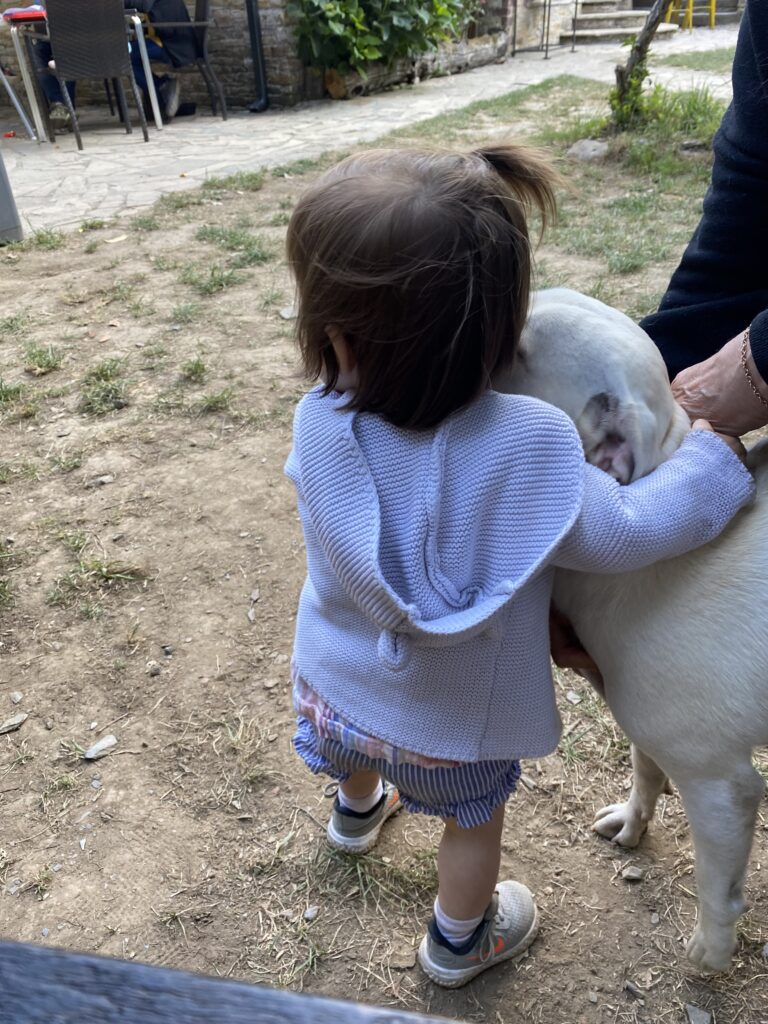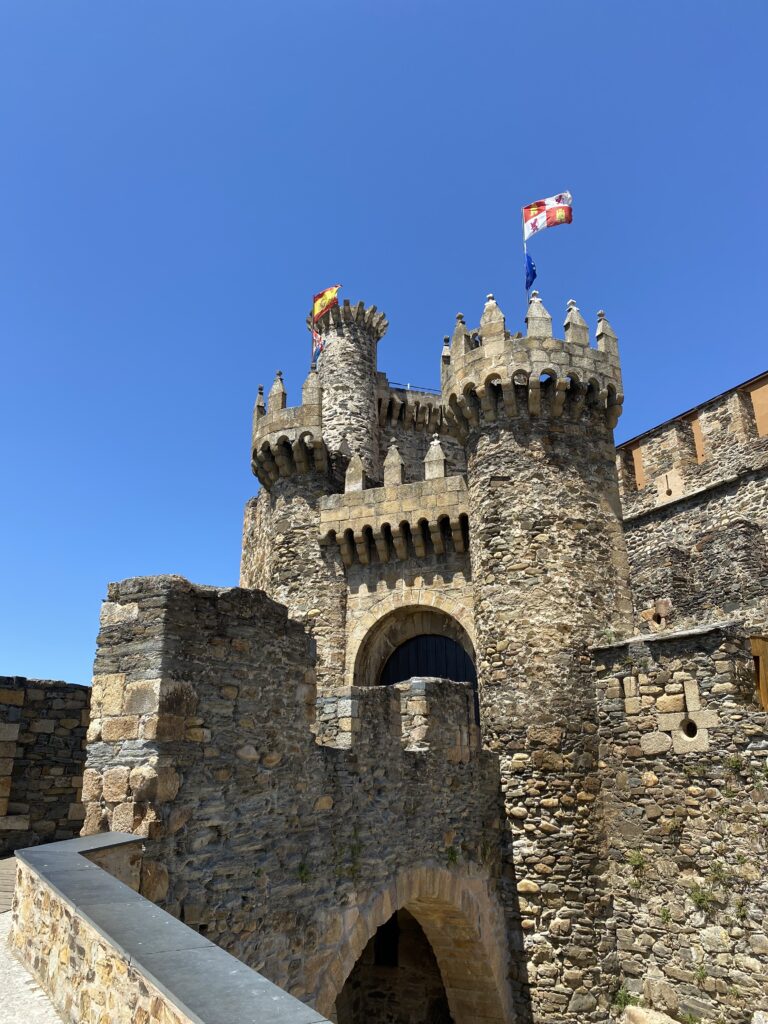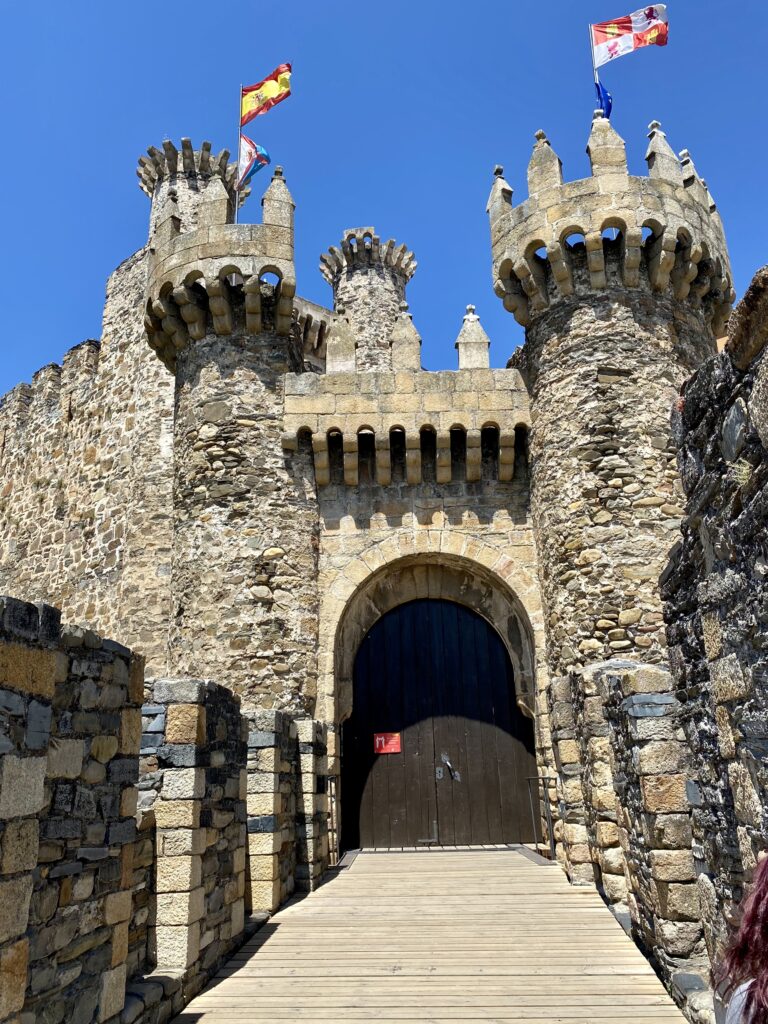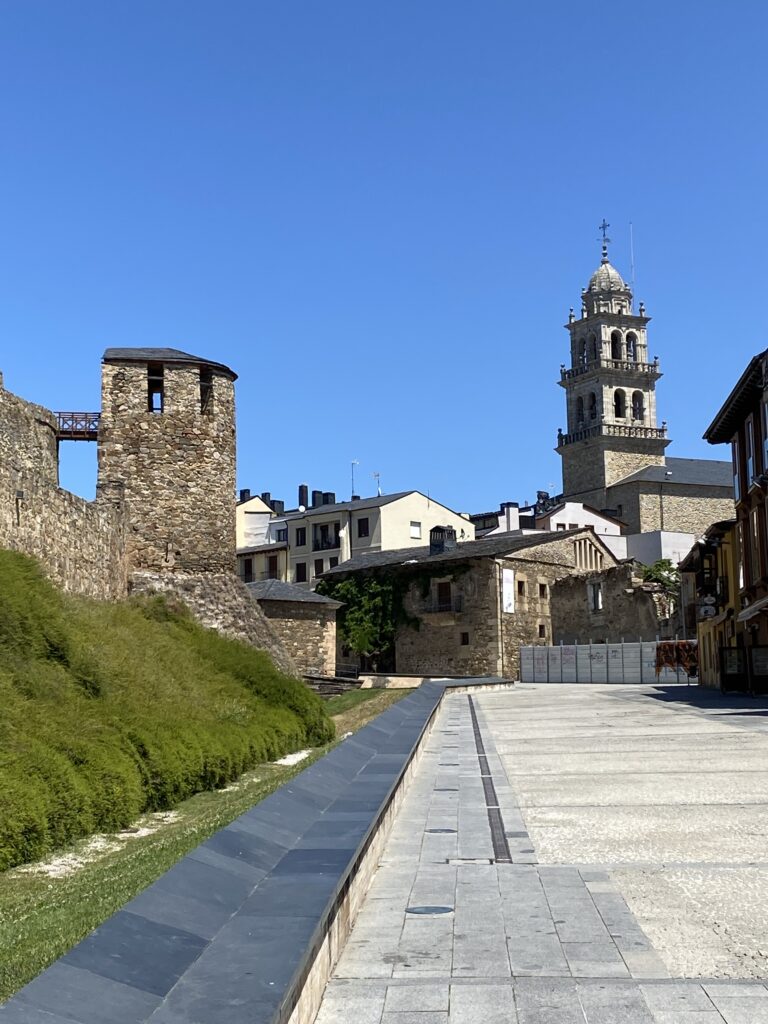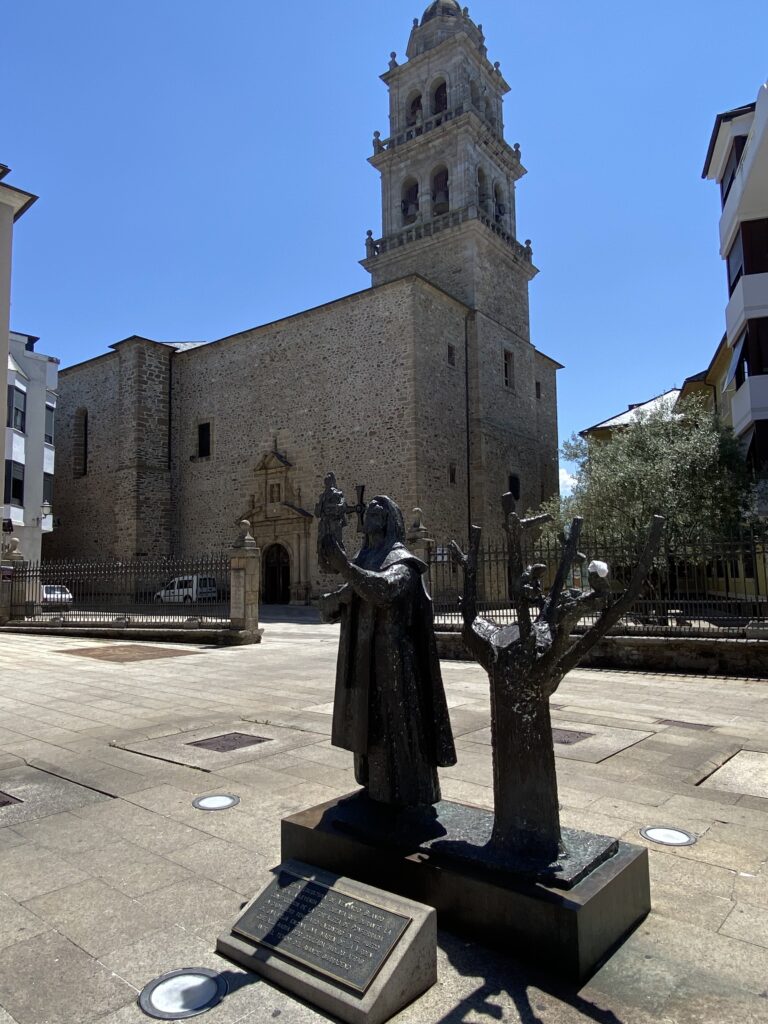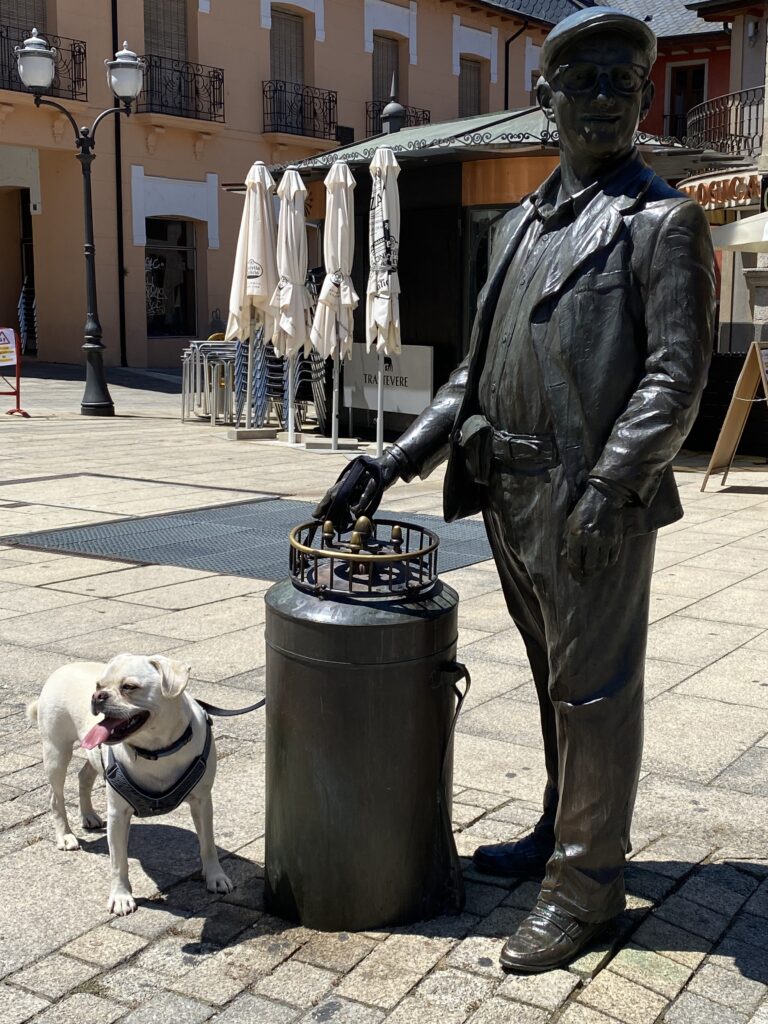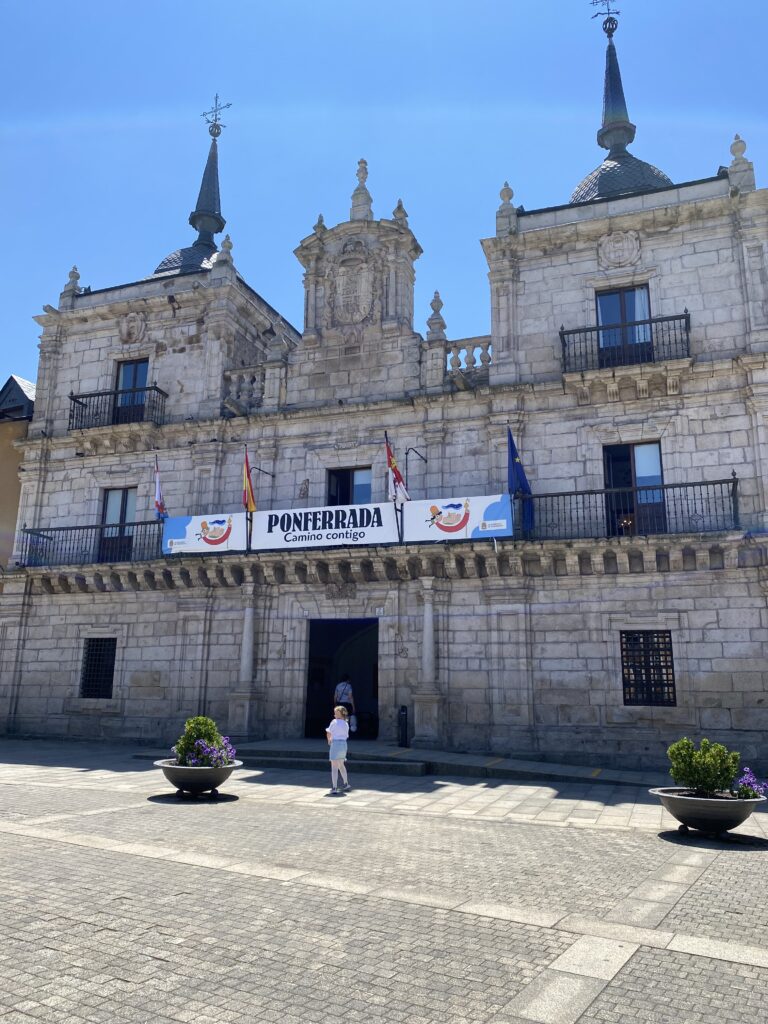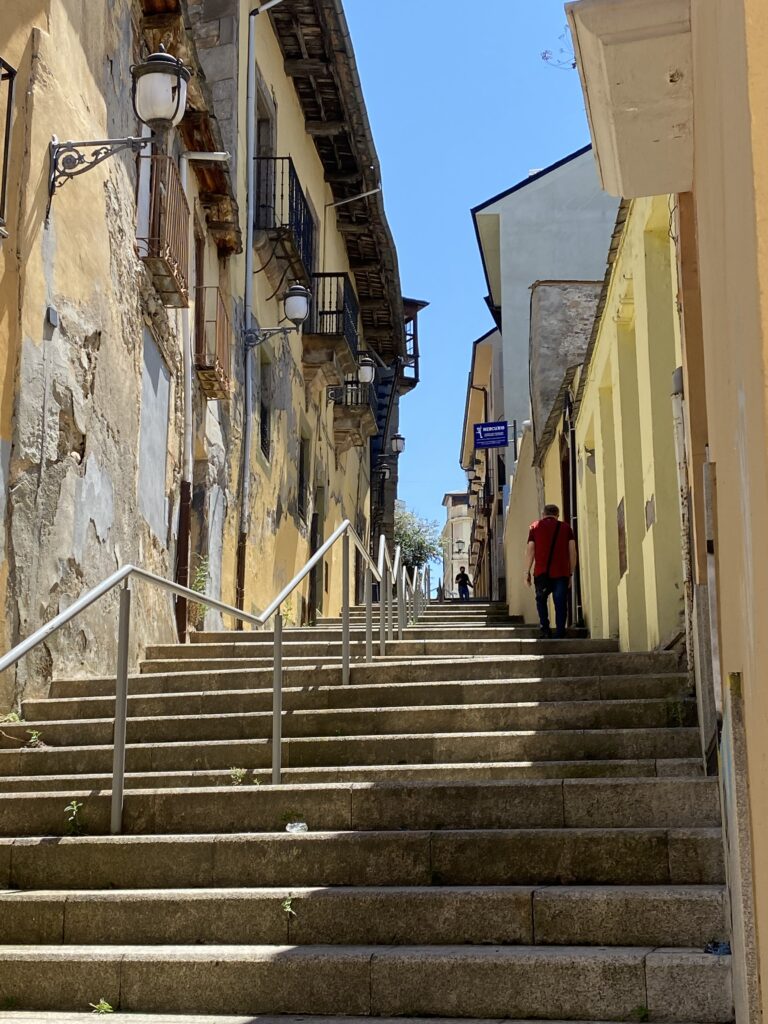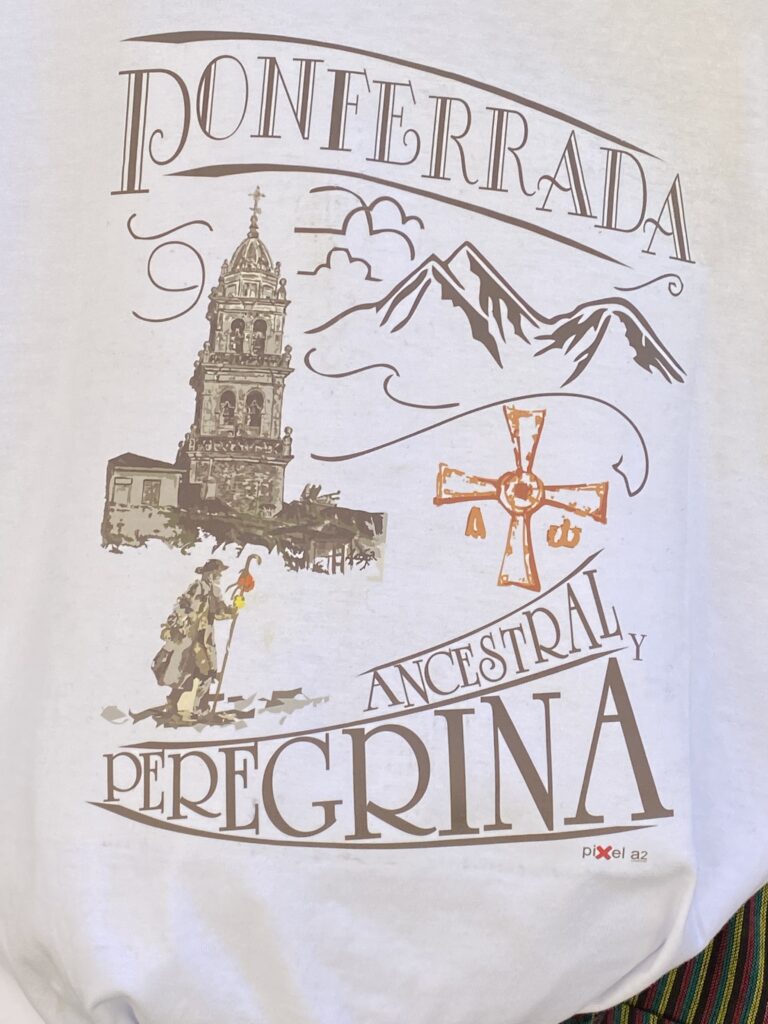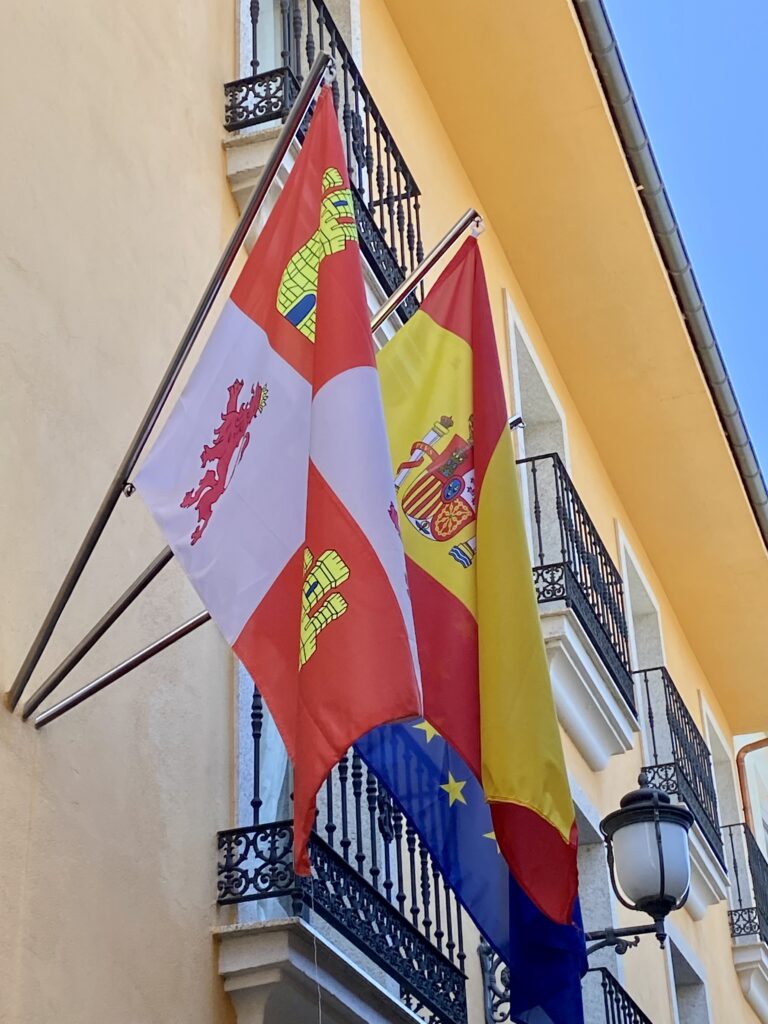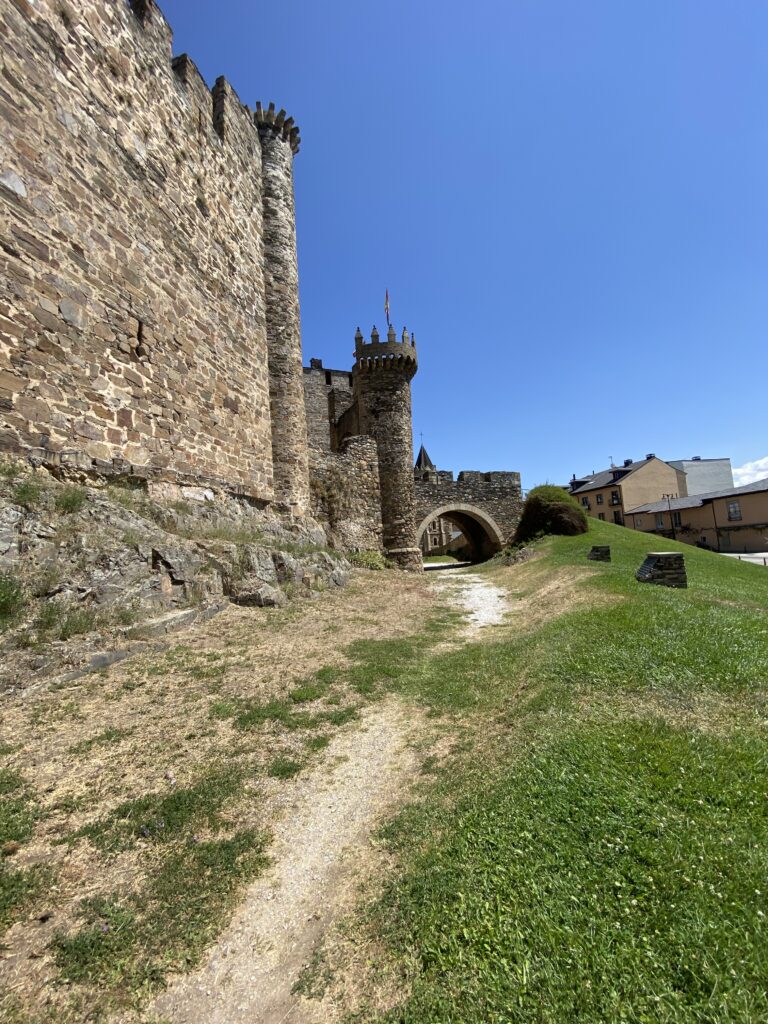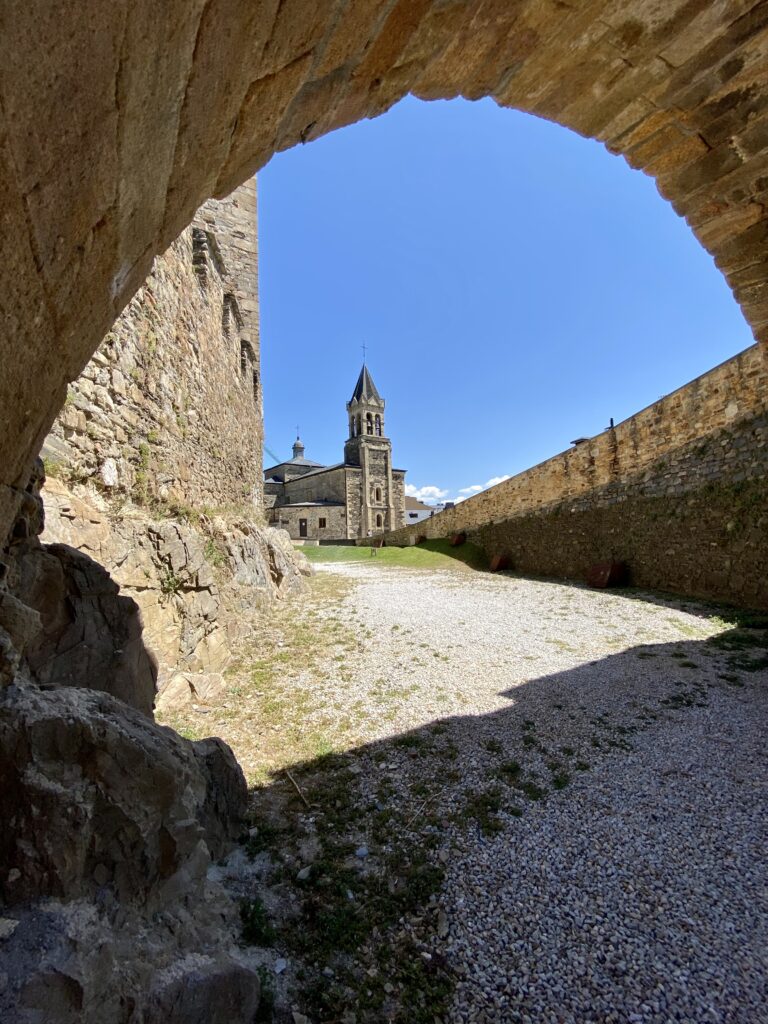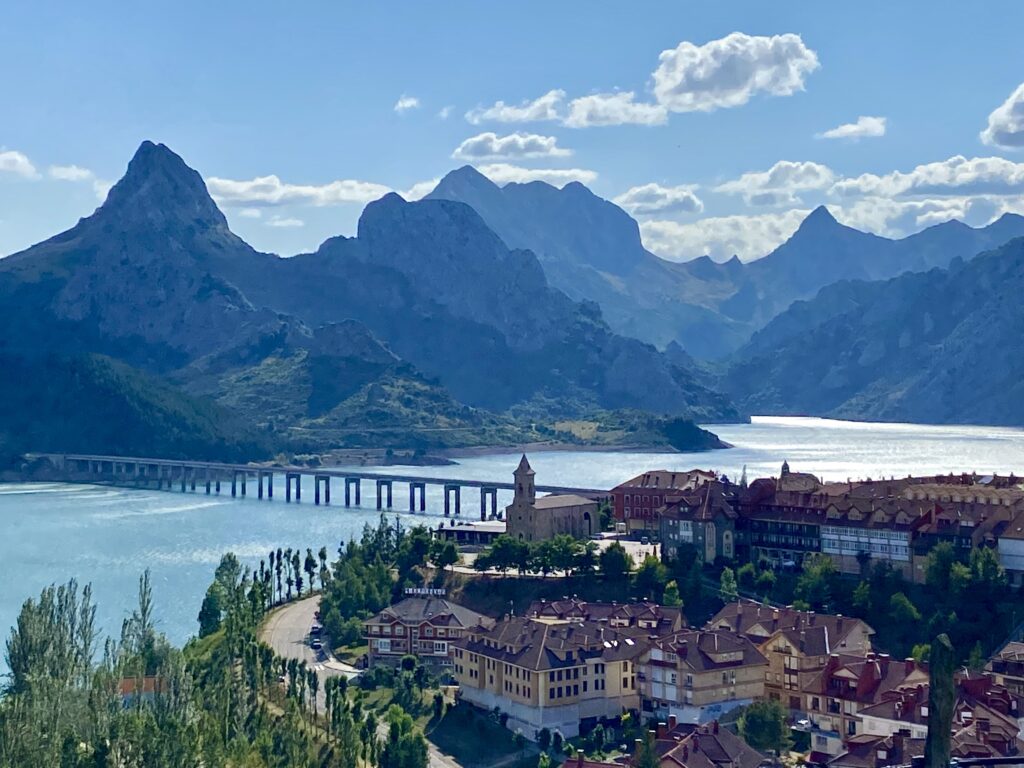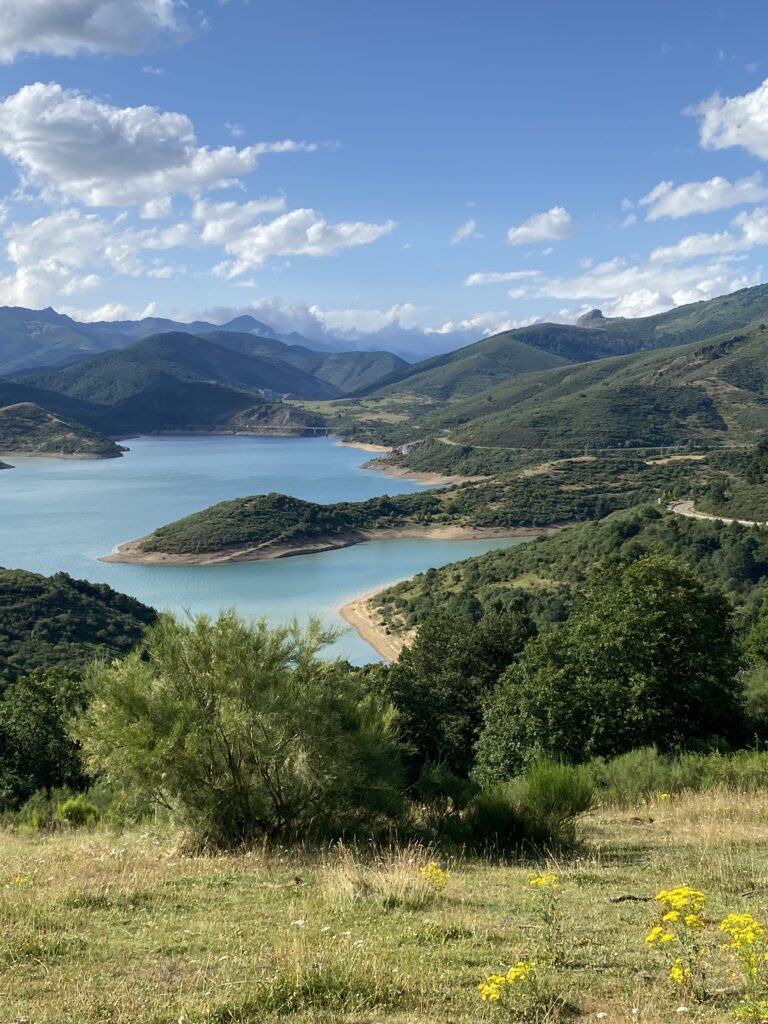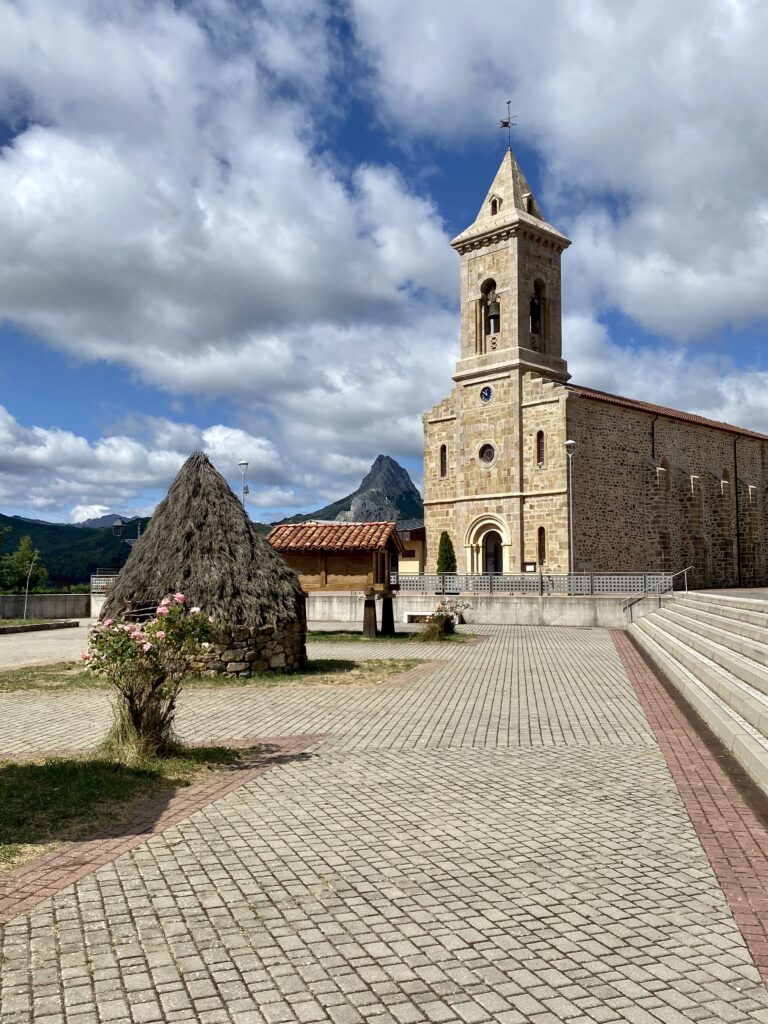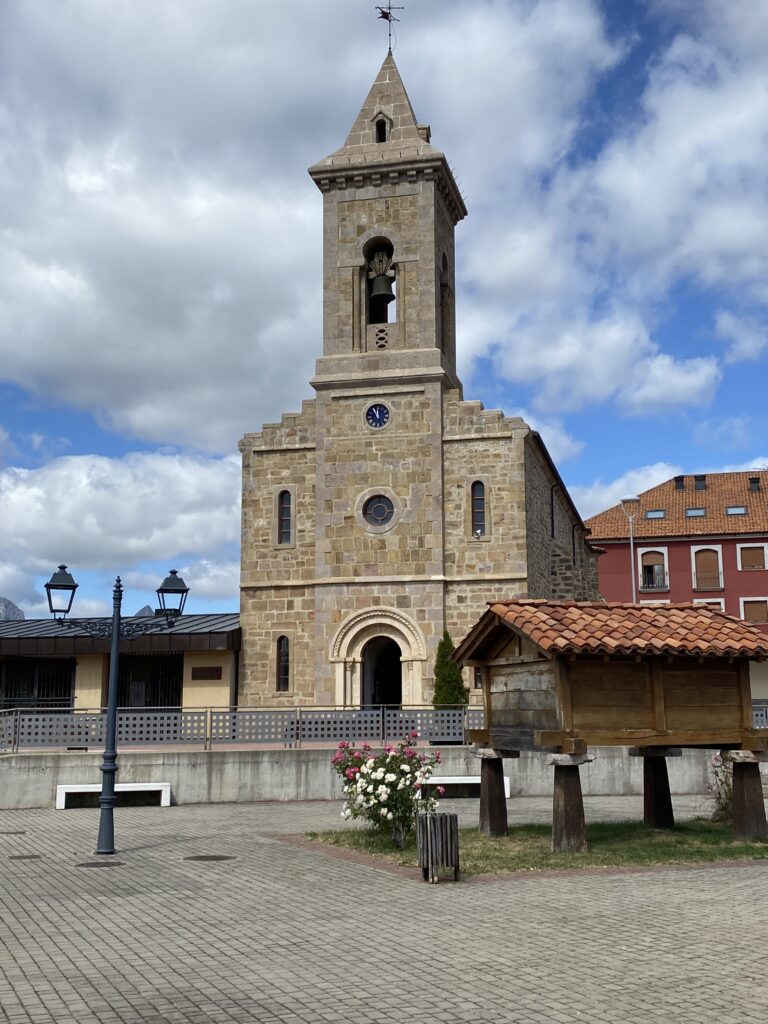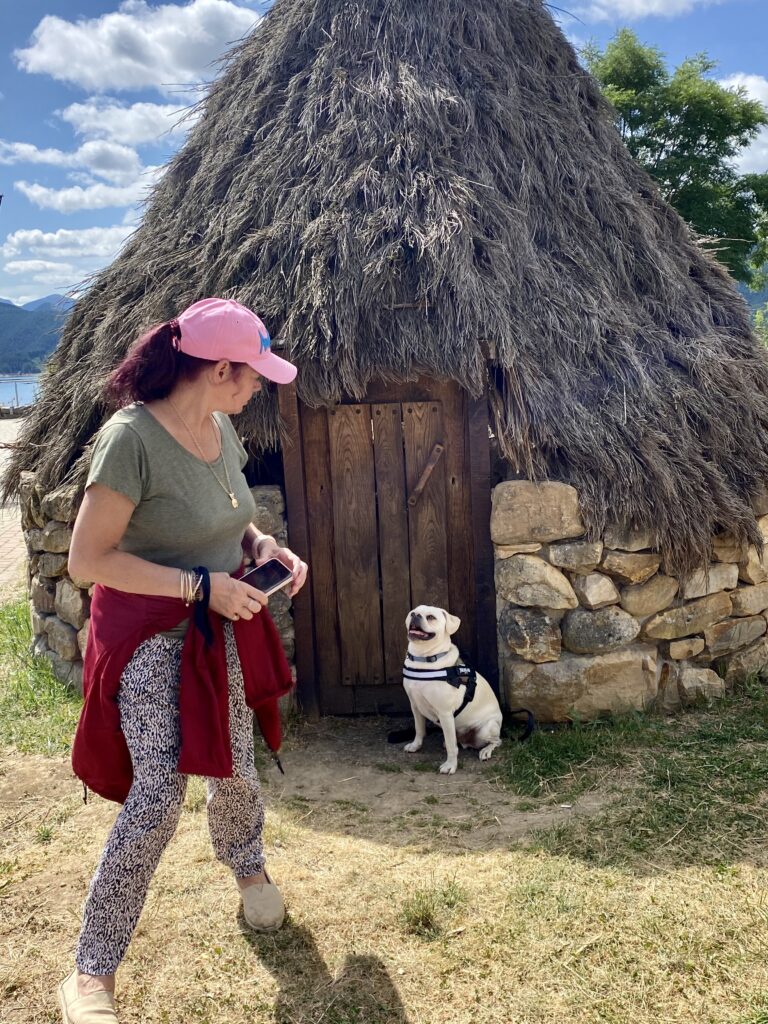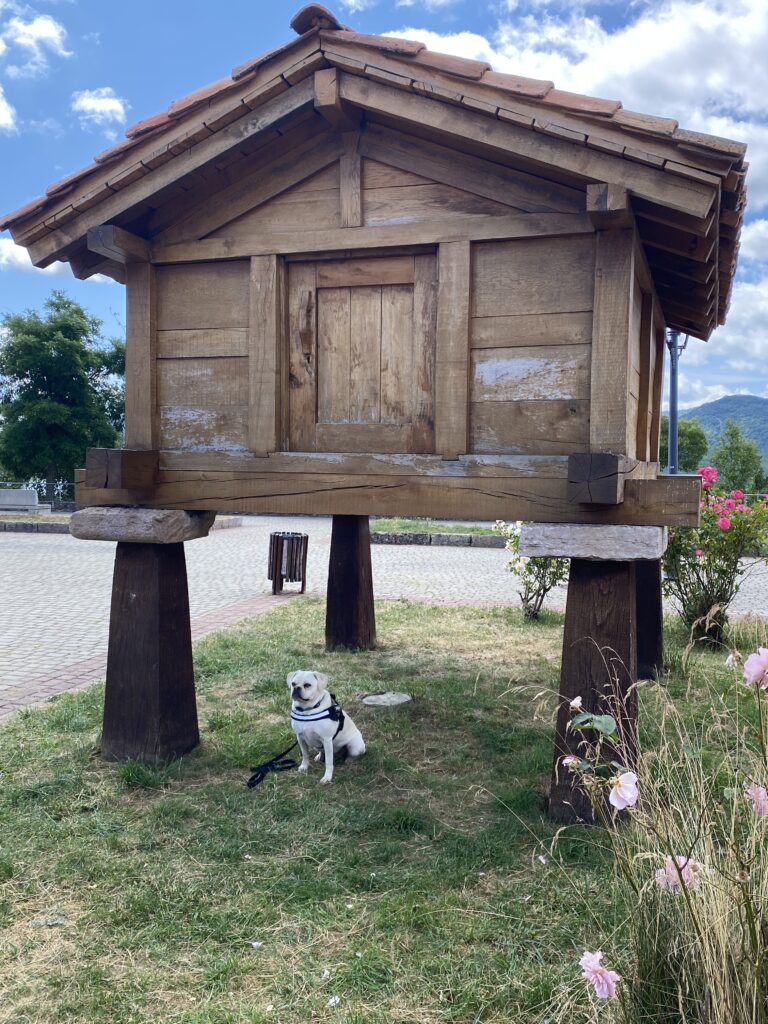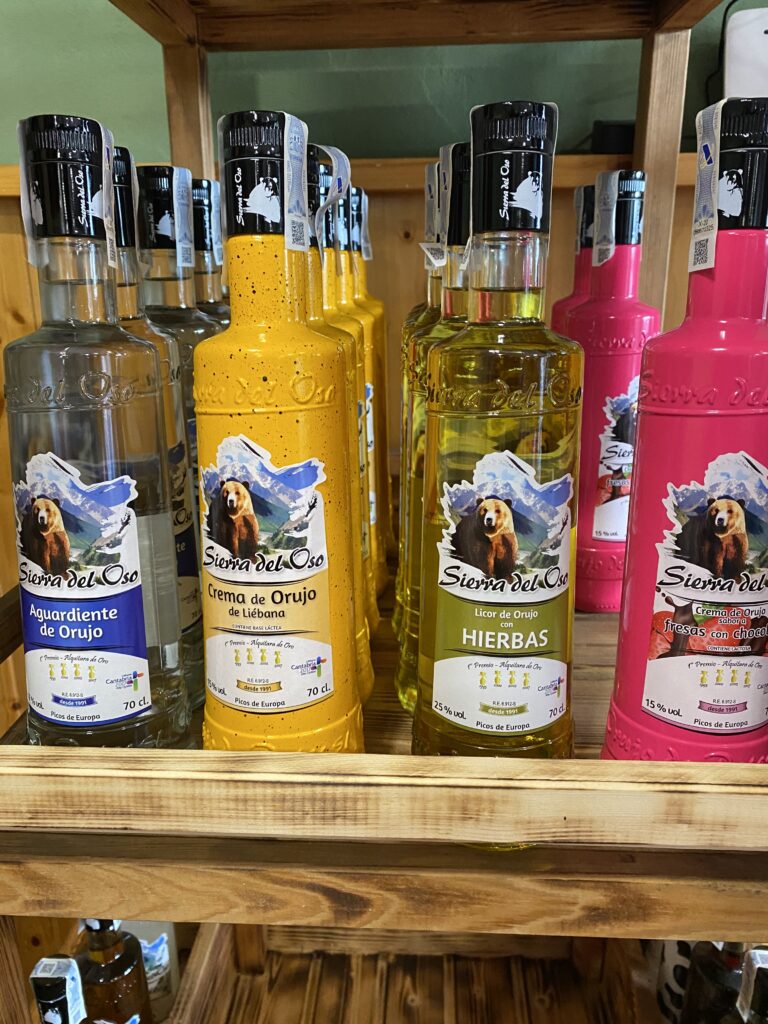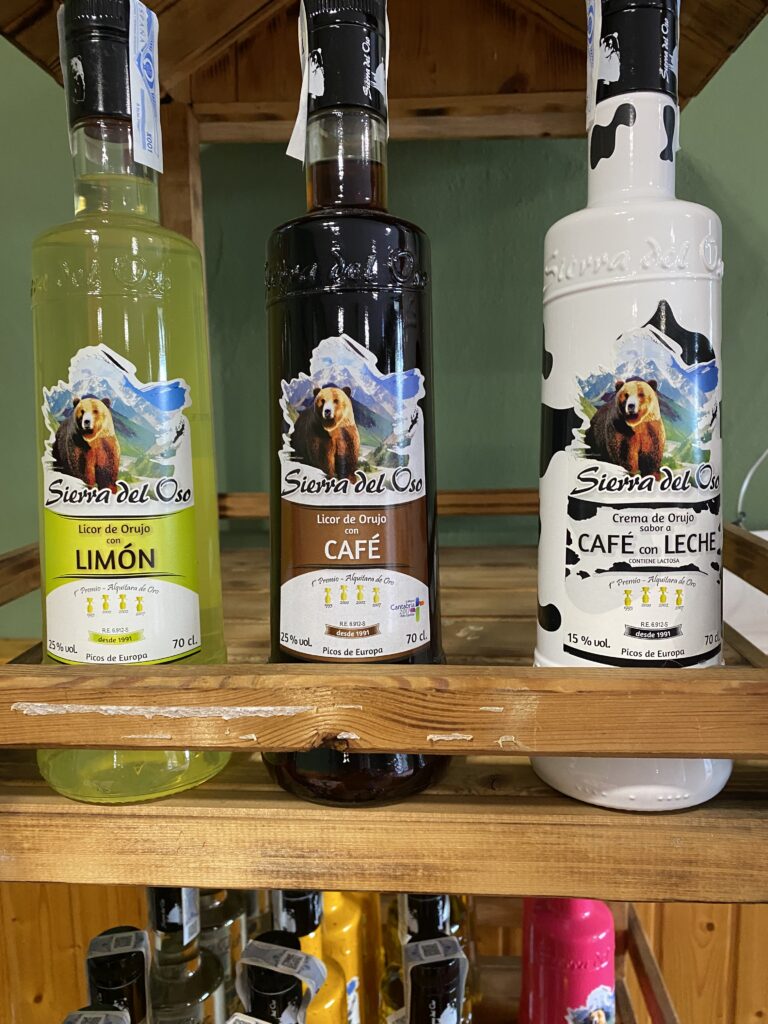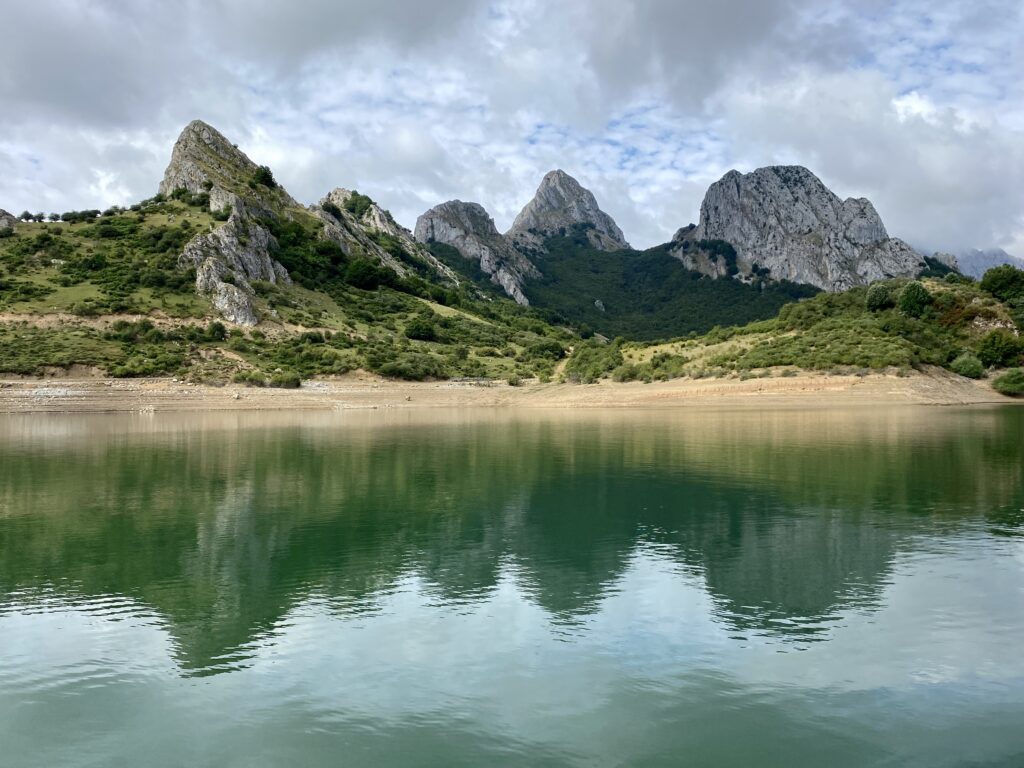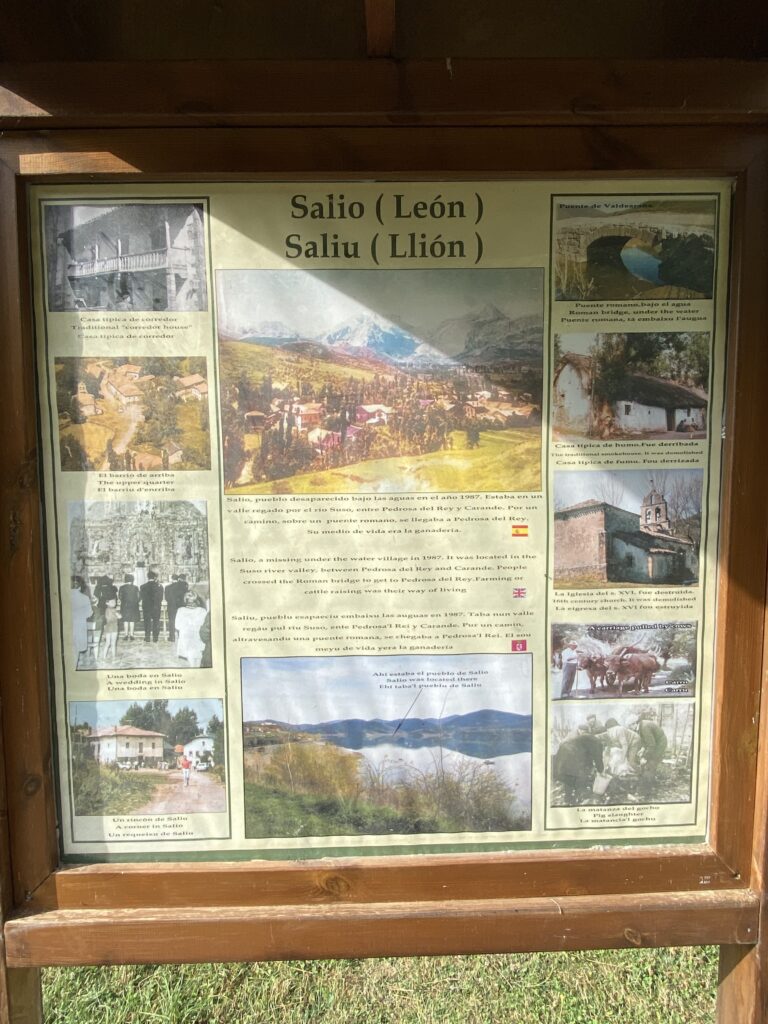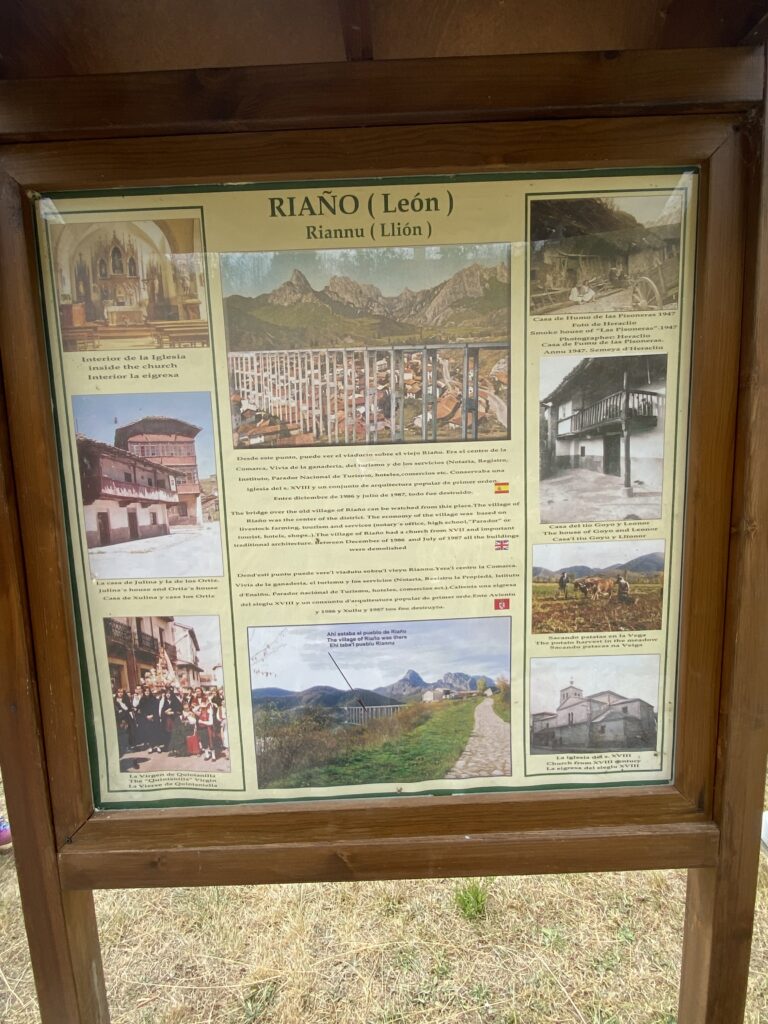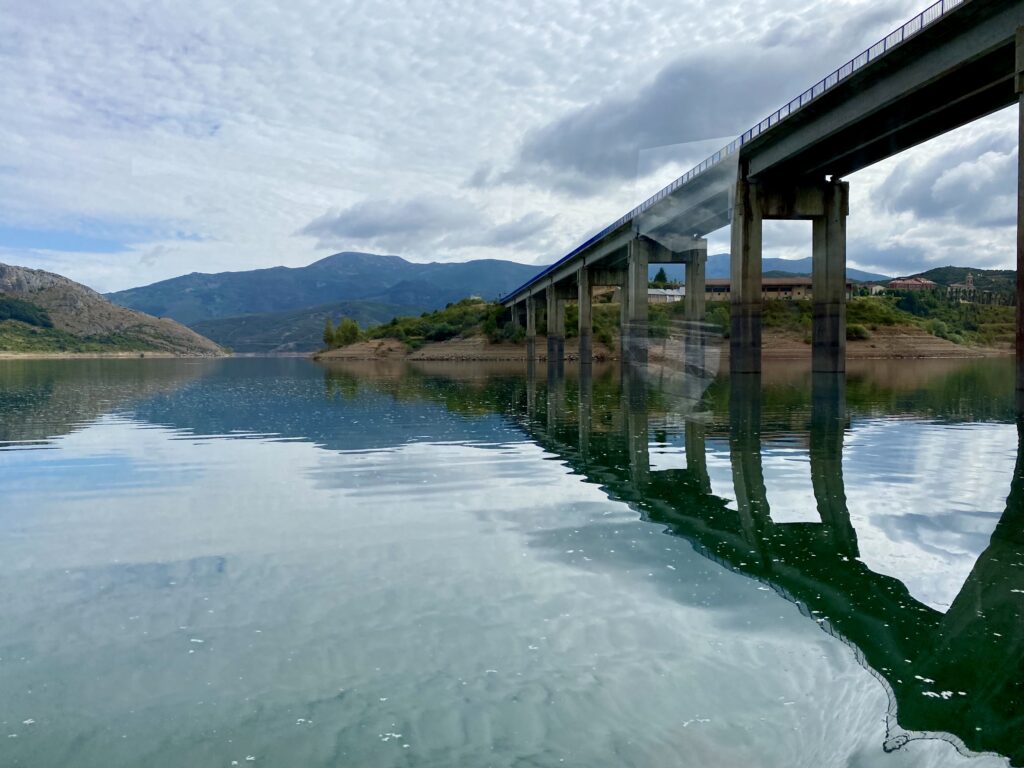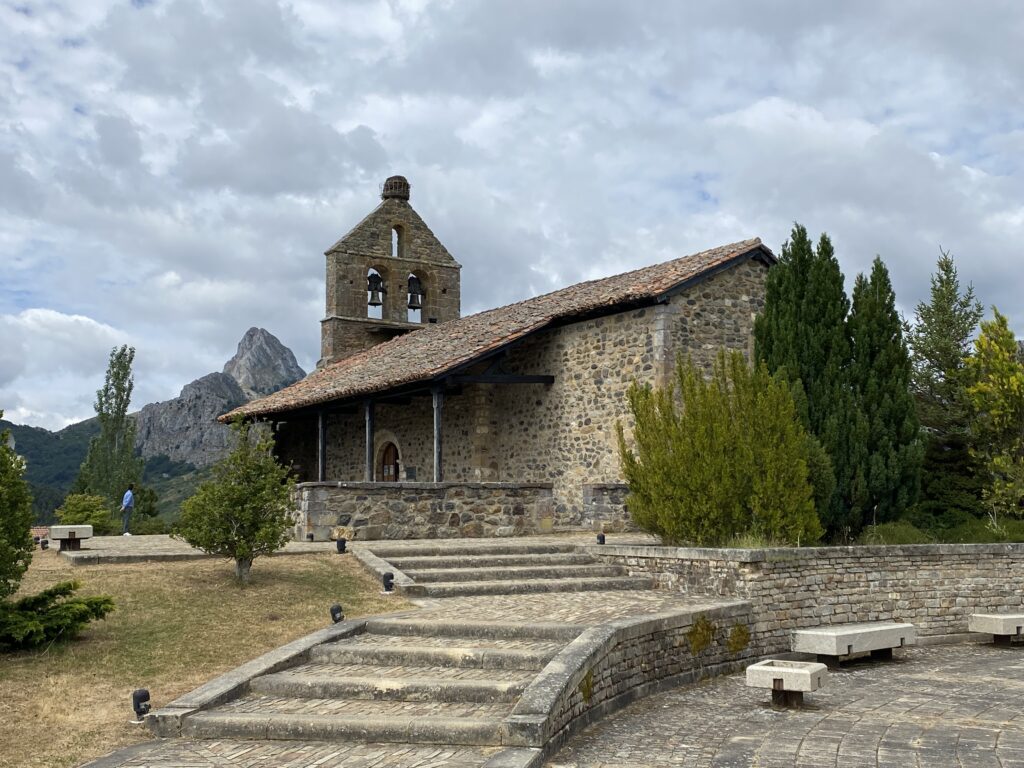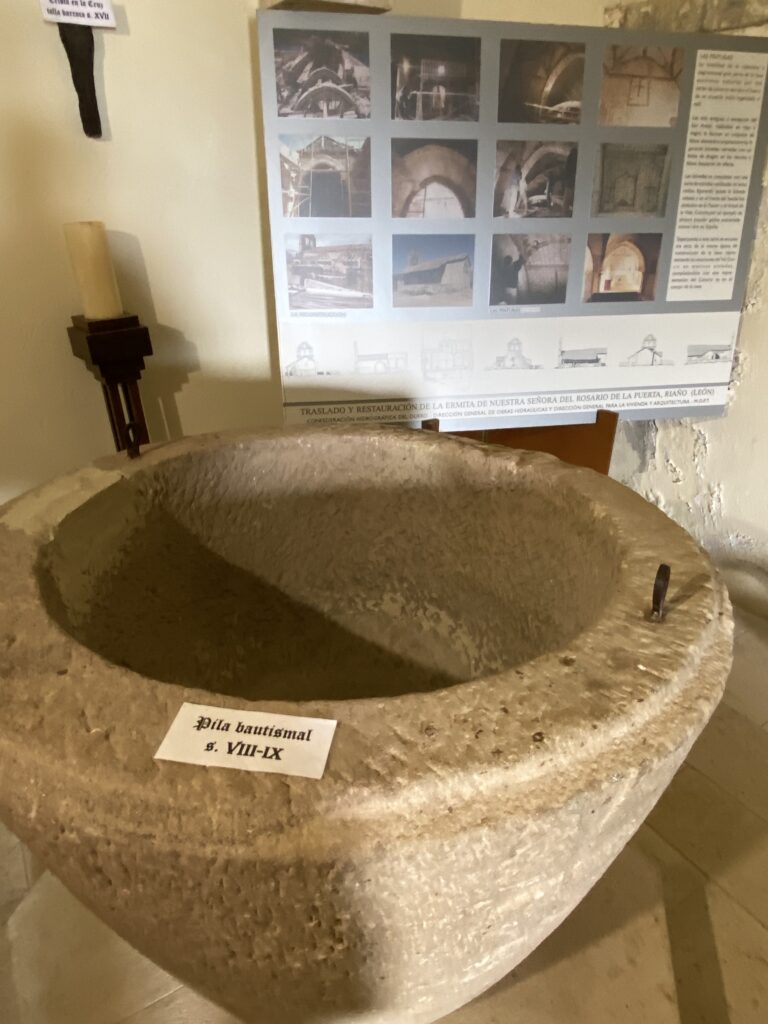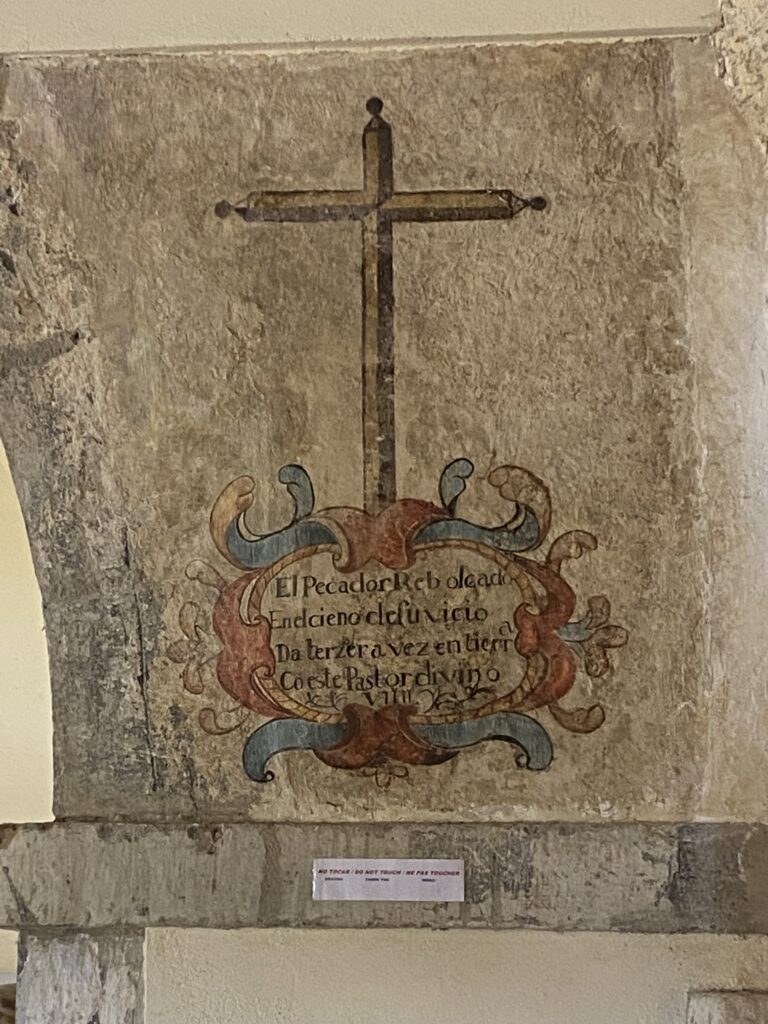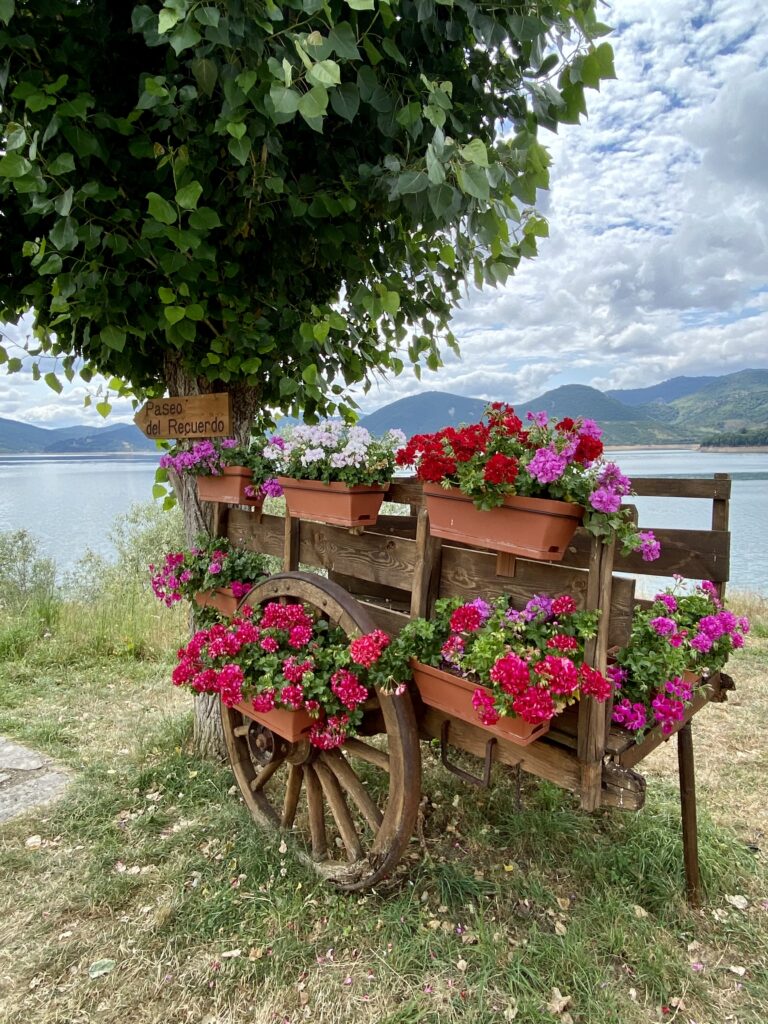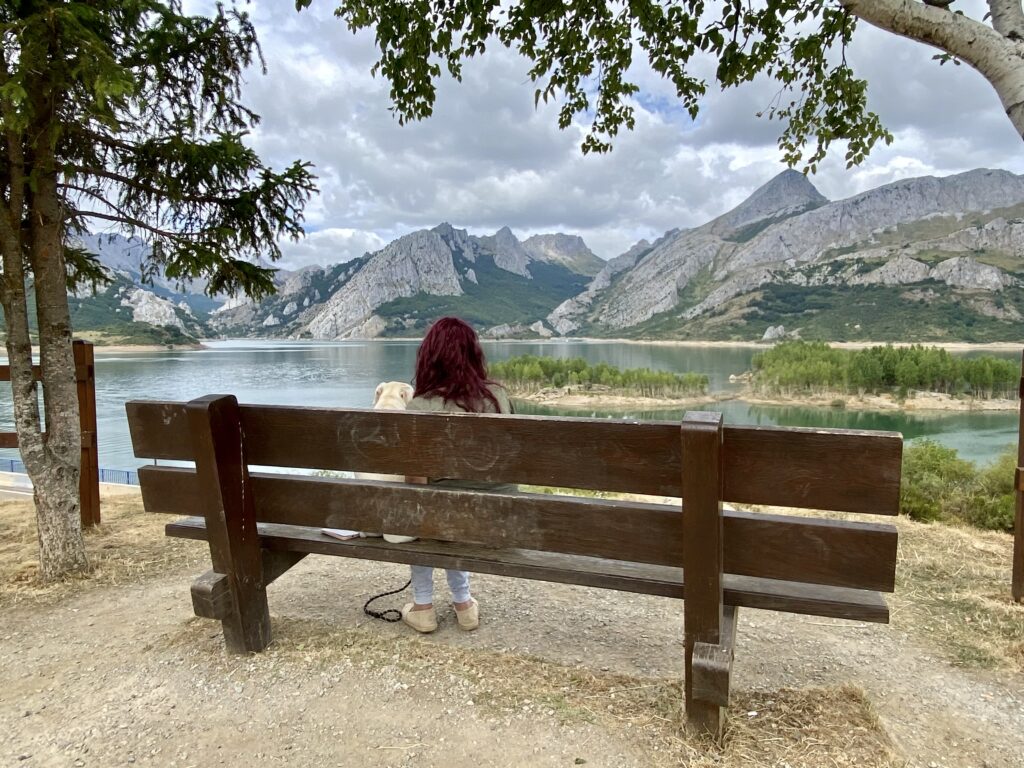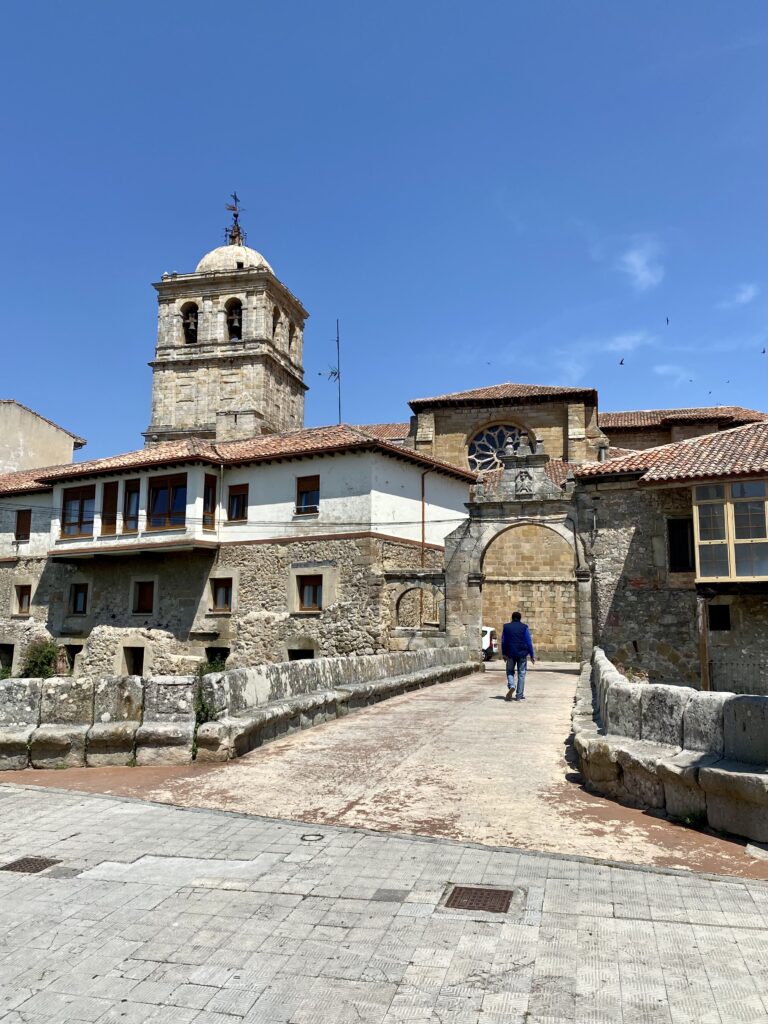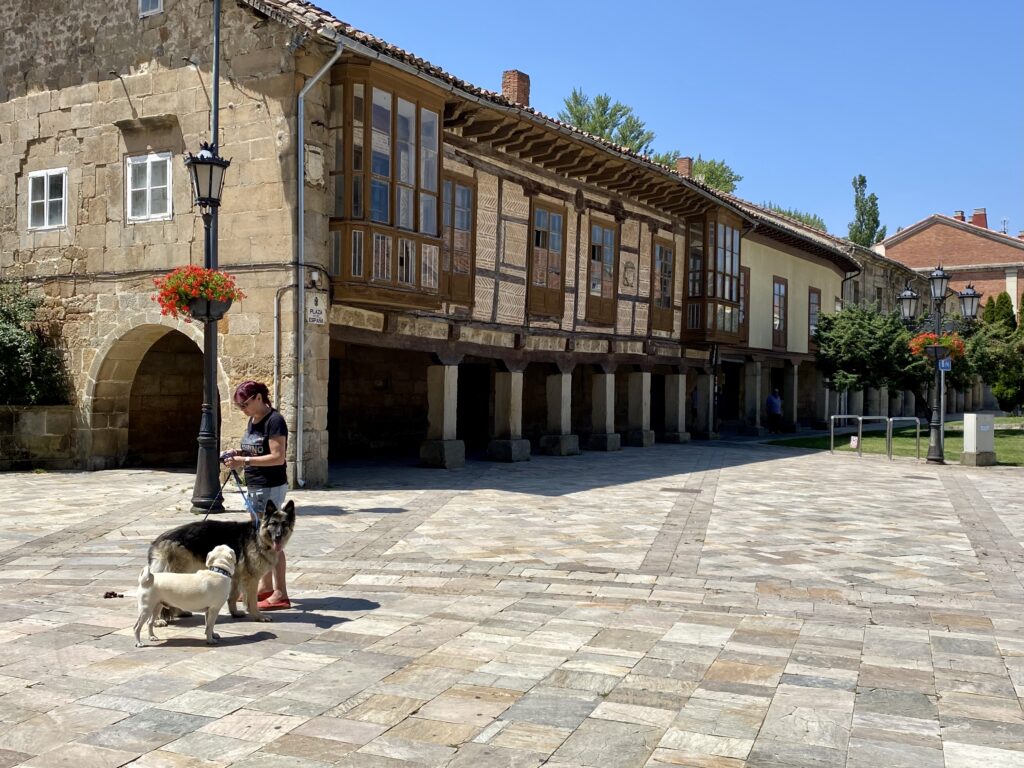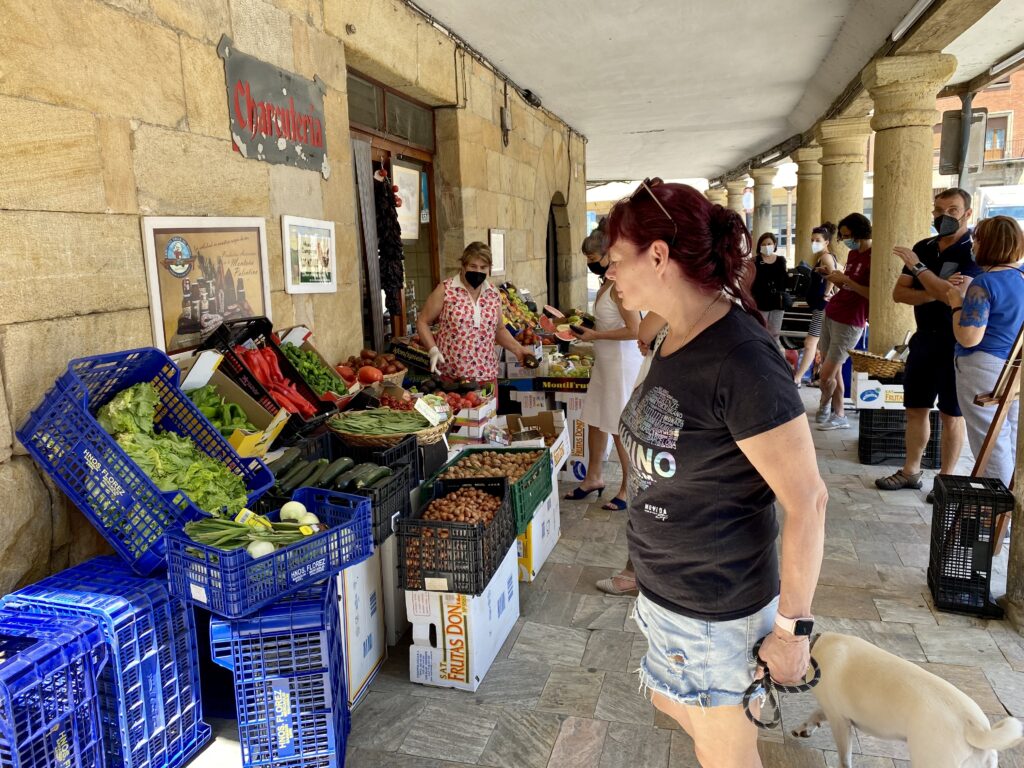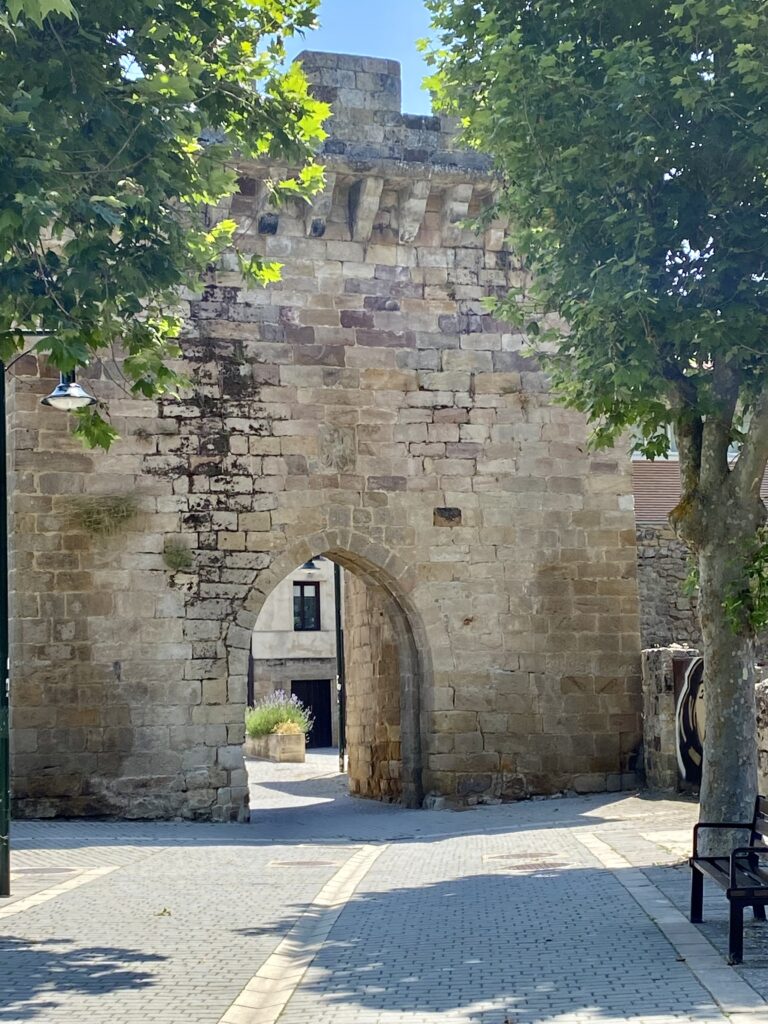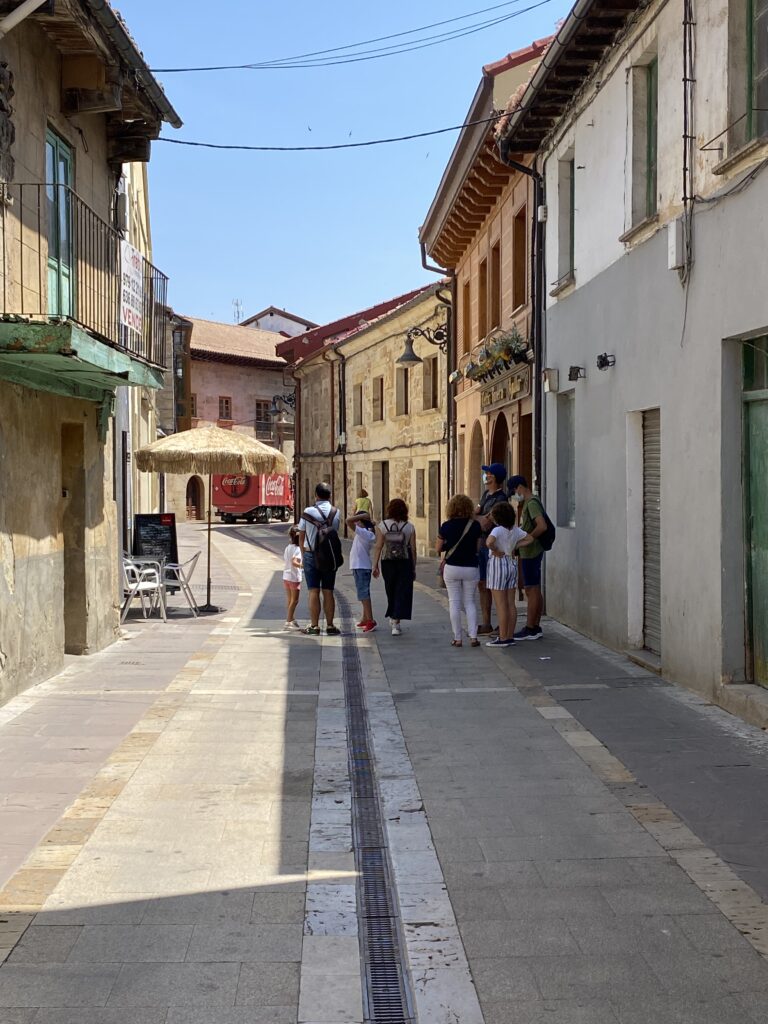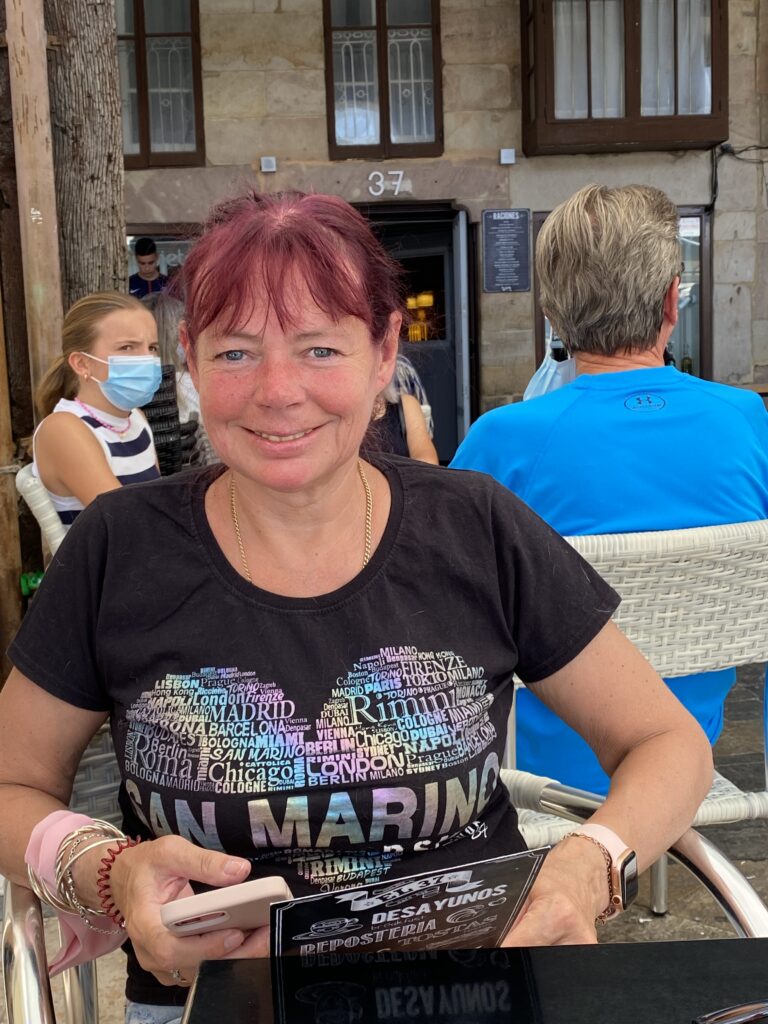We were committed to spending a couple of days in Puebla de Sanabria (after which we would go on to Braganza in Portugal) but, when we saw that a three day local festival of the “Virgen de las Victorias” was about to take place (and that it comprised parades, feasts, fireworks, dancing, giants and bigheads), we decided to stay on a full seven days. Braganza will be there next year and the longer stay would give us the opportunity to properly enjoy Puebla de Sanabria and it’s fiesta (to use the local term) and the surrounding area (particularly the Lago de Sanabria, Ribadelago and the small town of Puerte de Sanabria).
Most of what we saw of the fiesta lends itself more to video than photographs and, while I will one day get around to producing a video, I’ll only include photos in this (early) blog. The video can follow.
The Fiesta wasn’t officially scheduled to commence until the Wednesday but we had enjoyed music up on the Plaza Mayor the previous two evenings and we were there again for the Tuesday night just in case something happened – it did. A string ensemble, a quintet, started warming up on the square in front of the Church of Our Lady of Azogue where the evening Mass was coming to an end…
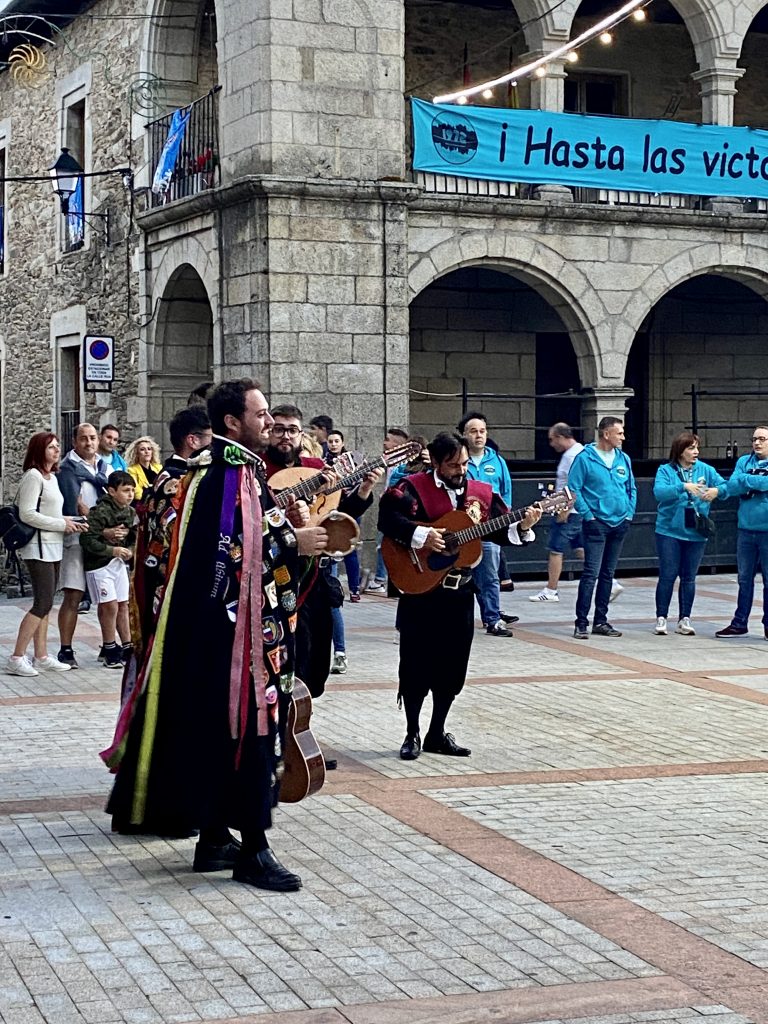
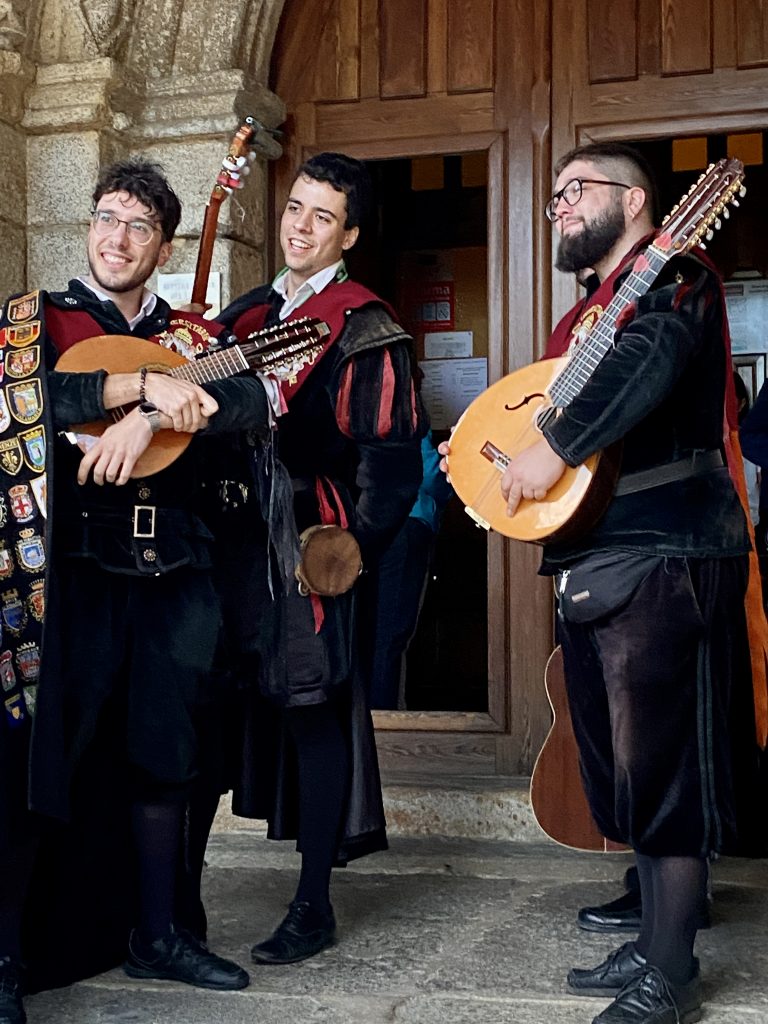
… Upon a signal from inside the church, the ensemble ceased warming up and proceeded into the church. Along with others who had been waiting on the square, I followed them and watched and listened as they made their way to the front and serenaded the Virgen de las Victorias at the front of the church.
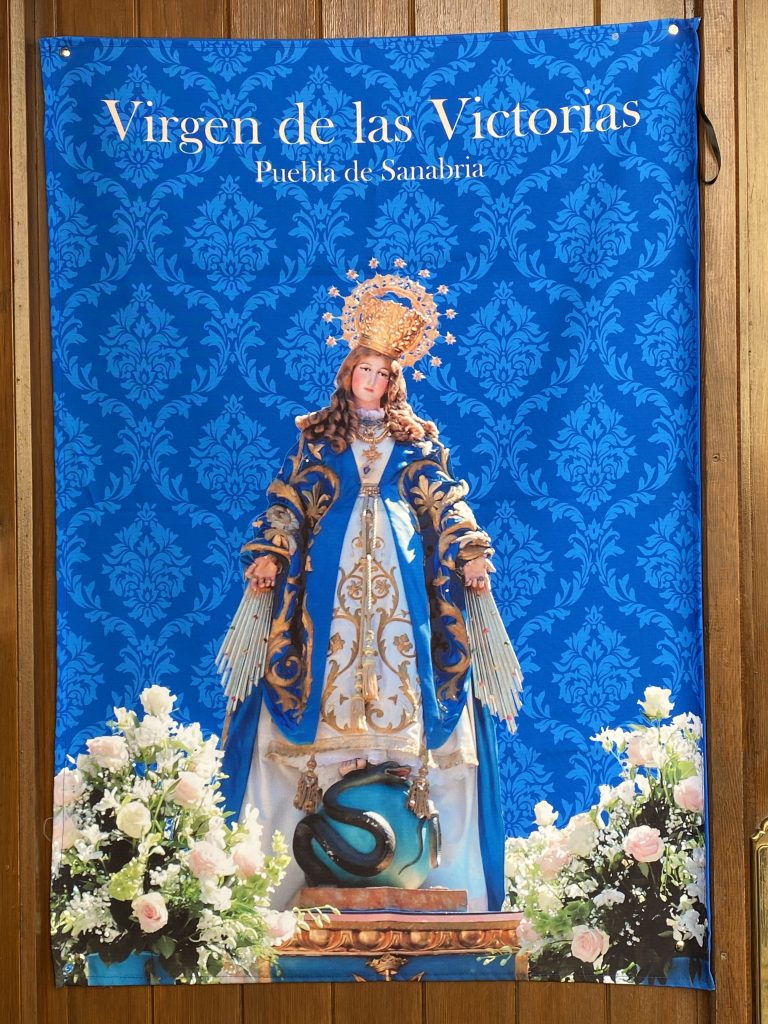
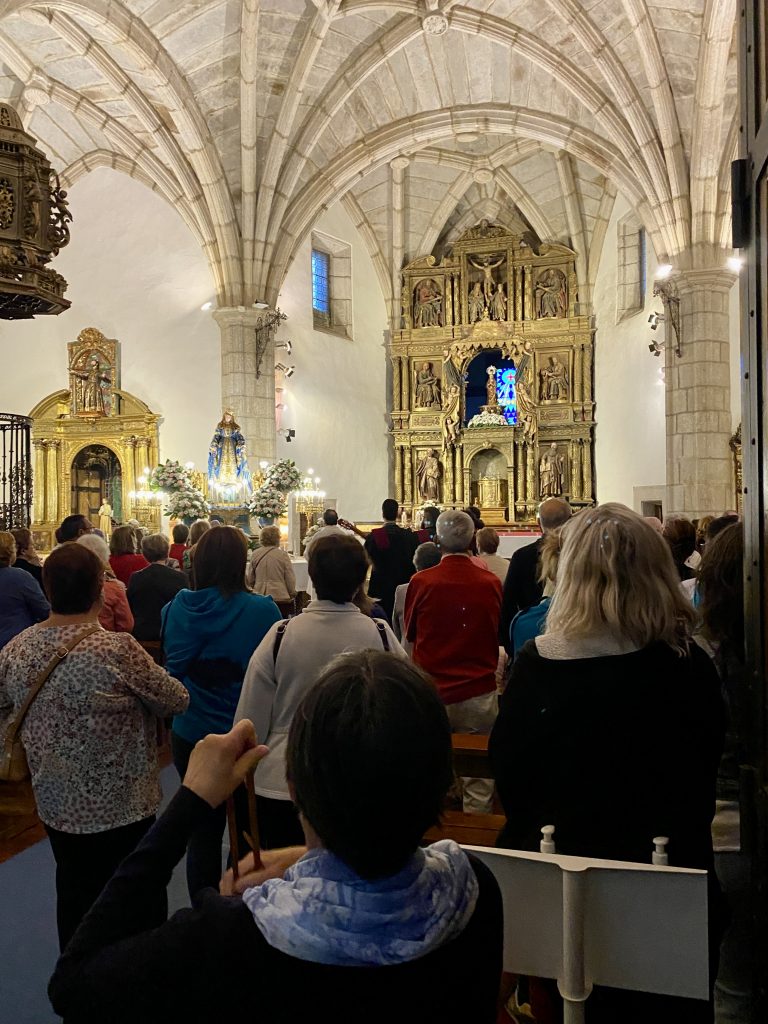
The priest concluded his mass and the ensemble led the congregation back out onto the square where they entertained us for the next 90 minutes or so with what I can only describe as “regional” musical. I confess, the only songs I recognised were “Viva La Espana” and “Guantanamera” but everyone else seemed to know them because a fair portion of the crowd joined in with the singing and some were dancing. The evening continued with a disco and a rock band sharing the temporary stage which had been set up to one side of the Plaza until about 4am but we were back in bed long before then.
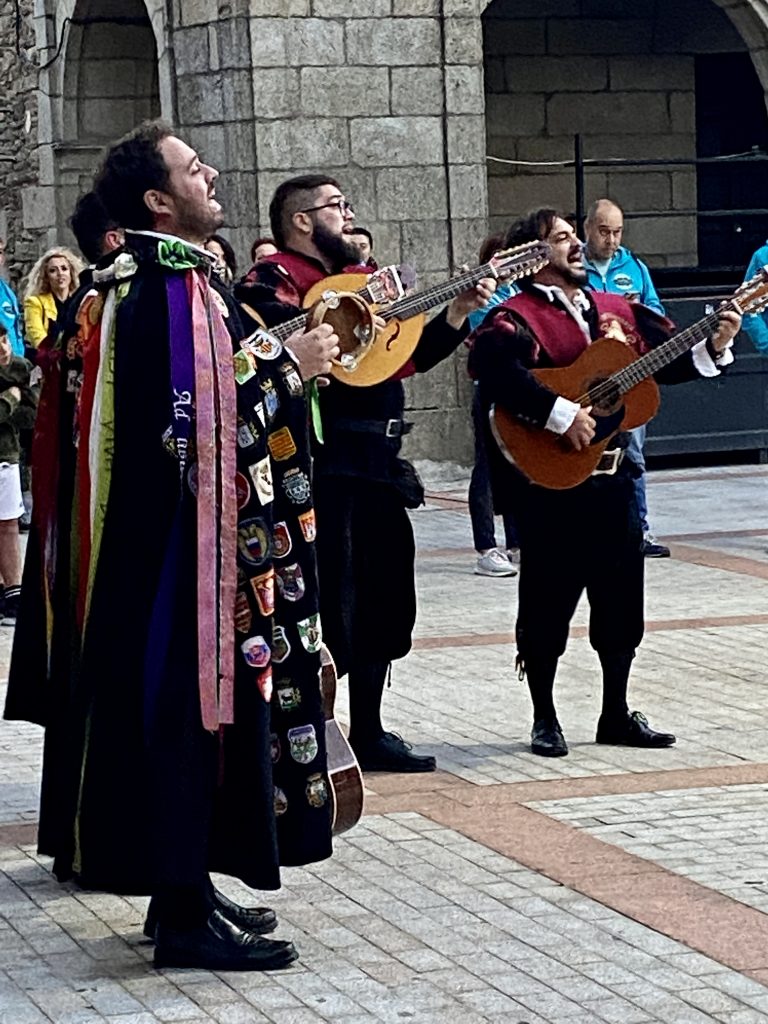


The next evening we found just a handful of people up at the Plaza Mayor. They were listening to some kind of stage production, a pantomime of sorts (judging by the audience reaction) which neither Vanya nor I could follow very well but; it didn’t last long and after a couple of drinks at one of the two temporary bars which had been set up on the square we made our way back down through the old part of the village. The streets were totally empty. The lull before the storm?
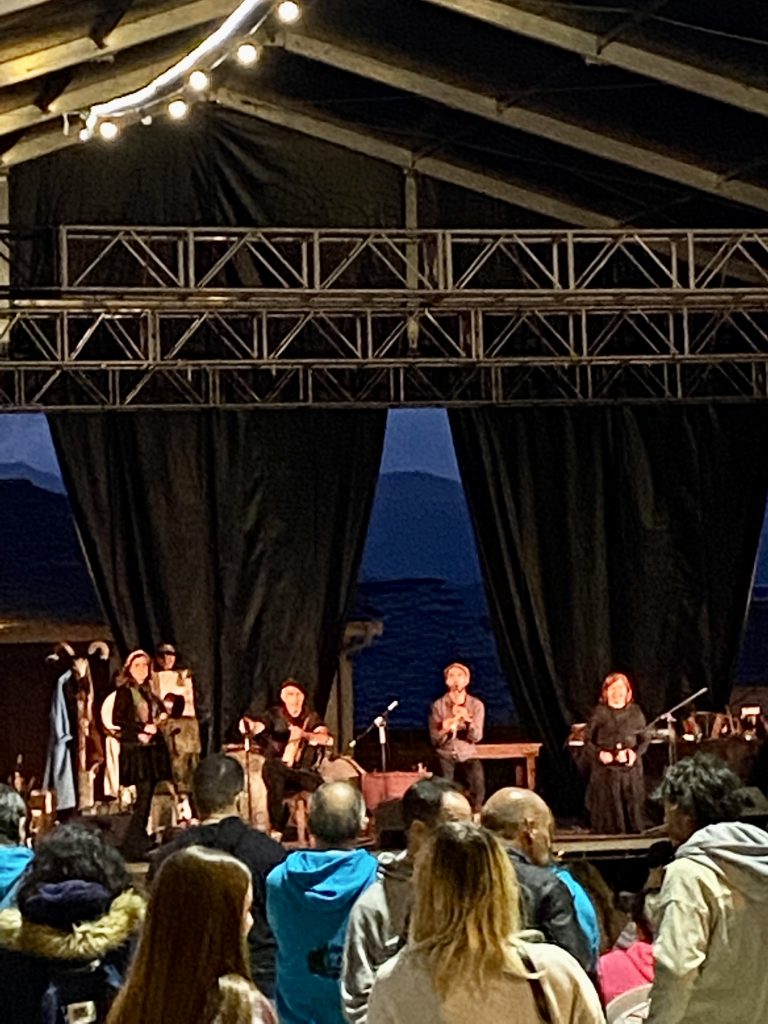
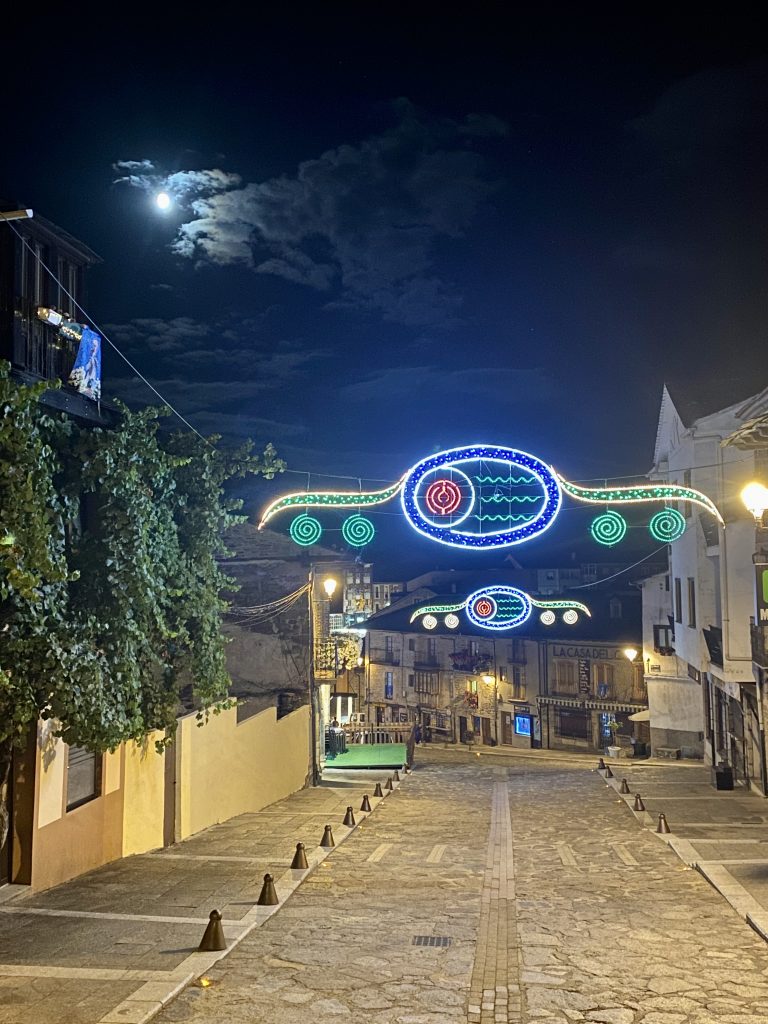
Suddenly, at about 11.15pm, just as we were thinking of making our way back to the Van; it all started to happen. People started congregating at the foot of the old ‘town’, some musicians amongst them; wind instruments mostly. A brass band formed and started to play amid the burgeoning crowd. Colourful smoke flares were lit from amongst the crowd and then, almost simultaneously, from somewhere behind the crowd rockets were fired into the night sky. The resulting loud blasts of the fireworks started the band up the hill towards the main square. The crowd followed eagerly.



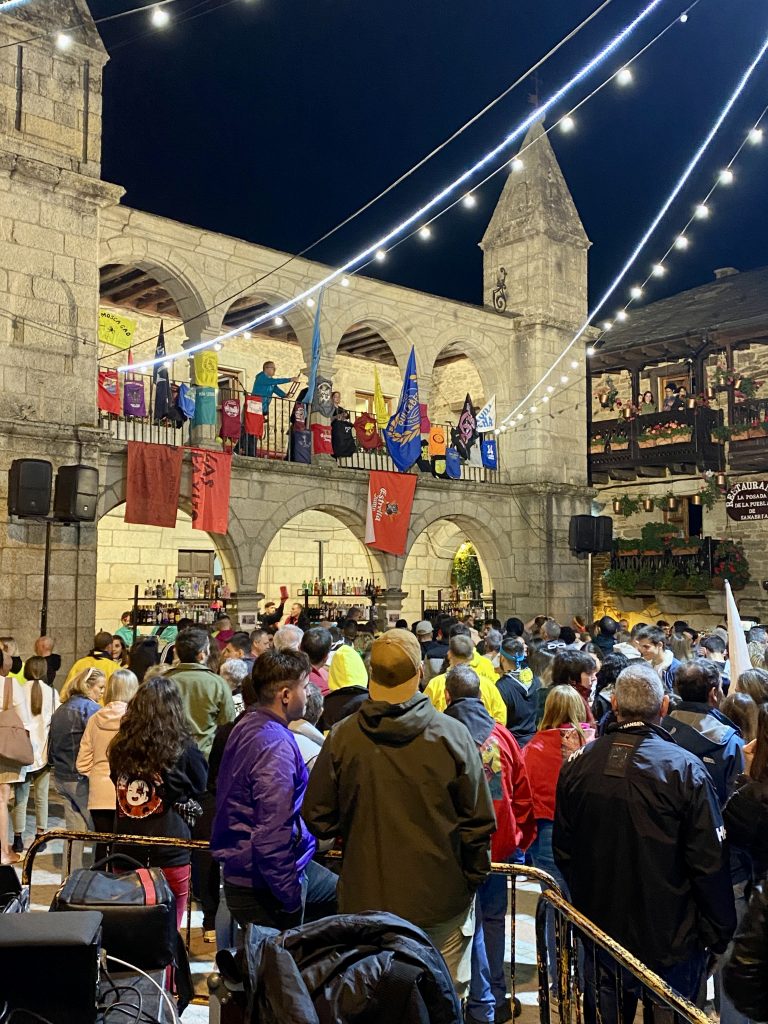
A large crowd had already formed on Plaza Mayor as we arrived; it’s focus directed towards the verandah above the Ayumiento. Speeches were made by various dignitaries and the crowd cheered appreciatively. These were the people bank-rolling what would prove to be a very expensive fiesta and, in hindsight, they deserved all the applause they got. The speeches concluded, the organisers chose a Festival Queen from among a number of hopefuls (with the losers being appointed ‘Ladies In Waiting’ – we would see more of them later in the week) and La Fiesta de la Virgen de las Victorias 2022 was officially declared open. A disco followed which again went on well into the early hours.
At about noon the next day there was a parade of Giants. There were 10 of them and they came down from the Calle Rua to what I consider is the physical centre of the town (i.e. where Calle Braganza meets Calle De La Pena Letrero, close to where our favourite cafe bars are located). They were escorted by 33 Big Heads. Anyone interested in learning more about Giants and the Big Heads should head for the village’s Museum of Giants and Big Heads on Calle de San Bernardo.
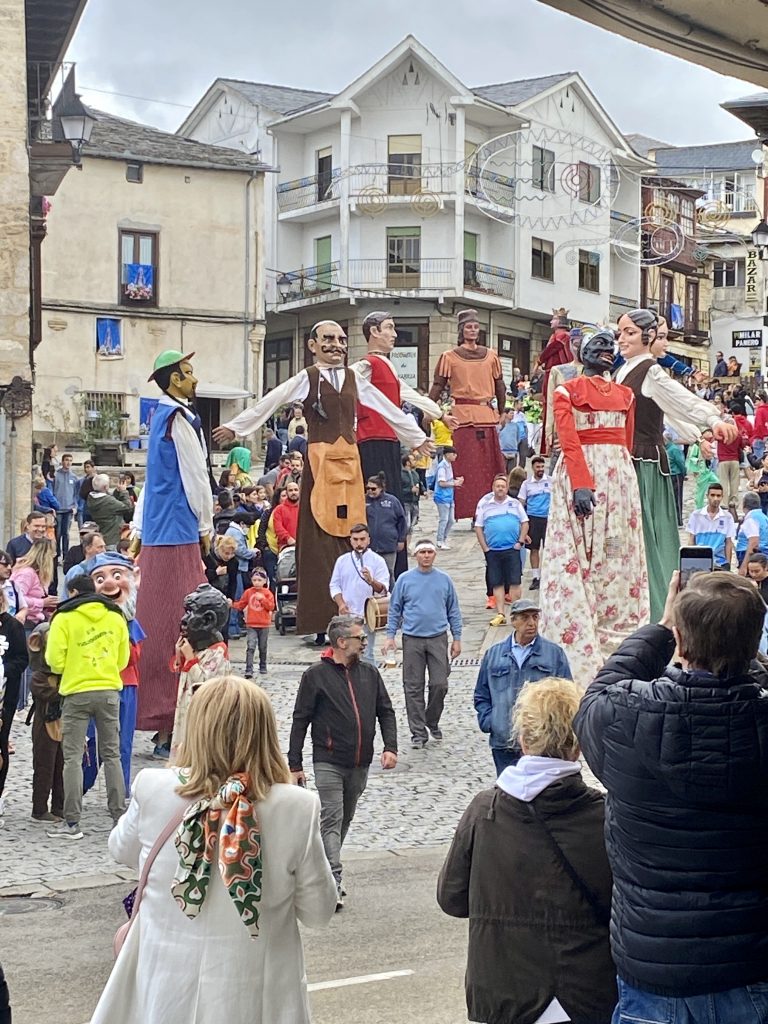
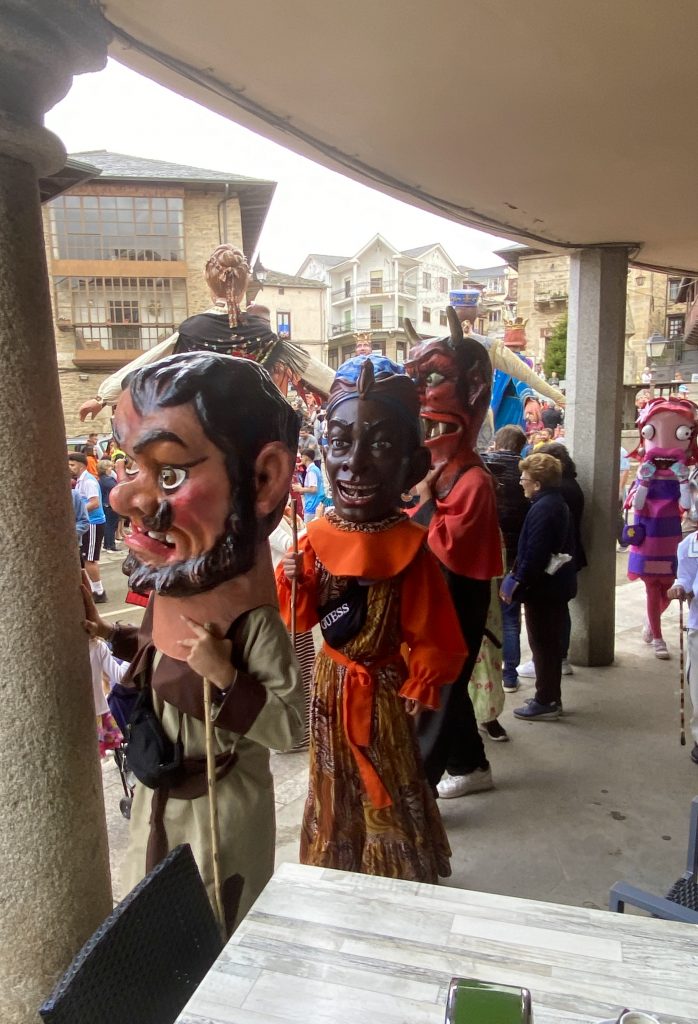
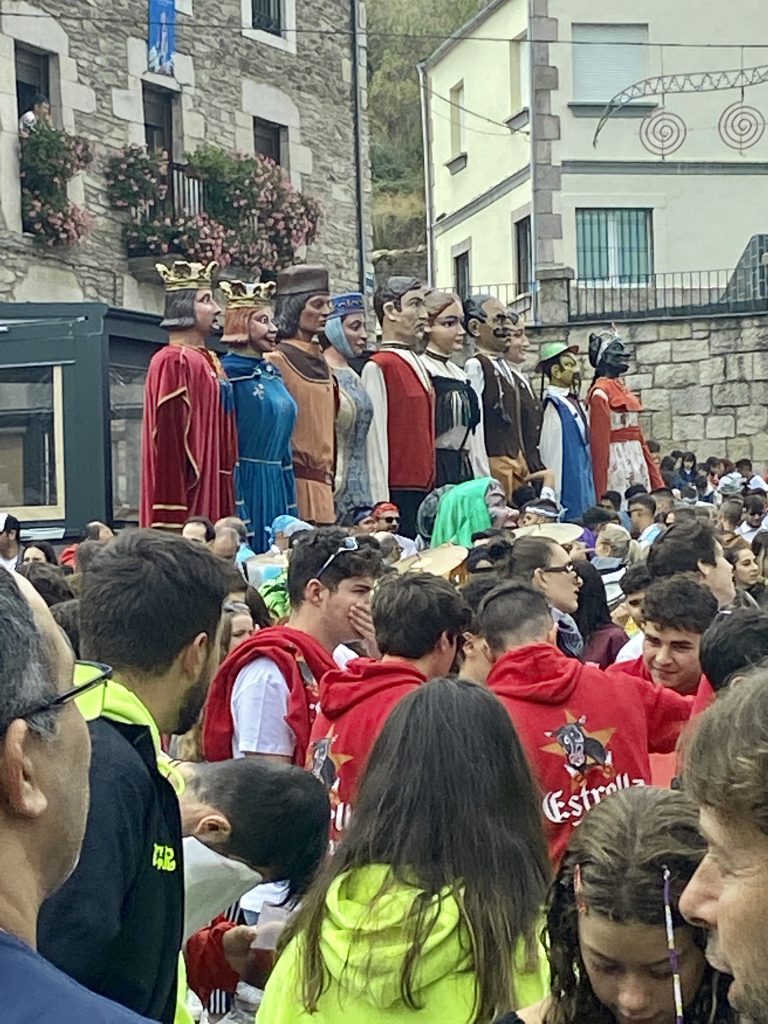

I don’t understand the significance of the Giants and the Big Heads to the Fiesta de la Virgen de las Victorias but I did notice that two of the Giants were standing in the church the previous evening while La Virgen was being serenaded.
No matter, the Giants danced their way down Calle Rua to the centre of the town attended by the Big Heads and to the musical accompaniment of a Hawaiian Brass Band. I kid you not! Puebla de Sanabria sits at almost 1,000 metres above sea level and, when the sun is not shining at that height, you can feel the cold but; there was this Brass Band with all the musicians dressed in short sleeved Hawaiian shirts. Okay so one or two of them were wearing thermals under their shirts.
The Giants, Big Heads and Hawaiian Brass Band regrouped in the ‘centre of the town’ outside the Cafe Bar Espana and then made their way down the Calle De La Pena Latrero and across the bridge to the newer part of the village. There, down by the Rio Tera, they joined an afternoon disco and picnic (with food provided by the town) and, again, the music went on well into the night.

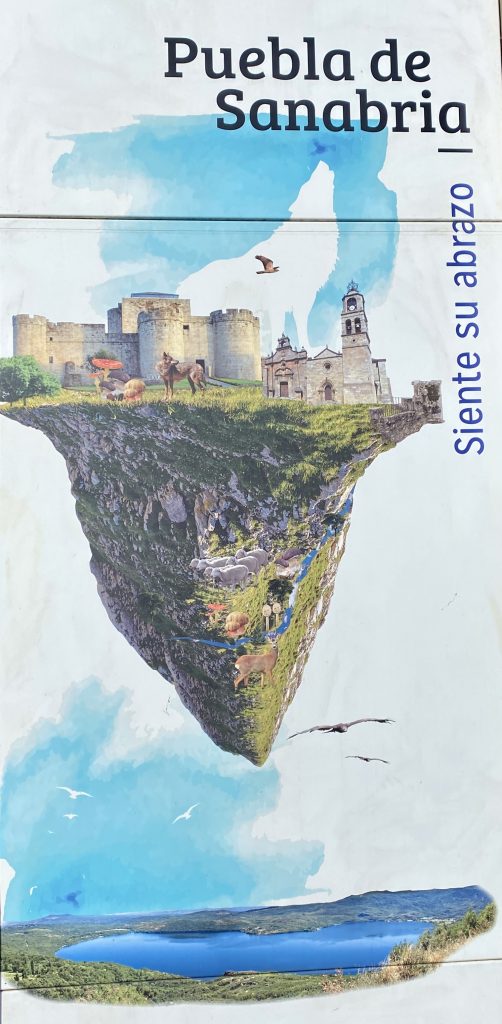
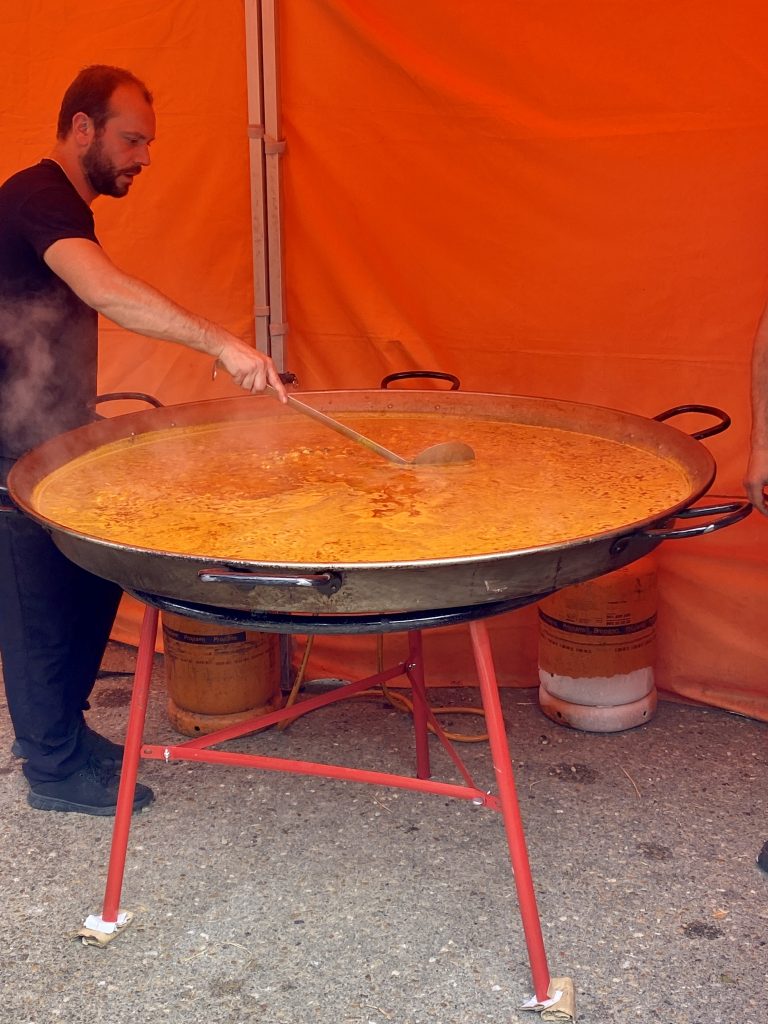
The second full day of the Fiesta started with La Virgen being conveyed through the old town on a litter. Women of the town carried her down Calle Rua from the church and, later, men returned her to the church.
This particular procession was preceded by pomp and circumstance with village dignitaries leading the way accompanied by the dancing giants and the bigheads. Then came the Virgen on her litter and she was followed by the Festival Queen and her Ladies in Waiting. The music was provided by another Brass Band, this one populated almost entirely by children. Half the town brought up the rear of the procession, many wearing traditional dress and all looking very smart. The other half of the town was watching on, clapping and cheering and shouting encouragement to their friends in the procession. The fiesta was well and truly under way and the rising expectation of the crowd was almost palpable.
At this stage of the proceedings we left the village to explore the surrounding area but we too were getting increasingly excited and looking forward to the evening’s firework display and especially the next day’s ‘Running of the Fire Bulls’.
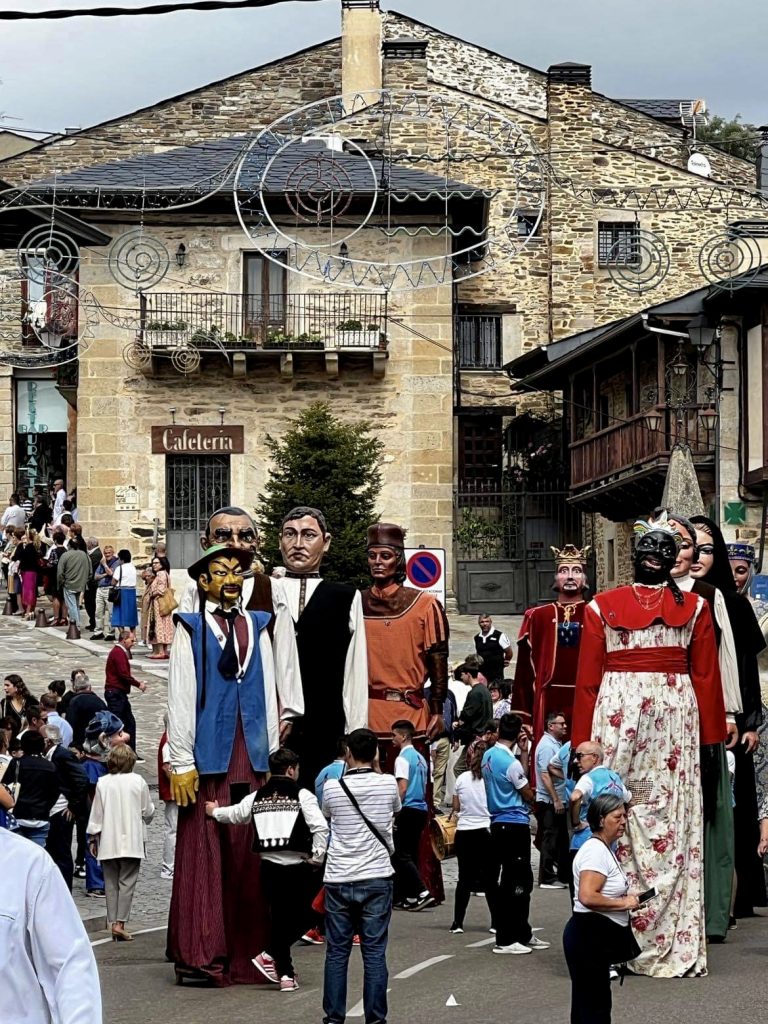
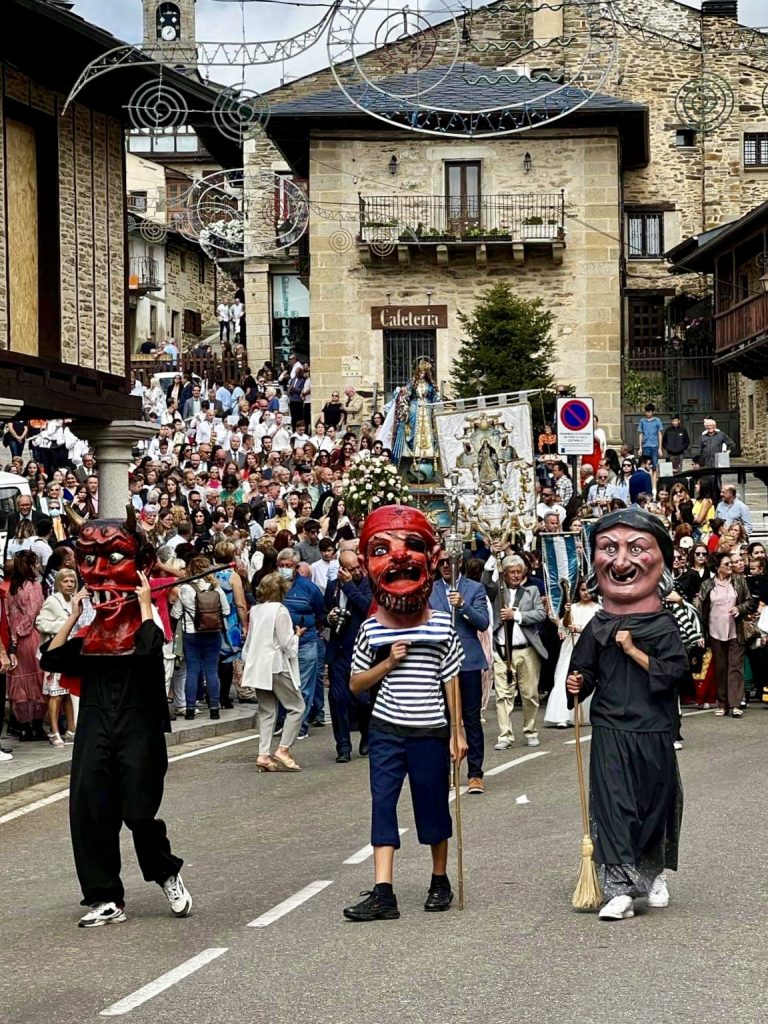
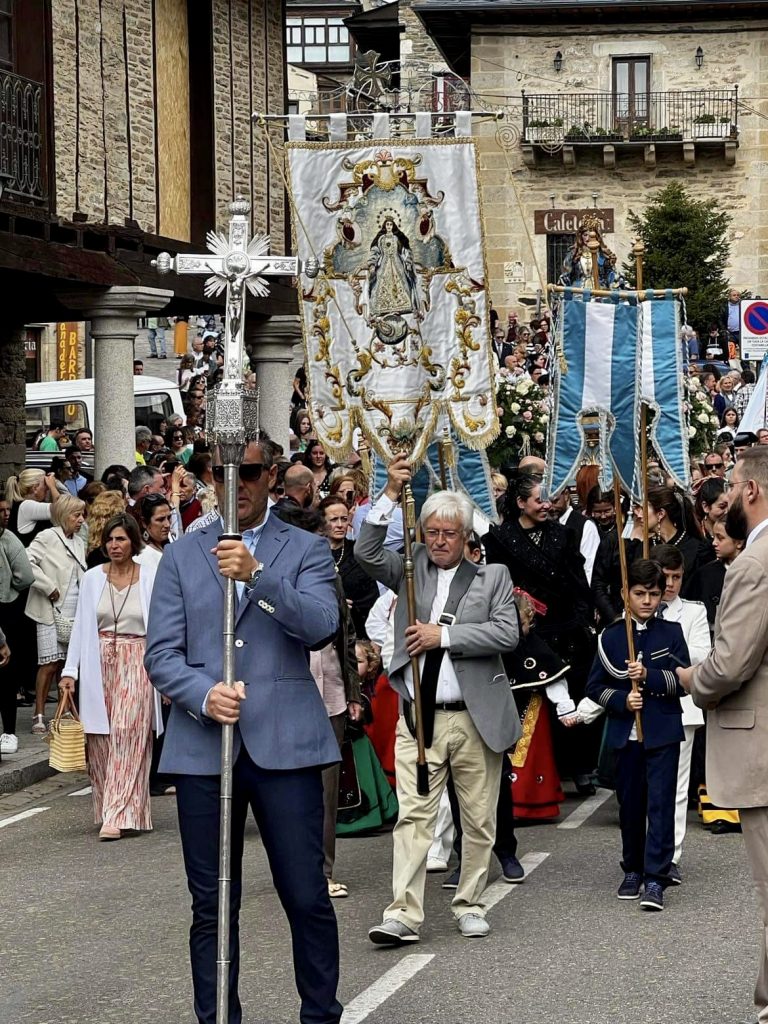
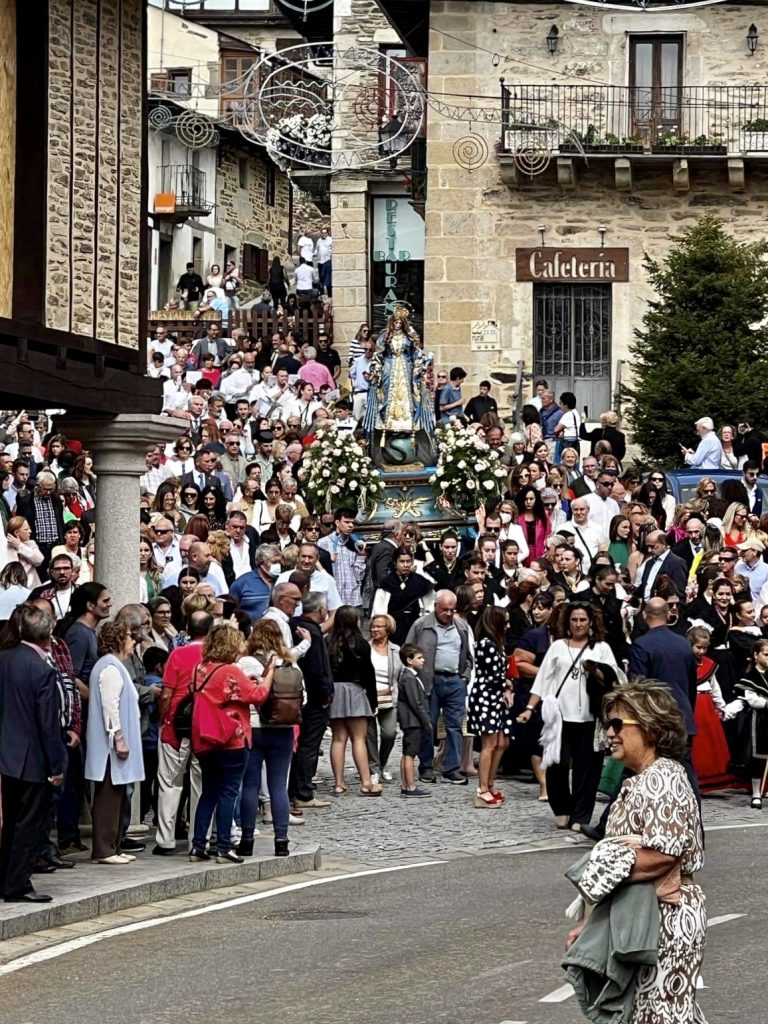
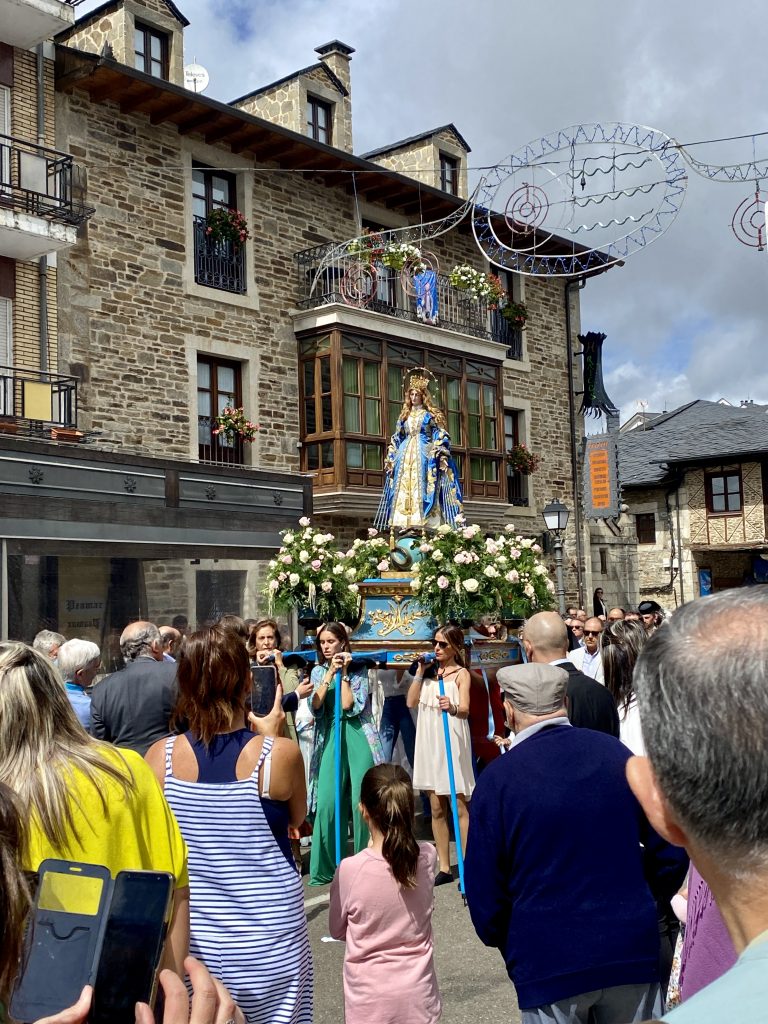
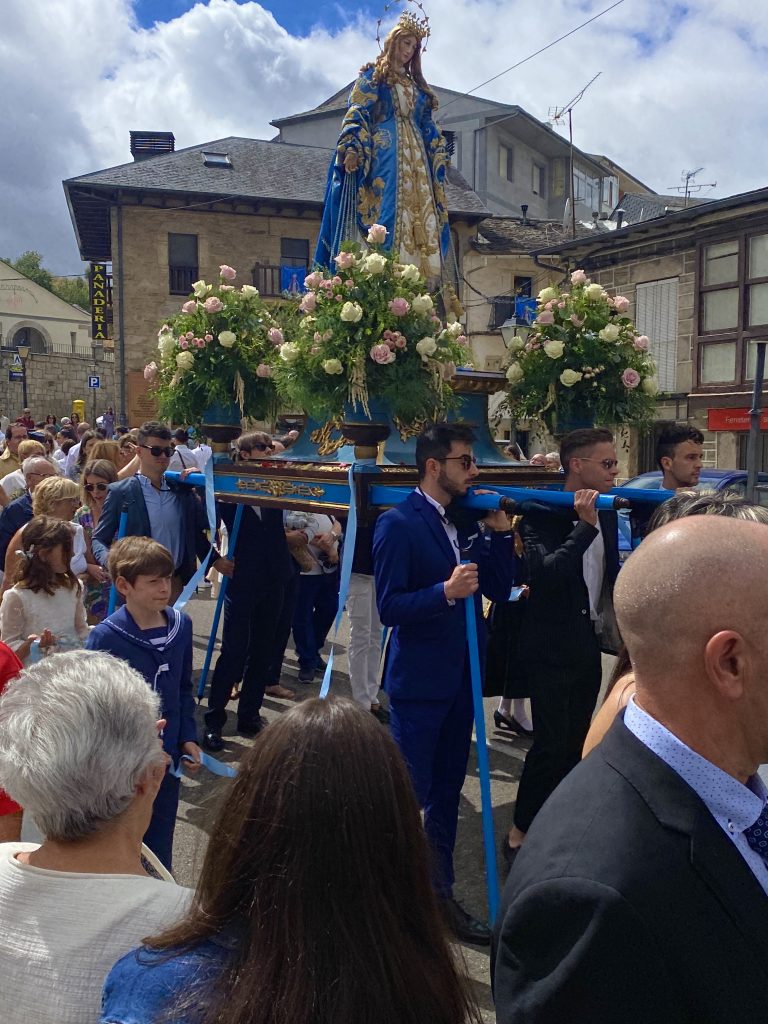
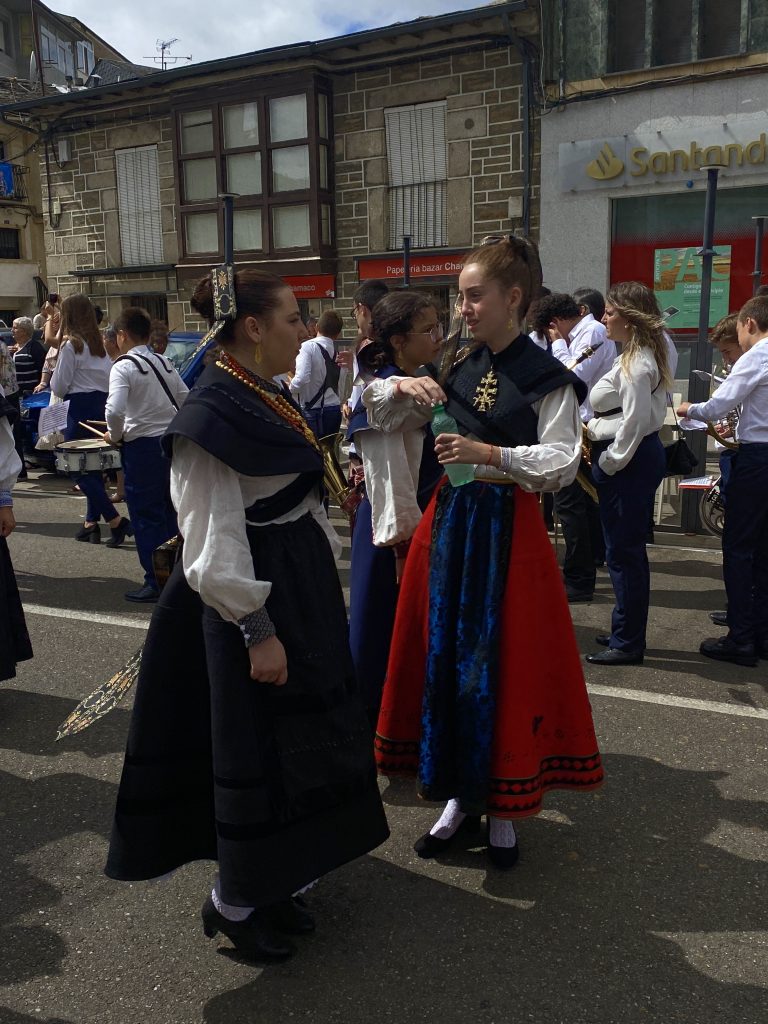
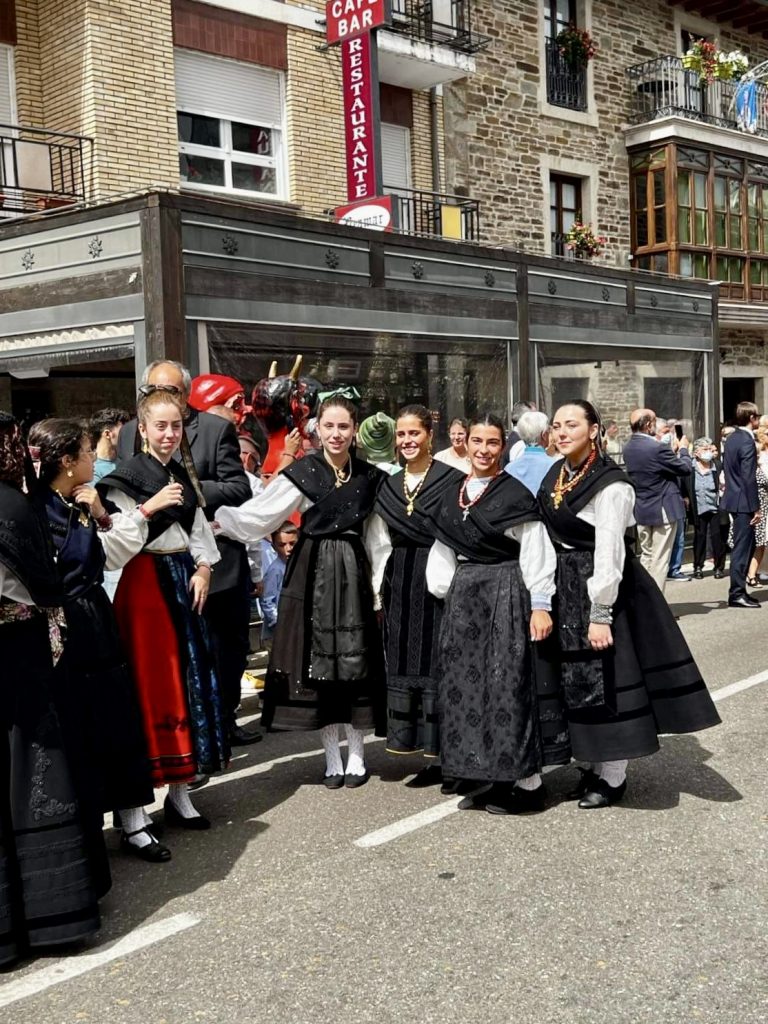
According to the Fiesta programme, much of the afternoon and evening were to be given over to children’s events and Vanya and I again took the opportunity to explore the surrounding area. We were however back in time for a bottle or two of Albarino at one of the two bars on Plaza Mayor before the fireworks display started shortly after midnight.
The fireworks display was to be run from down by the river, close to where the previous day’s disco picnic took place and; we concluded that the best views would be from up at the castle or from the town bridge or from the Camping Quijote site. We chose the latter because it was further away and would not be so noisy – we were thinking of the dogs, neither of which are comfortable with fireworks. In fact, I took the dogs back to the Van and sat with them through most of the display. The video footage of the fireworks is all Vanya’s (and pretty good it is too). The display lasted about 25 minutes and you can tell from the video that it was wholly spectacular.
Our final day of the Fiesta was it’s third day, the Friday (we decided we couldn’t hang around for Saturday’s closing ceremony) and what a day that proved to be. The Running of The Firebulls was 60 minutes of total, wonderful, madness and once again we were in a prime position to witness it. We spent most of the early part of the evening in the centre of the town at the Taberna Las Animas and it became obvious to us that most of the action would take place in that vicinity and; so it did. I’ll let the video do the talking…
(Video of the Firework Display and The Running Of The Firebulls will follow)
We had been warned by some locals that this particular event would be too much for the dogs and this warning was echoed by video footage on Youtube of the 2020 running of the bulls. Vanya took the dogs back to the Van just as it started, leaving me to video the event. I’ll not say anymore except that it far surpassed anything I expected. It was fantastic and I’m certain my video footage does not do it justice.
A rock band and disco picked up where the Running of The Firebulls left off (back up on Plaza Mayor) and it was still going when I arose at 6am to walk Nala.

